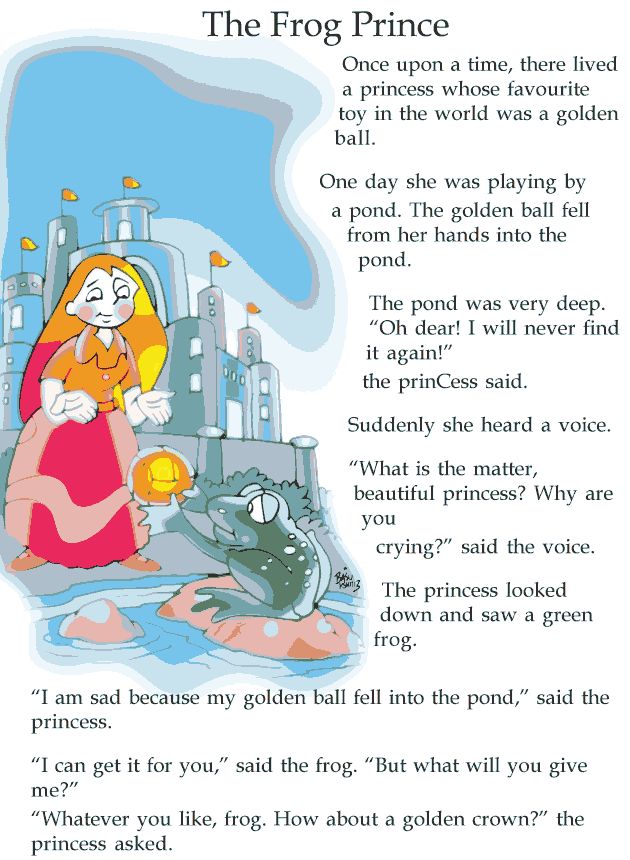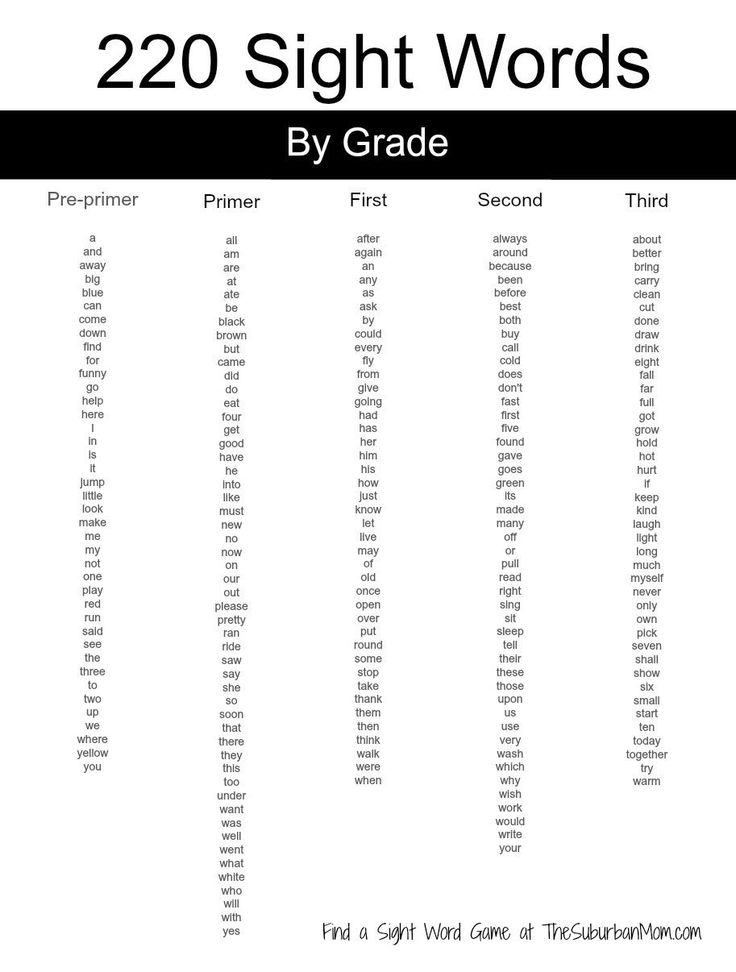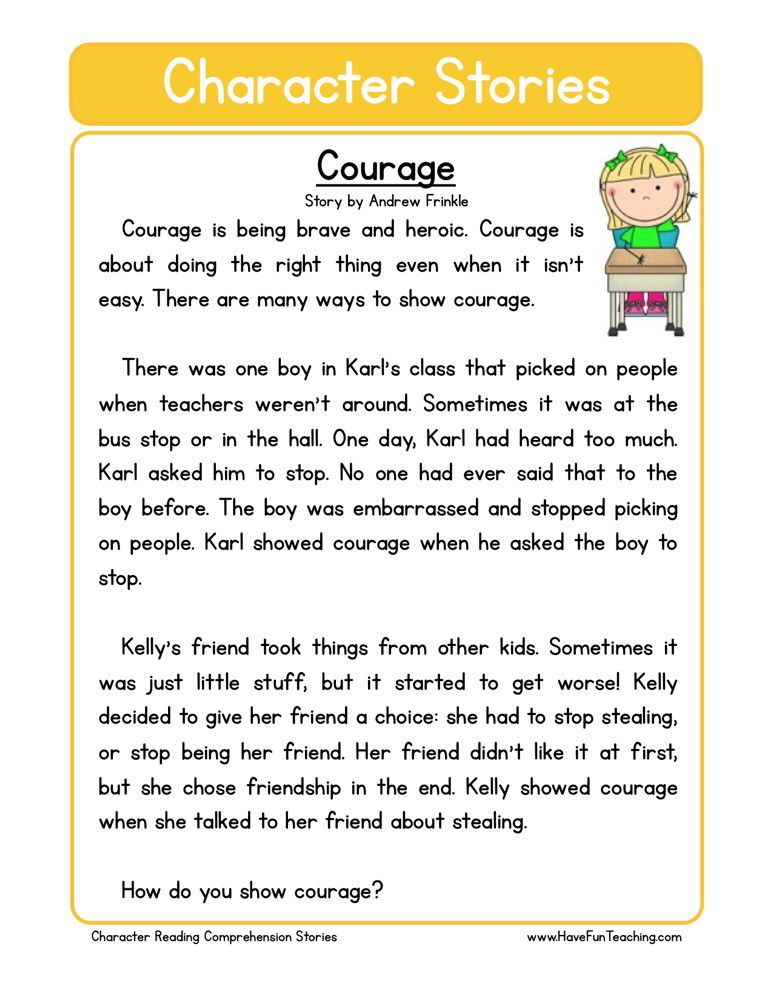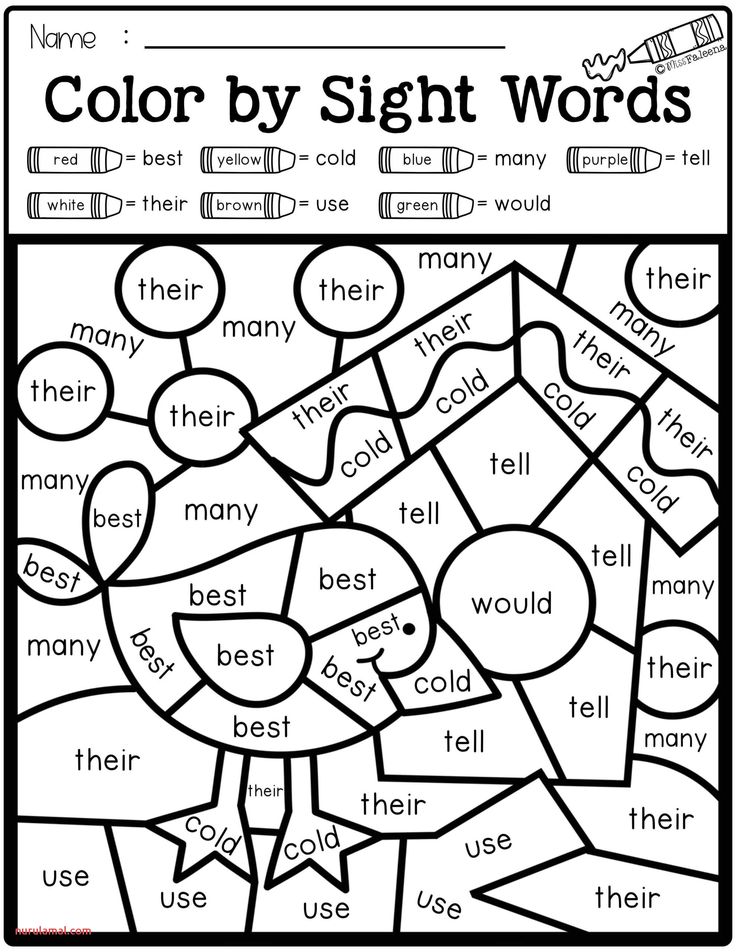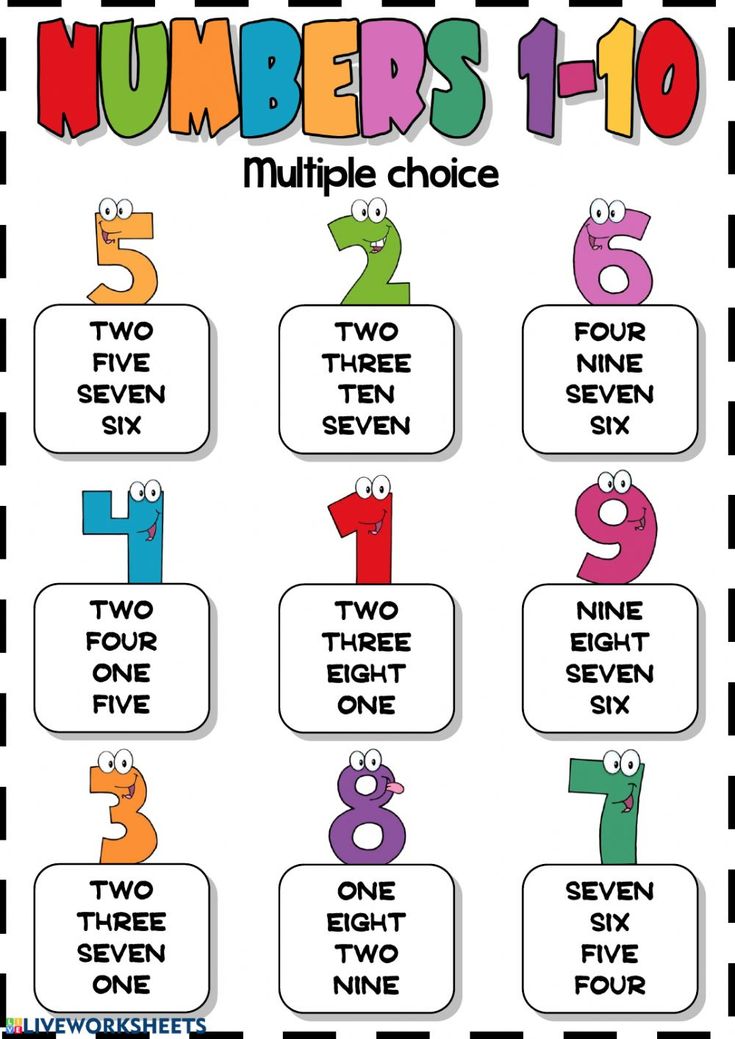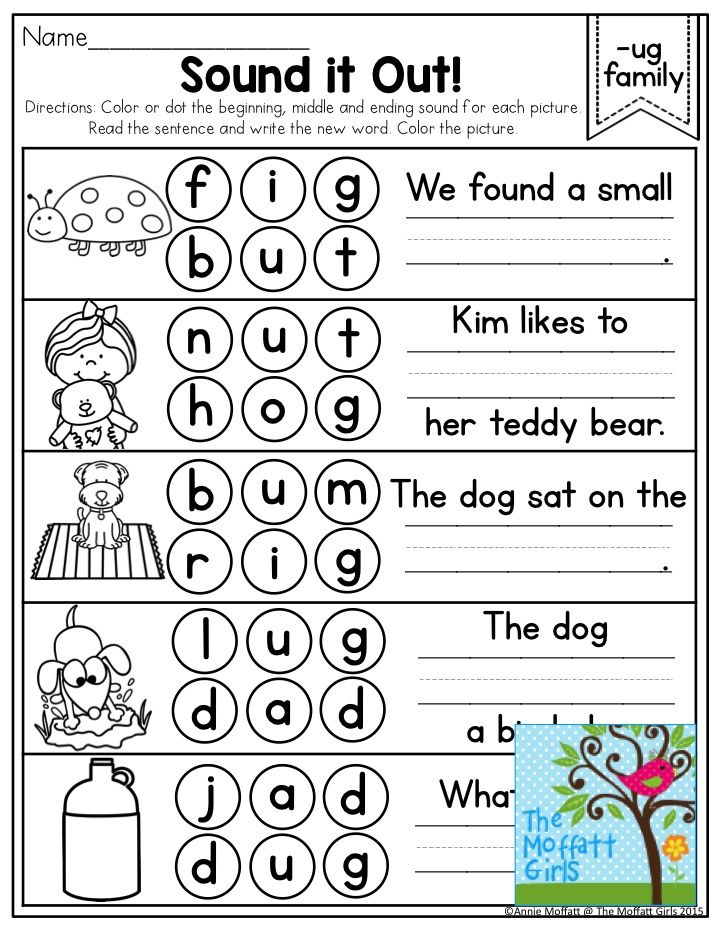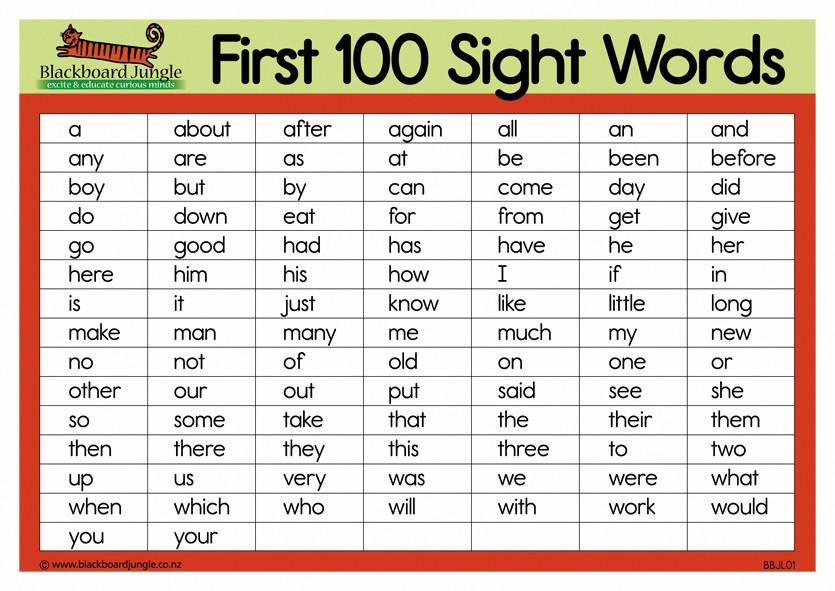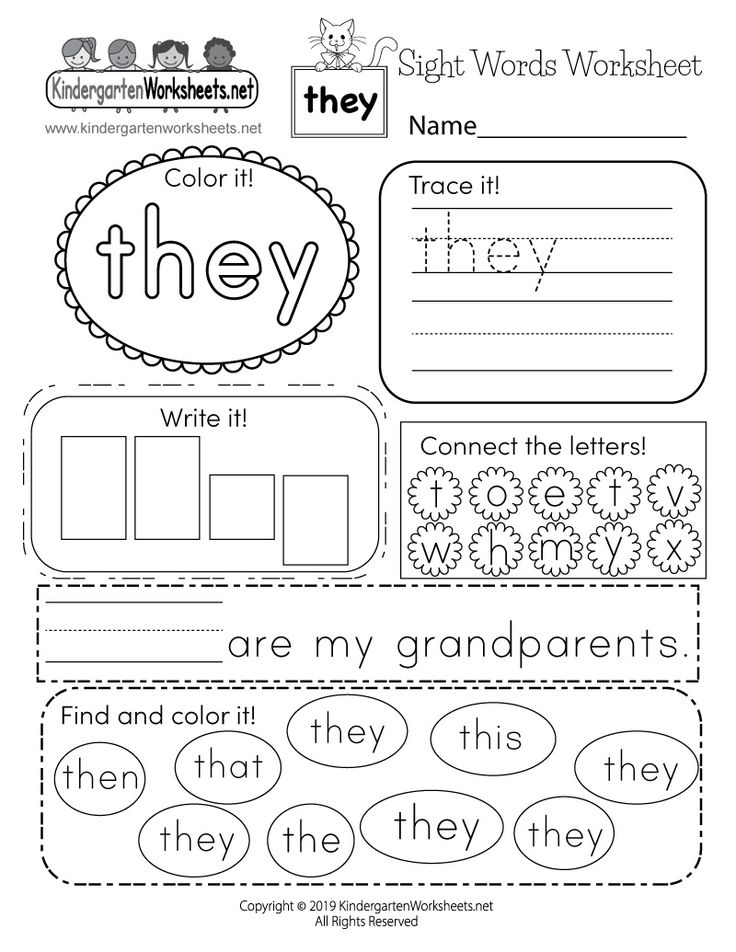Math for pre kindergarten
The Most Important Math Concepts Kids Learn in Pre-K
Although there’s a lot of emphasis placed on emergent reading, experts show that pre-k math skills are just as important for your child’s learning development.
Understanding what skills your child will be exposed to as a math beginner will give you an idea of what concepts you can emphasize in fun, easy ways at home!
Fortunately, kids are exposed to many math concepts from a very young age — putting puzzles together, sorting objects, and even playing with building blocks. These activities all help build a good foundation for math.
In this article, we’ll take you through the most important pre-k math concepts so you can encourage and motivate your budding mathematician!
Table Of Contents
- What Are The Components Of Pre-K Math?
- Basic Pre-K Math Checklist
- Pre-K Math Development
- 9 Fun Pre-K Math Activities
What Are The Components Of Pre-K Math?
There are five basic components of pre-k math. They act like umbrella terms, each with many different elements hidden inside their broad concepts.
Your child will become acquainted with all of these essential concepts when they begin learning pre-k math.
1) Numbers And Counting
Children typically start with the bedrock of math — numbers! They’ll learn number names and how to write numbers, typically beginning with 1-10.
Counting is not easy business! While your child learns how to count — first with physical objects, then conceptually — they are bound to make mistakes here and there. This is perfectly all right. Counting will take time to master.
Most of kids’ initial exposure will be through representational counting. This could mean counting the number of strawberries in their lunch box, how many blocks are on the floor, and so on. These counting activities will set the stage for a strong foundation in counting.
By understanding that numbers represent objects, your child will begin to understand one-to-one correspondence (each object counted gets its own number and only that number) as well as the counting principle that when counting the number of objects, the last number counted equals the amount present.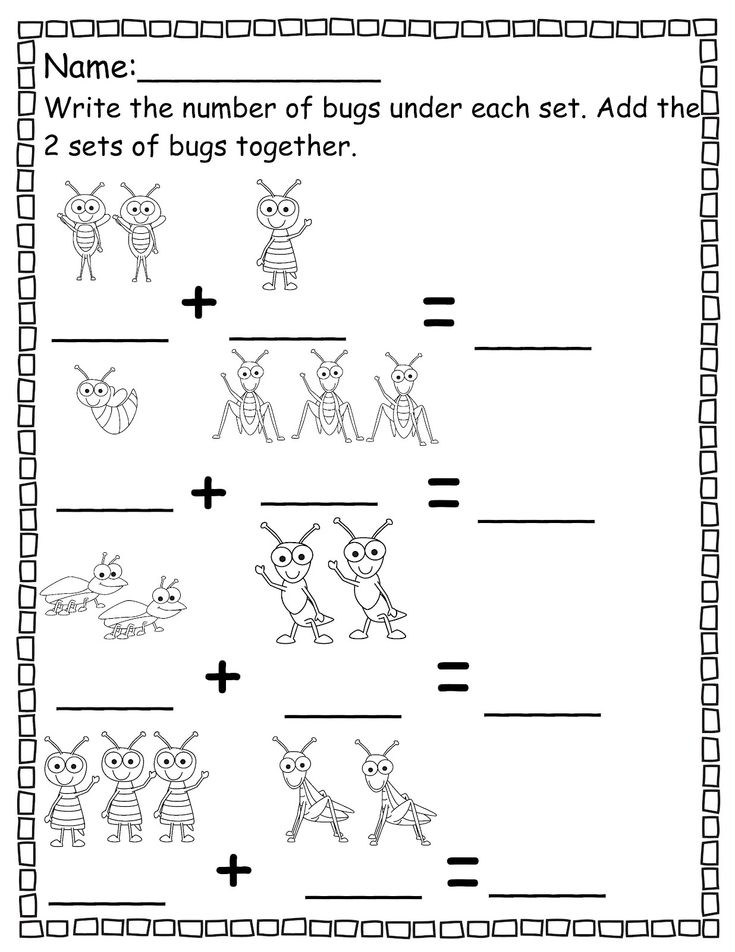
Over time, a child’s reliance on physical objects for counting will decrease. They’ll depend more on conceptual counting as their skills develop.
This conceptual counting is called “number sense.” They’ll understand that quantities, whether tangible or theoretical, are countable. They’ll also learn that numbers can be compared: two or more numbers can have a more-than, less-than, or same-as number relationship.
There are many fun ways to get your child comfortable with numbers and counting at home without making it feel burdensome.
Here are a few simple yet effective strategies you can try:
- Encourage your child to touch and count objects they see in everyday life — for example, a bunch of bananas or a stack of books.
- After they count a set of objects, help them write down the corresponding number on a piece of paper.
- Have your child compare different items using the appropriate language. For example, “Let’s count the number of blueberries and strawberries on the plate.
 Are there more strawberries than blueberries?”
Are there more strawberries than blueberries?” - Hang a simple number line on the wall or tape one to your refrigerator. Throughout the day, point to each number with your child and count from 1-10 together.
- Ask your child to help set the table by counting out the right number of forks and spoons. Once they have collected them, they can count them again as they put one at each place setting.
These simple activities allow children to make sense of numbers. And the more they practice counting principles outside of the classroom, the more they’ll realize how relevant they are to everyday life.
2) Addition And Subtraction
Once your child has a firm grasp on counting and is developing number sense, they’ll explore the relationships between numbers more often. Describing how numbers are the same or different will lead into learning how to combine two numbers to make a new number!
Similar to the last concept, children will typically learn how to add and subtract by relying on counting activities with tangible objects.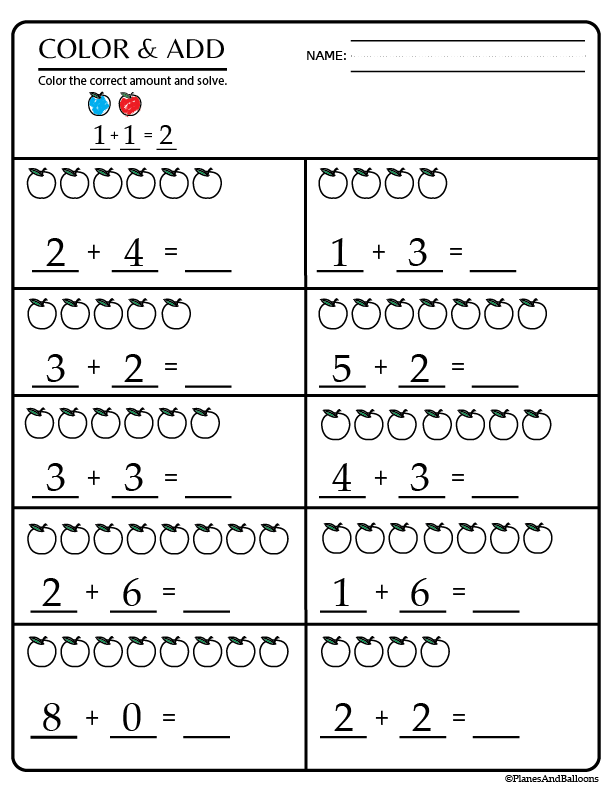 For example, you could set up two separate groups of apples and ask how many you will have if you join them together.
For example, you could set up two separate groups of apples and ask how many you will have if you join them together.
The first group may have three apples, while the second group has two apples. At first, many children will count one group and then start over to count the second group. It is a good idea to count both groups individually and then bring them together and count the total amount.
This is their first introduction to addition! The same idea works for subtracting. What happens when you begin with five apples and then take away two of them?
“Taking away” objects may be a little harder for your child to master at first. This is why many children will remove apples first and then count the remaining apples rather than counting backward.
To help, practice counting backward together. Pretend to be a rocket ship, and start counting down from five to one, gradually increasing the beginning number each time. After you get to one, shout, “Blastoff!” and jump into the air as high as you can.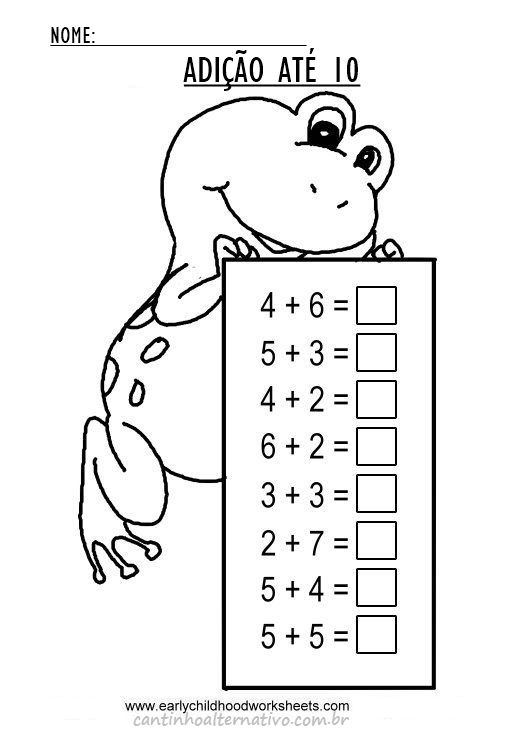 This fun game can help your child become more comfortable with counting down.
This fun game can help your child become more comfortable with counting down.
Pictures can also help your child master addition and subtraction concepts. For addition practice, present one sheet of paper with three apples and another with two. Then say, “Count the apples on both pieces of paper. How many apples do you have total?”
For subtraction problems, present this scenario: “On our paper, we have five apples total. How many apples will you see if I cover up two of them?” Then, count the remaining apples together.
Pictures are an effective way for your child to visualize mathematical problems. But, if you prefer not to draw, you can also use real objects instead. You could get out several apples (stuffed animals, cups, or whatever) and count them. Then, use those items for math practice.
Remember that adding and subtracting are basically making comparisons between numbers or establishing relationships between them. There are many strategies a child might use to solve a problem, which is a good thing since our main goal is to help children think mathematically.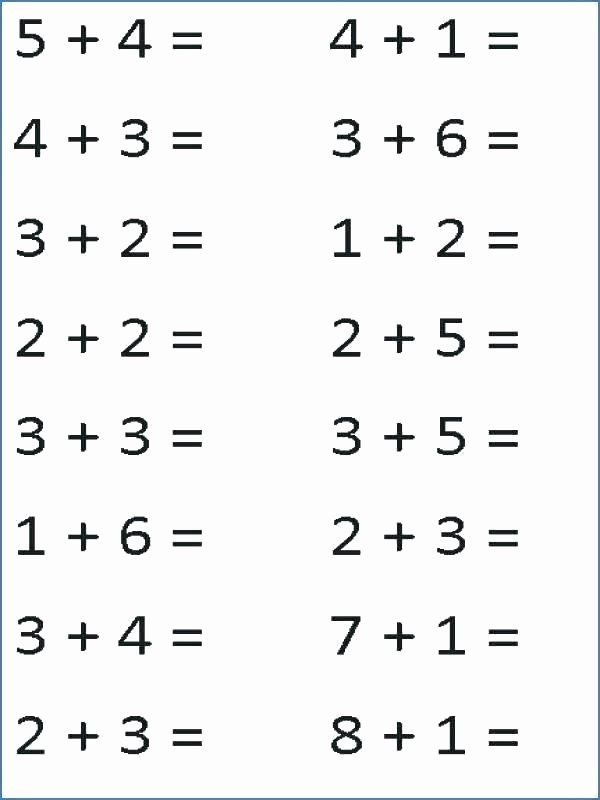
3) Geometry And Spatial Reasoning
Shapes are everywhere in our world, which will be one of your greatest assets when it comes to teaching your child about shapes and spatial reasoning.
They’ll start out by learning about the basic 2-D shapes that are used in math: squares, triangles, circles, rectangles, rhombuses, and ovals. Learning how to draw these basic shape illustrations can be helpful for their learning process.
Some of these shapes you’ll be able to reference easily in your day-to-day life. This will help reinforce your child’s understanding of the shapes after their initial introduction.
For example, when making breakfast with your child, you could hold up a plate and ask them, “What shape is this? Do you think it’s a square or a circle?”
Other shapes, like triangles or rhombuses, may be a little harder to find hanging around. Challenge your child to find these shapes in nature. Are there any flower petals in your garden that are shaped like triangles (or an aloe vera plant hanging in their windowsill)?
Encourage your child to be creative with identifying shapes! It will help them with learning geometry in the long run.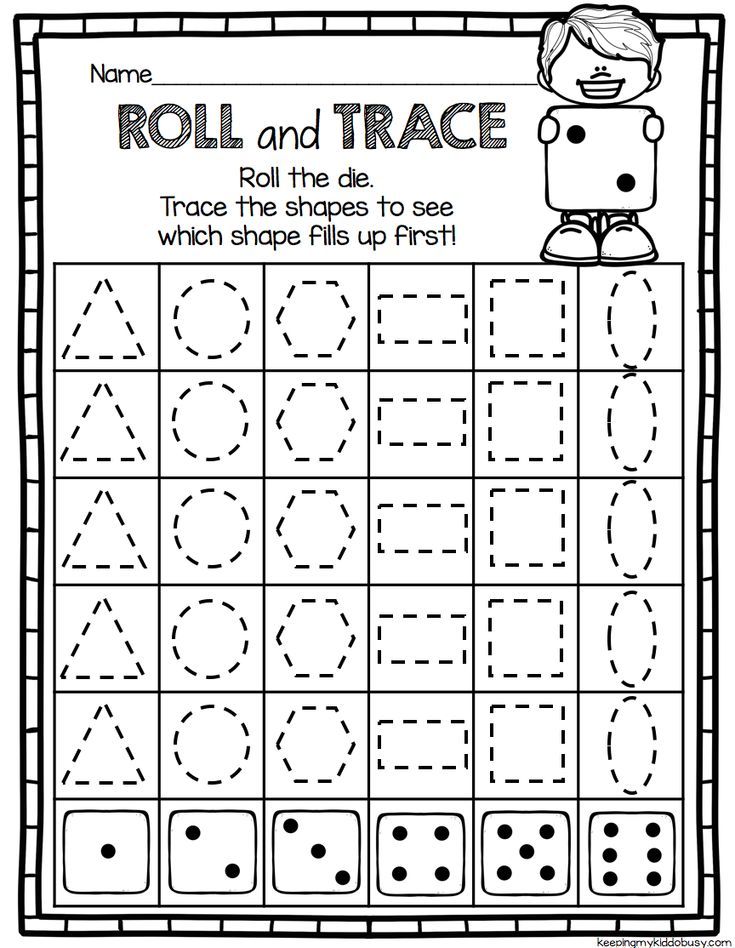
Next, learning 3-D shapes will come after learning 2-D shapes. Like their flatter cousins, 3-D shapes are all around the world, too! Your child’s soccer ball is a sphere; the paper towel roll in the kitchen is a cylinder.
We recommend learning the basic form of these shapes and how they appear first. Then, you can use the natural 3-D shapes in your child’s environment to reinforce their learning!
Point out shapes when you see them and play a shape version of “I Spy” to practice. If your child has a set of blocks, talk about the different shapes of the blocks. Challenge them to use only one shape to build something. Then, see what they can make by using all of the shapes.
Kids also learn about spatial reasoning by discovering how to describe the shapes they see and play with. They can compare them with dimensional adjectives like “big” and “small,” or characteristics of their shape like “straight” and “curvy.”
This includes the spatial relationship between different objects, too. Look out for observations using location adverbs like “under,” “beside,” or “around.” These are all different ways for your child to “measure” or observe how shapes take up space.
Look out for observations using location adverbs like “under,” “beside,” or “around.” These are all different ways for your child to “measure” or observe how shapes take up space.
4) Sorting And Patterns
We categorize things in our daily lives without even realizing it. Your child probably already does this, too — they may arrange their stuffed animals or toys in a certain way. For example, they may keep farm animals separated from dinosaurs.
Sorting and patterns are related to categorical reasoning. In the same way grocery stores sort out items by their parallel uses, your child will learn how to sort things based on their characteristics and how they are the same or different from other objects.
They’ll sort objects by weight, shape, quantity, texture, color, and other traits, often without even realizing it!
It’s important to note here that sorting and counting aren’t sequential. Your child might begin sorting before they begin counting, in fact.
For instance, if you want your child to sort a bowl of fruit, you can ask them to count all of the strawberries.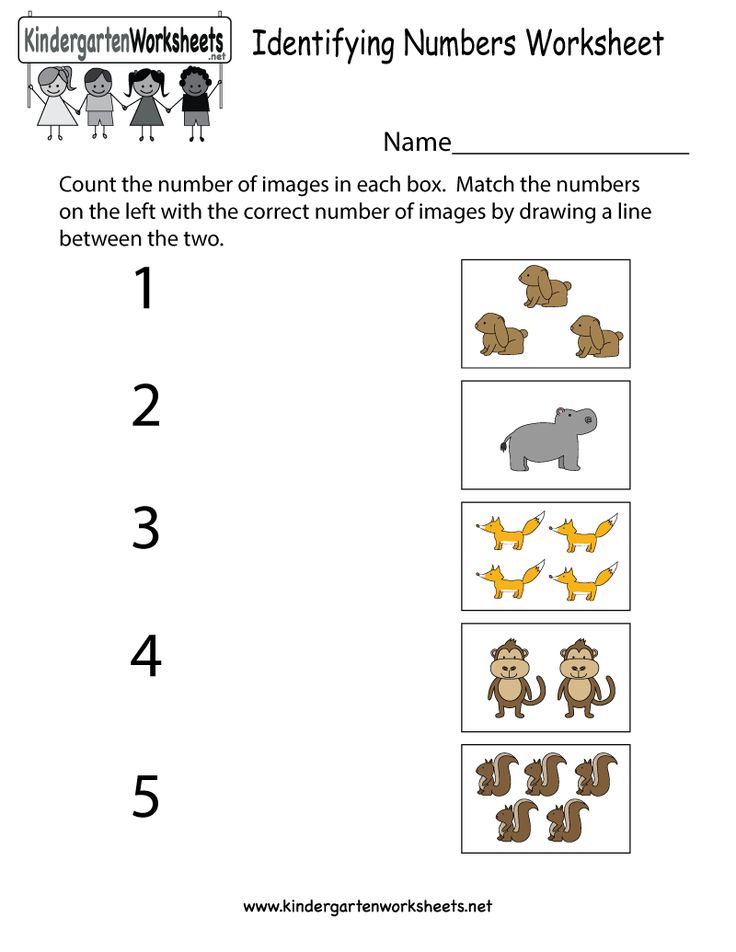 They’ll sort the strawberries from the rest of the fruit. If you ask them to count the red fruit, they’ll sort out strawberries, cherries, and watermelon and count them together.
They’ll sort the strawberries from the rest of the fruit. If you ask them to count the red fruit, they’ll sort out strawberries, cherries, and watermelon and count them together.
Once a child has learned to isolate characteristics, they can begin to identify, extend, and even create patterns. Your child will learn how to:
- Copy a pattern
- Identify the parts that repeat and continue a pattern
- Correct a mistake in a pattern
- Explain a pattern
- Create their own patterns
To encourage your child to explore patterns, take a few moments to build a pattern for them when you play together. Use whatever materials you have available and create a simple AB pattern, such as truck, car, truck, car.
Next, point to each object. Say its name aloud. Then, when you get to the end of the row, ask them what comes next. If they aren’t sure, grab the next object and put it down. Once you’ve completed one round, start at the beginning and repeat each item to reinforce the pattern.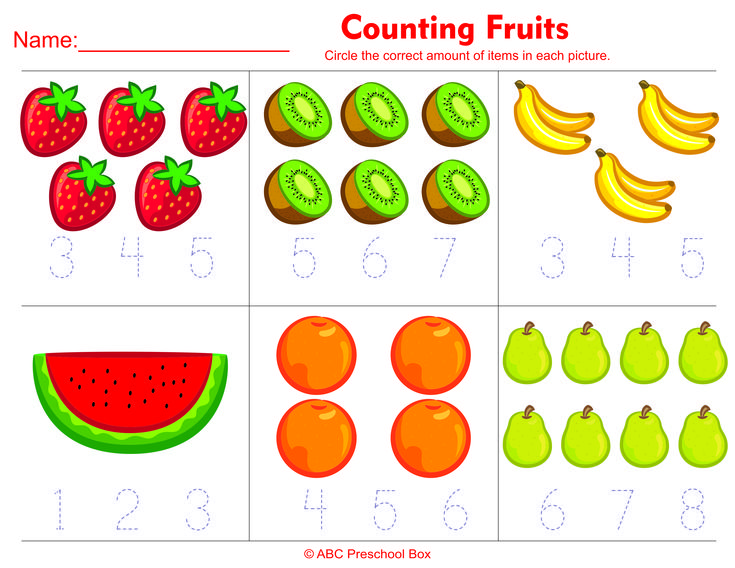
5) The Language Of Math
Part of learning how to do math means learning how to “speak” math. We don’t mean your child will turn into C-3PO — just that they will learn how to use mathematically correct language, or how to tell a story with math terms.
This can happen in daily life. While picking at an afternoon snack, your younger child may say, “Hey! My brother has more crackers than me!” Then you might agree to “add” to the cookies on the younger child’s plate so that both plates are “equal.”
These skills may be naturally exciting for your child — they’ll feel like they’re learning how to speak “grown up!” Show them how fun it is to incorporate mathematically appropriate language into their daily speech and use it to tell stories about what’s going on around them.
Using words to describe things in their lives will help them give ownership over ideas and observations. Motivate them to think about the order of the world around them and use different words to describe them, such as:
- More than
- Less than
- Shape names
- Light or heavy
- Small or big
Mastering math language will help them in their quest to become robust mathematicians! It’ll also help them develop a strong vocabulary so they’re better prepared for kindergarten.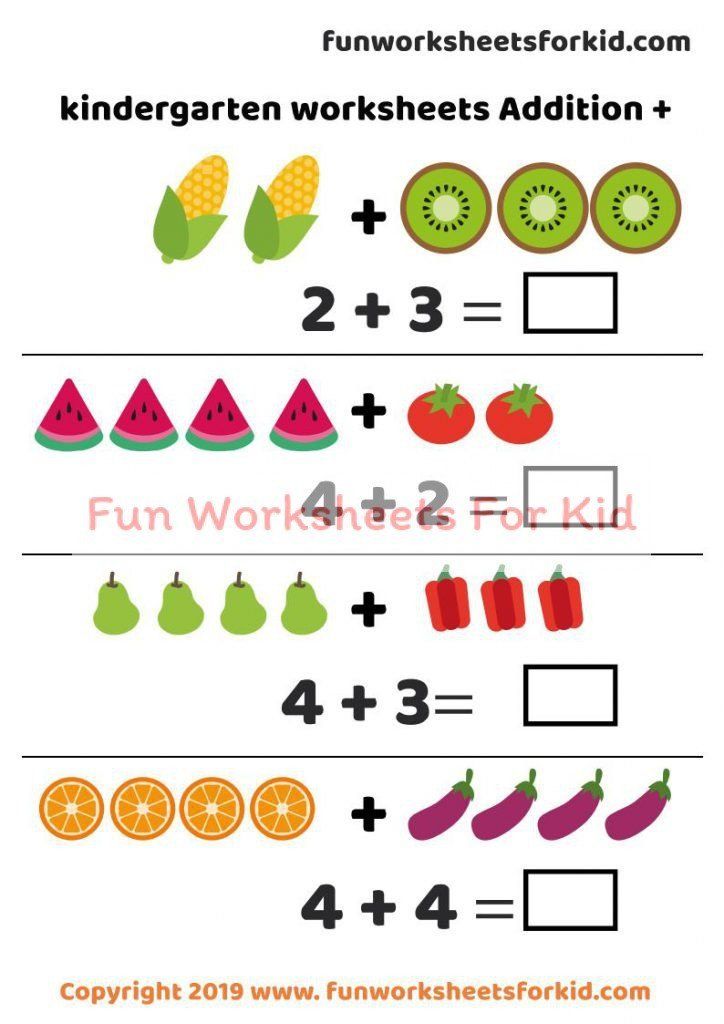
Basic Pre-K Math Checklist
Now that you know some of the concepts your child will be learning in pre-k math, let’s look at some of the skills they’ll build during this time.
- Rote count to 10
- Use one-to-one correspondence to count up to 10 objects and tell how many there are altogether
- Recognize basic shapes (circle, triangle, square)
- Understand the concept of quantity (more/less)
- Sort objects by one characteristic
- Understand and use directional terms, such as up, down, in, out
- Pick what object goes next in a simple pattern
While these aren’t all of the math skills your child might learn in pre-k, they will give your child a solid mathematical foundation to build on in kindergarten. And they’re all skills you can practice in fun ways!
Pre-K Math Development
As your child grows and learns, they’ll work through three phases of mathematical development: concrete, representational, and abstract.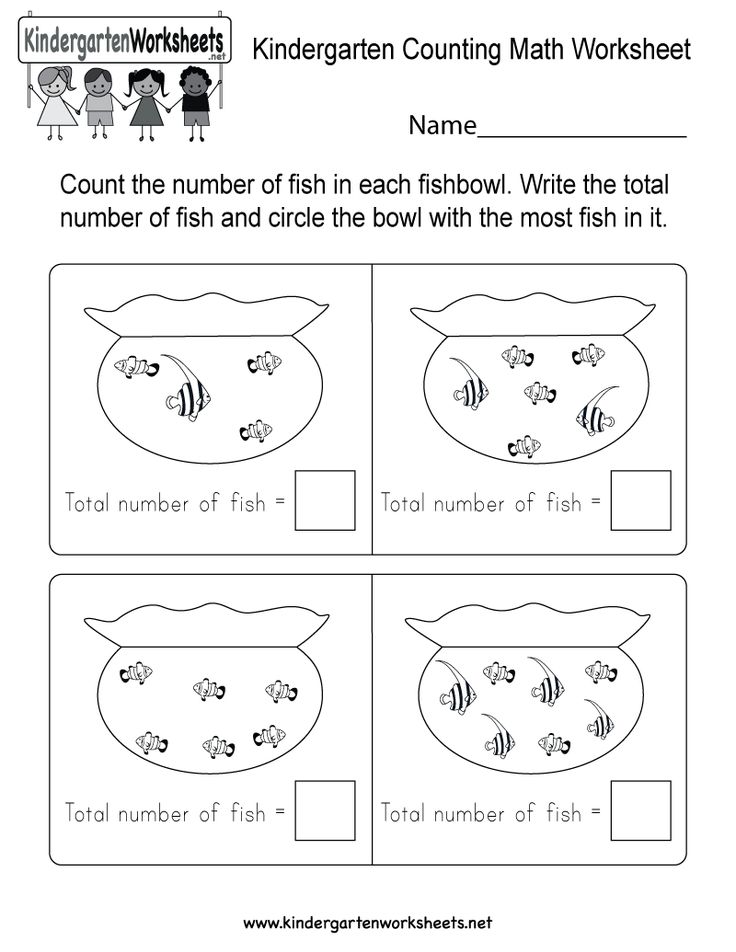 They’ll likely be in the concrete stage at the beginning of pre-k.
They’ll likely be in the concrete stage at the beginning of pre-k.
During this phase, students need hands-on activities and real-world examples to help them understand mathematical concepts. This is why math manipulatives are so crucial in the early years. It’s also essential to present math concepts in a very concrete way during this stage.
For example, if you’re teaching your child about numbers, don’t just tell them that five is more than three. Instead, show them five objects and three objects, and let them count for themselves. This will help them understand the concept of more and less.
As your child continues to learn and practice a mathematical concept, they can move into the representational phase. Here, students can count pictures or images instead of actual objects. For example, they realize that numbers can be represented by lines or drawings.
Then, they’ll be ready to try the abstract stage. At this point, children understand that numbers can be represented by symbols.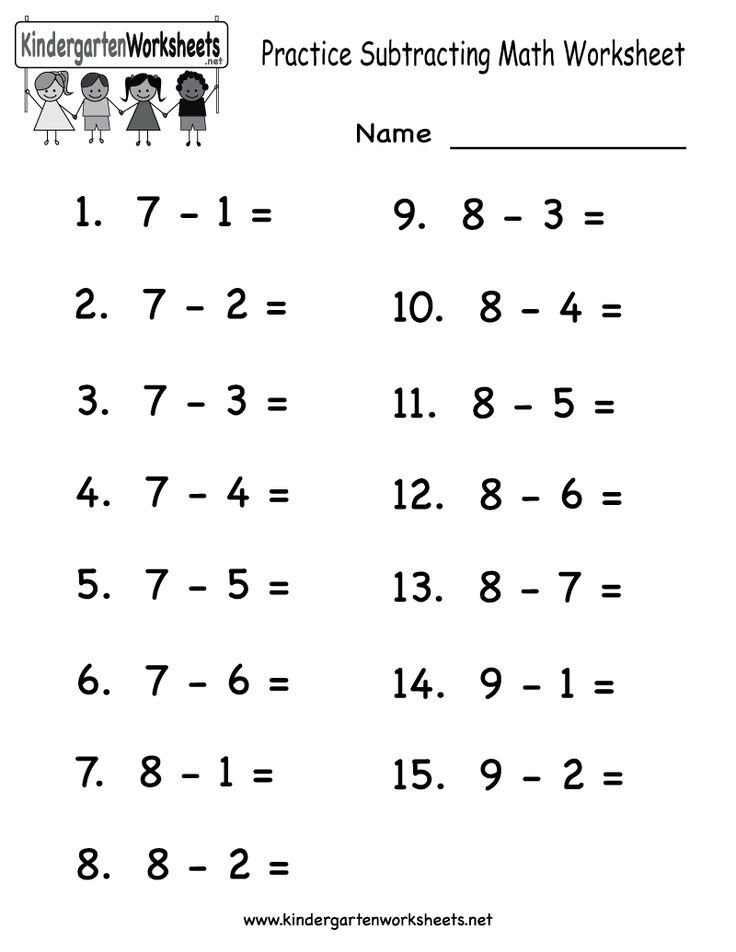 They don’t need manipulatives or visual aids to do math problems. They can start using numbers and symbols such as + or – to solve math problems.
They don’t need manipulatives or visual aids to do math problems. They can start using numbers and symbols such as + or – to solve math problems.
The activities above will help your child to build their understanding of mathematical concepts so they can move through the different stages.
But, in pre-k, it’s important to focus on the process, not the answer. So don’t worry if your child doesn’t get the solution right away. Let them work through the problem and try to figure it out for themselves.
A strong foundation in pre-k math sets children up for success when they start kindergarten. By providing opportunities for them to explore and experiment with math, you can help them develop the skills they need to be successful in school and beyond.
9 Fun Pre-K Math Activities
Now that you’re clear on all of the exciting new math concepts your pre-kindergartener will be exposed to and what skills they’ll practice, let’s talk about some games and activities you can play at home to help your child hone them.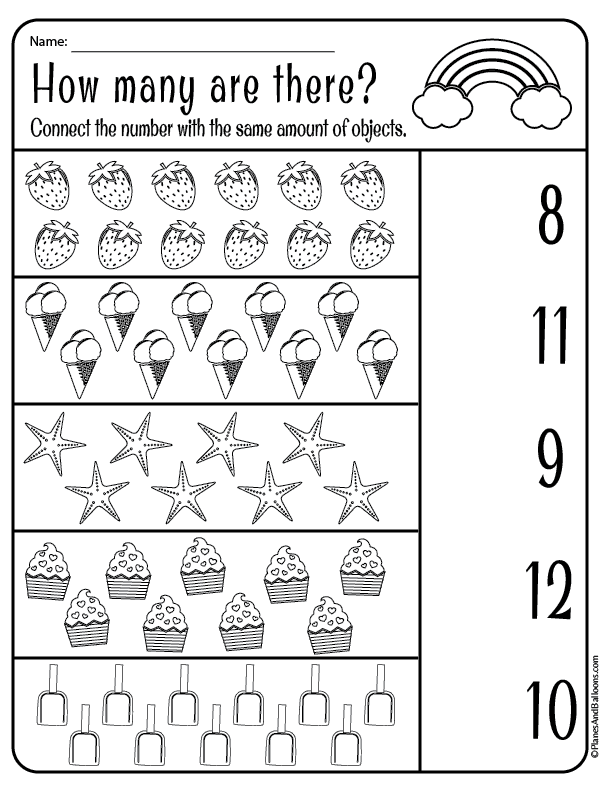
We’ve already discussed some math activities you can incorporate into everyday life. Now, we’re sharing our list of fun games to encourage your young learner to love math even more.
1) What Did I Do?
This game helps reinforce counting, adding, and subtracting. It’s quick to play, so it’s perfect for when you have a few extra minutes.
What You’ll Need
- Small objects (e.g., paper clips)
What To Do
Place some paper clips (or any other small objects) in your hand, and let your child count how many you have. After they’ve done this, put your hands behind your back and either add or remove some.
Next, show your child the new quantity and ask them to count how many there are now. You can ask your child questions, such as, “Did I add or take away some paper clips?” or “How many did I add or take away?”
For even more fun and learning opportunities, take turns playing the game. And when it’s your turn to guess, it’s OK to guess wrong — “I think you took away 10!… No! I added two!” This back and forth offers lots of laughs and critical thinking for your little mathematician.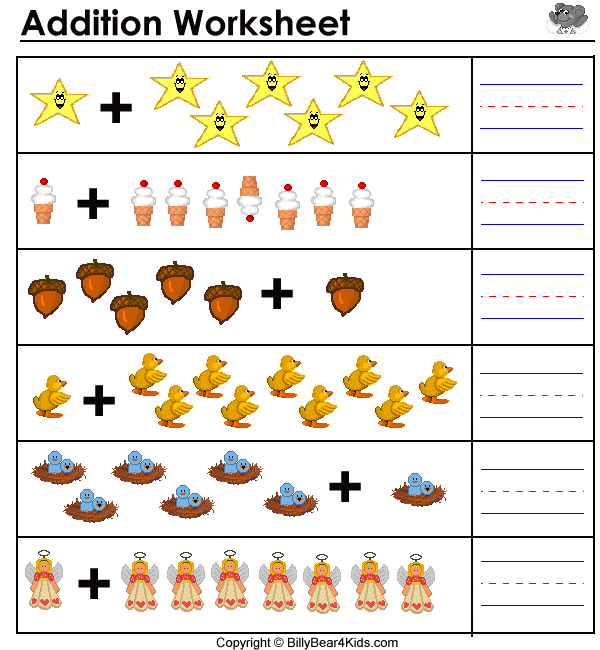
Remember that because your child is in pre-k, the concepts of addition and subtraction are still new. Therefore, it’s best to keep the number of objects used in this game low (e.g., 1-10 clips) so they aren’t confused or overwhelmed.
2) Math Tic-Tac-Toe
Add a mathematical twist to the classic game of Tic-Tac-Toe!
What You’ll Need
- Paper
- Pencil
- Ruler
- Markers (or colored pencils)
What To Do
Start by dividing your sheet of paper into squares by drawing lines (three horizontal by three vertical). In traditional tic-tac-toe, you’d leave these squares blank until the game starts. Not this time.
For this version of the game, you’ll need to fill each box with dots and have your child tell you how many dots are in a box before placing their X or O in it. The first player to get three Xs or Os wins!
The Xs or Os don’t have to be in order at this point, but you can add that requirement as a challenge once your child gets the hang of playing the game.
This activity helps kids work on their counting skills while also incorporating lots of fun.
3) NumberBow
Your child will add numbers to create a beautiful rainbow in this game.
What You’ll Need
- Two dice
- Two sheets of paper
- Colored pencils (or crayons)
- Pencil
What To Do
Draw two identical rainbow-shaped boards (one on each sheet of paper) with numbered boxes on the rainbows. (You can check out this link for reference.). The aim of the game is to color the numbered boxes in.
To play, each player throws two dice, then adds the numbers from the throw together and colors in the corresponding box on their rainbow.
For example, if your child throws a three and a one, they’d need to add 3+1 and color in the “4” box. If they’ve already colored that box in, they’d have to wait for their next turn. Each player gets 10 turns to have the most colorful rainbow at the end!
While this is an effective game to help your child work on their addition skills, some children might experience difficulty adding larger numbers together (e.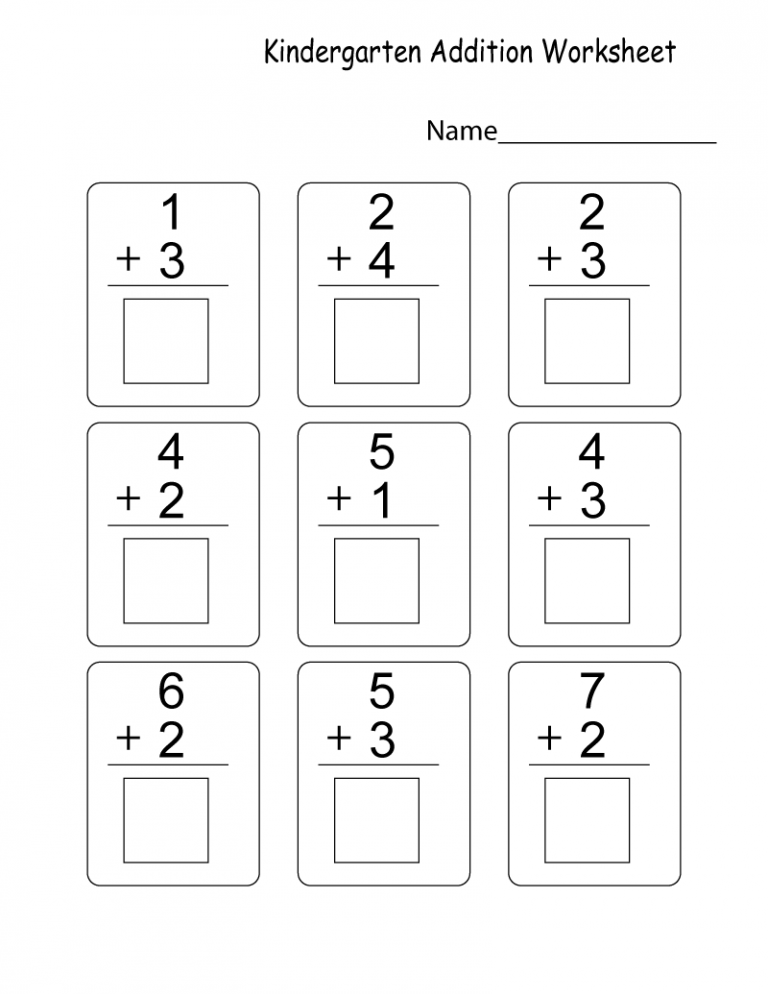 g., 5 and 6). If you need to help them, that’s OK!
g., 5 and 6). If you need to help them, that’s OK!
Remember that exposure and repetition are very beneficial for young learners.
4) Fill The Cup
This game can be challenging for younger children, so if it causes frustration, play other math games until your child is more comfortable with adding and counting.
What You’ll Need
- Dice
- Plastic cup
- Small objects that are easy to count (e.g., paper clips, dried beans, pebbles, etc.)
What To Do
To begin the game, players roll the dice at the same time. The number rolled indicates the number of items you can add to your cup. For example, if you roll a five, you add five dried beans. The goal for your child is to be the first one to fill their cup.
At the pre-kindergarten stage, some children might not be comfortable with the steps needed to play this game (rolling the dice, reading the number aloud, adding the items to the cup). So, before starting, take a few minutes to get them used to the process.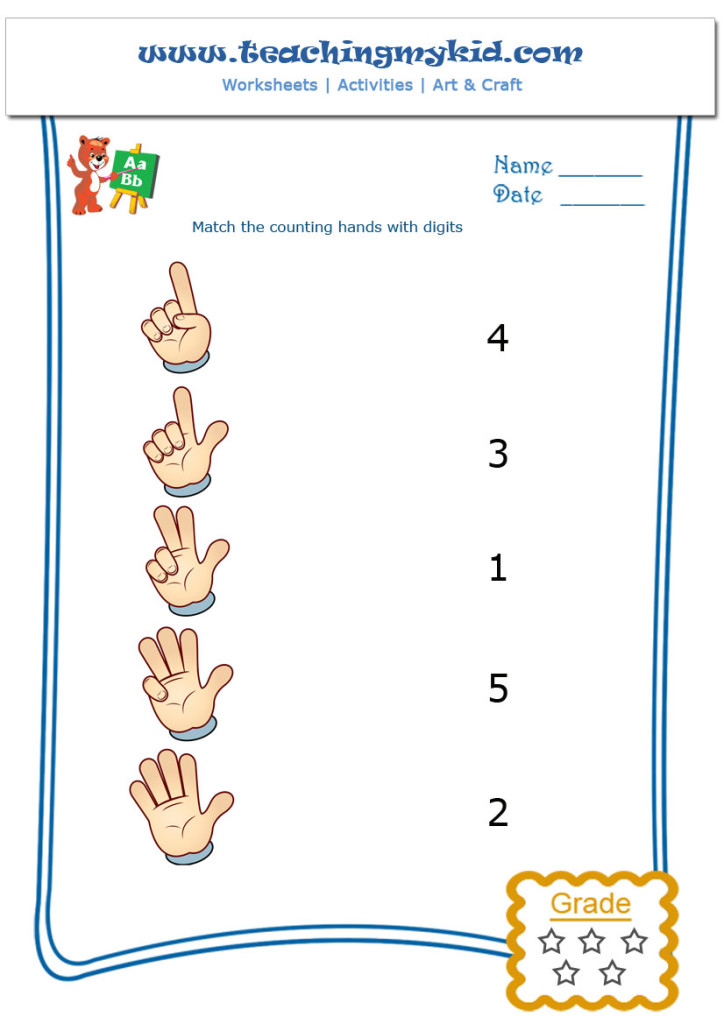
If you notice that it’s still too challenging, you can make it easier by choosing to roll the dice for each other. In this option, you can roll the dice and then help your child read the number and add the right amount of items to their cup.
Whichever variation you choose, this is a fun and engaging way to help children learn numbers and practice counting.
5) Stand Up, Sit Down
Kids enjoy playing this active game where they get to use their bodies and their brains! (Note: This game requires more than one child player, so it’s a great activity for siblings or to do when your child has a friend over.)
What You’ll Need
- Index cards
- Marker
What To Do
Write the numbers 1-10 on the index cards (one number per card) and hand three to each participant. Then, say a math equation (or word problem) out loud.
If the answer matches a number they’re holding, the child will stand. If they don’t have the answer, they remain seated.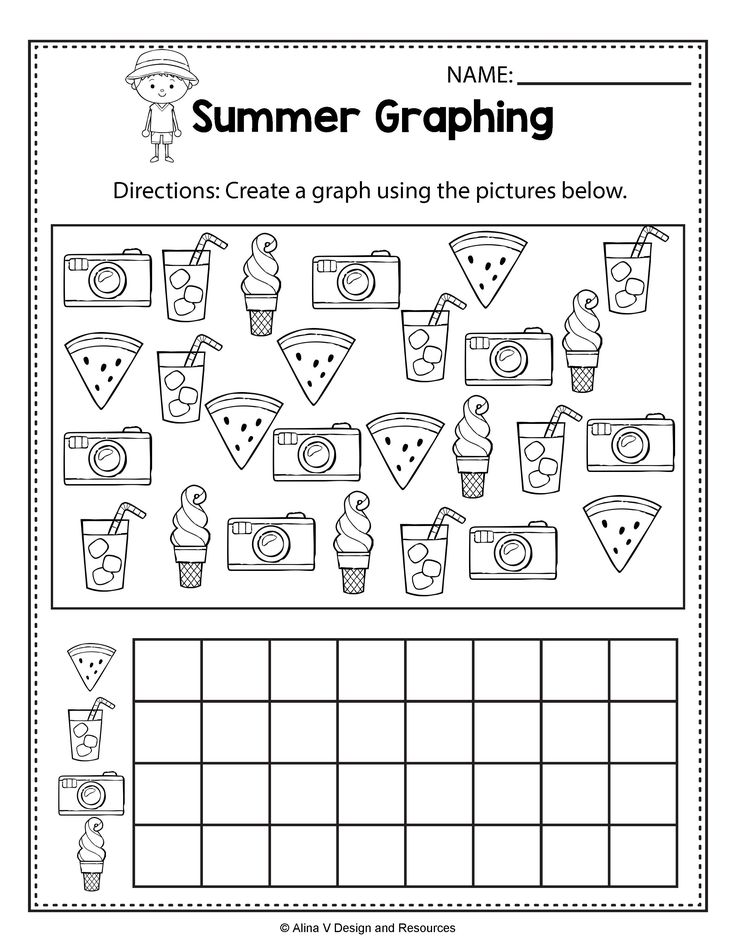
For example, if the question is, “If I have three dried beans and I throw away one, how many do I have left?”, the child with “2” would then need to stand up and show their card.
The player who has the least number of cards left at the end of five rounds wins. Note: To make it easier, you can give children small items (e.g., blocks, dried beans, paper clips, etc.) to help them count.
Stand Up, Sit Down is also helpful for children learning shapes. Instead of writing numbers on the cards and handing them out, you can draw different 2-D and 3-D shapes that children learn in pre-k (as discussed above) and hand those out.
To play, someone describes a shape and the player who has that shape stands up and says what it is. For example, “If you are holding a shape that has three sides, stand up right now!”
When the child stands up, they’ll need to say that their shape is a triangle, and they get the point. In this version of the game, the player with the most points at the end wins.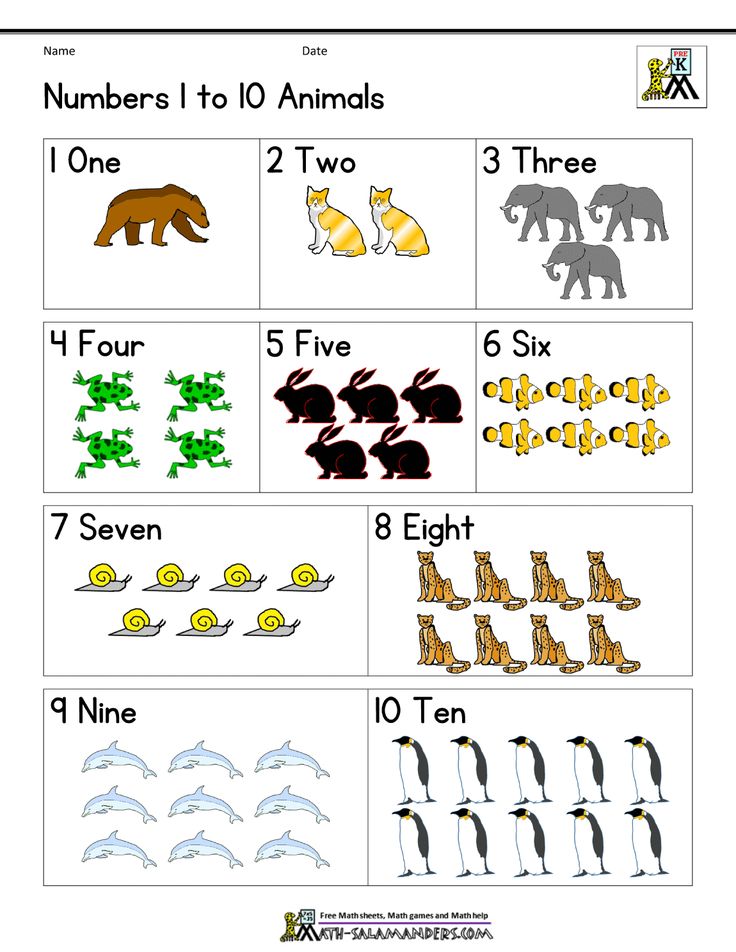
Using this game allows children to learn the names and attributes of the different 2-D and 3-D shapes they get exposed to in pre-kindergarten.
6) Who Has More?
This game is perfect for helping kids understand the concepts of more and less, which are critical in early math development.
What You’ll Need
- A small bowl or container
- A teaspoon
- A handful of objects (e.g., buttons, pennies, cereal pieces, etc.)
What To Do
Place the objects in one bowl. Have your child scoop a teaspoon of them out and count them. Then, you do the same and see who got the most. That person’s the winner!
Note: Counting past 10 is difficult at this age, so you’ll want to use big enough items (such as large kidney beans) and stick to a teaspoon for scooping so your child doesn’t end up with more than 10 per spoonful.
7) Read Math Books
Help your child develop a love for math by reading math-related books together.
What You’ll Need
- A mathematical-themed book to read together (see some recommendations below)
What To Do
Grab one of the following books and snuggle up with your little one for a math-themed storytime.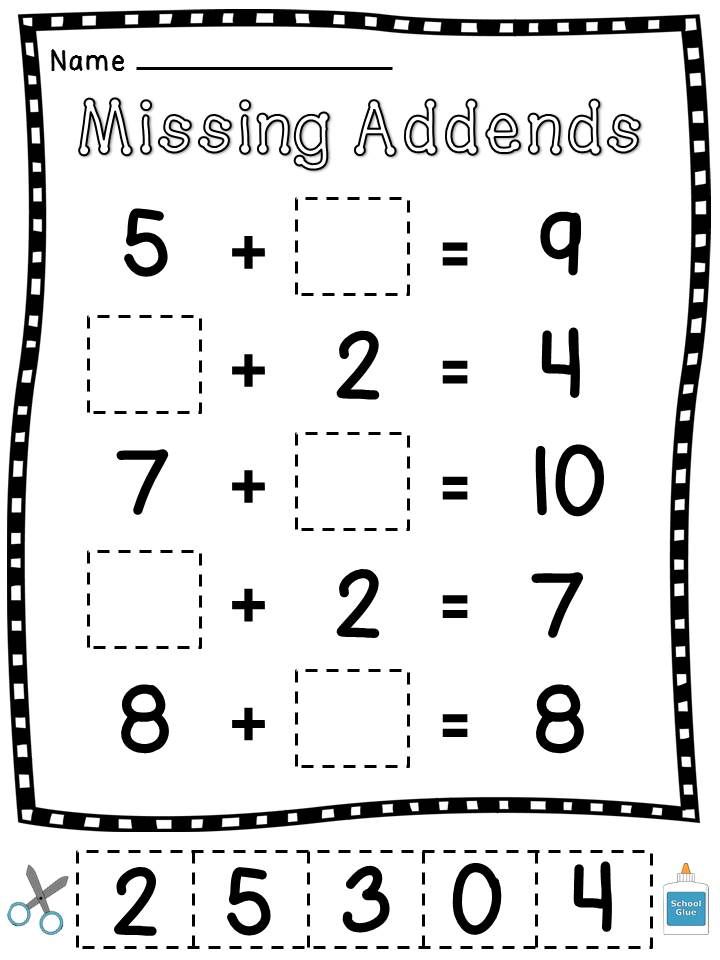 As you read, point out any mathematical concepts in the book.
As you read, point out any mathematical concepts in the book.
- From the Garden by Michael Dahl
- The Shape of Me and Other Stuff by Dr. Seuss
- The Button Box by Margarette S. Reid
- A Pair of Socks by Stuart J. Murphy
- The Berenstain Bears and the Spooky Old Tree by Stan and Jan Berenstain
- Pattern Fish by Trudy Harris
When you finish reading, discuss any new math concepts your child learned. You could even do a related activity or two to reinforce what they’ve learned.
8) In The Box
This game helps your child practice prepositions or direction words, like “under,” “behind,” and “in front of.” These concepts are essential for mathematical development as well as reading comprehension.
What You’ll Need
- A stuffed animal
- An empty box large enough for the animal to fit inside
What To Do
Ask your child to put the animal inside the box.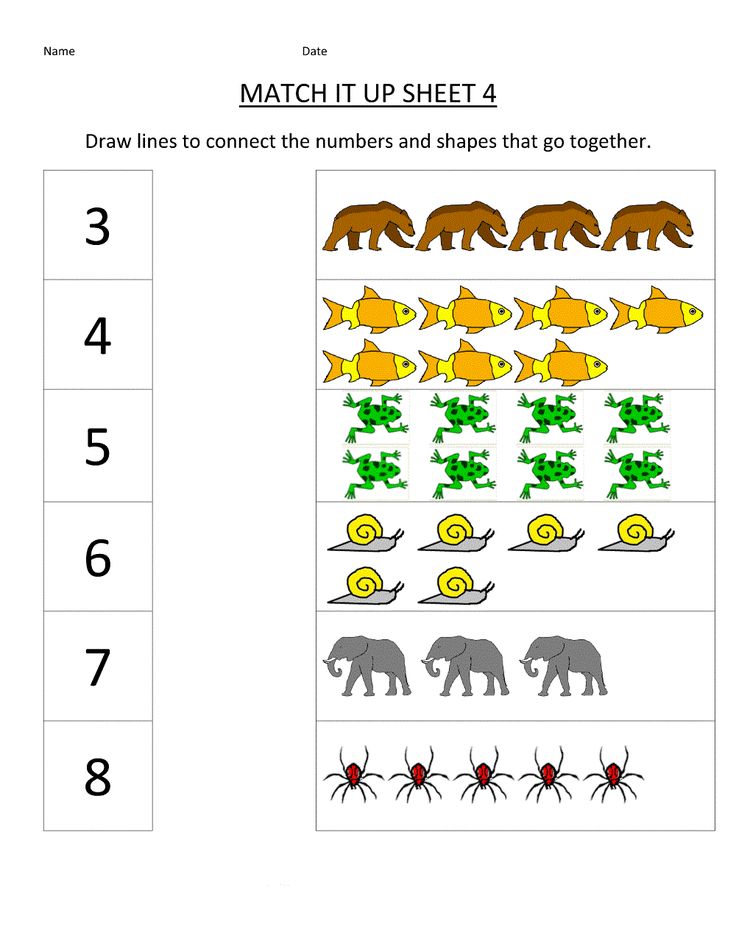 If they have difficulty understanding what you mean, give them some clues. For example, you could say, “Put the animal in the box so that its head is sticking out,” or “Put the animal in the box so that only its tail is showing.”
If they have difficulty understanding what you mean, give them some clues. For example, you could say, “Put the animal in the box so that its head is sticking out,” or “Put the animal in the box so that only its tail is showing.”
Once the animal is in the box, ask them to describe where it is using prepositions. So, they might say, “The animal is in the box.”
Then, take the animal out and place it behind the box. Ask your child to describe its location again. For example, they might say, “The animal is behind the box.”
Next, let them take a turn placing the animal in, on, under, next to, etc. the box. When they’re done, you describe where it is. Continue taking turns as you practice different prepositions.
9) Number Line Race
This game helps kids with number recognition as well as one-to-one correspondence.
What You’ll Need
- Number cards (we recommend the ones from the HOMER Explore Numbers Kit)
- A die
What To Do:
Spread the cards out in numerical order, with a bit of space between each one.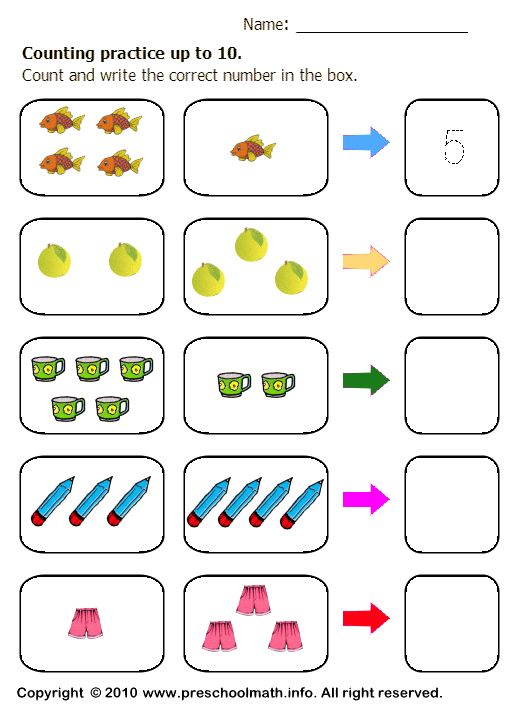 They should form a line on the floor, though it doesn’t need to be perfectly straight.
They should form a line on the floor, though it doesn’t need to be perfectly straight.
Have your child stand on the card with the number one on it. Hand them the die and let them roll it. Call out the number they rolled. Next, ask them to move that many numbers forward, moving from one index card to the next as they count aloud.
If they land on a number that would take them off the end of the line, they start from the beginning for their next throw (each player gets five throws). Then, it’s your turn! Start on one and see how far you can get, too.
The person to end on the card with the highest number is the winner!
Encouraging A Love Of Pre-K Math At Home
Pre-k math isn’t just reserved for pre-k classes. You can help your child explore the exciting world of pre-k math right from your home!
HOMER is always here to help and happy to be your at-home learning partner. Our Learn & Grow app offers tons of opportunities for your child to develop their pre-k math skills from conception to execution.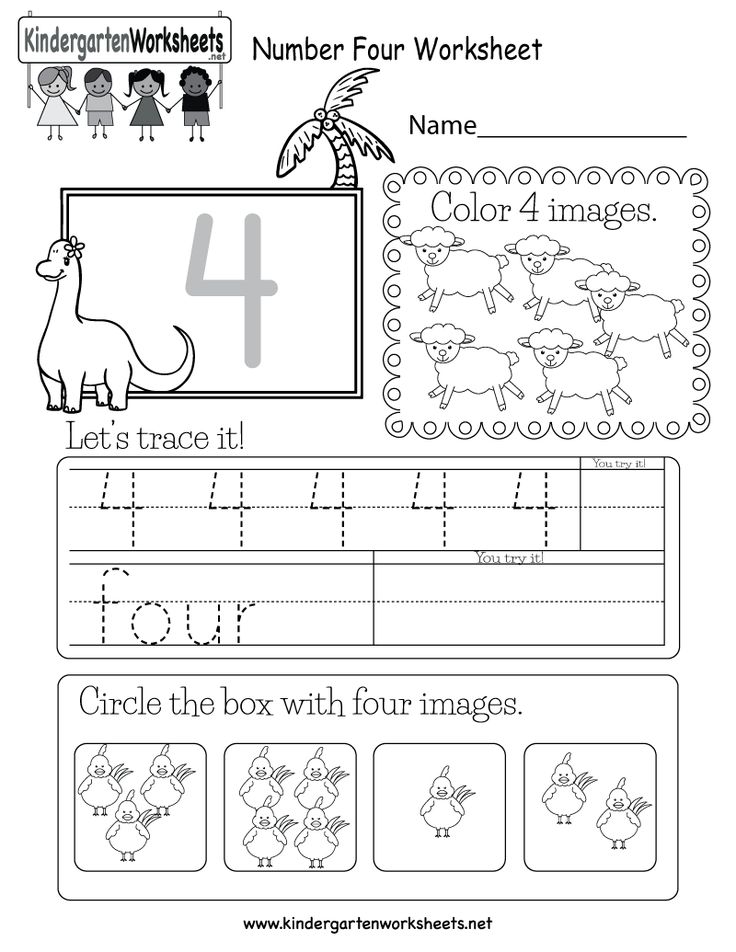
Our games are personalized to accommodate your child’s specific interests. They include pattern-identification games like Ribbons or shape-building games like the Castle Creator.
Your child can also explore the Shapery Bakery, where they help the cute, cuddly Tisa the Cat by sorting treats based on their shape. All that and so much more can help your child develop their pre-k math skills!
Author
Pre Kindergarten Math - instruction and mathematics practice for Pre-kindergarten
["`#", "My Account"]Students lay the foundation of number sense and mathematical thinking as they progress through very concrete, hands-on exercises that prepare them for future success in math.
Pre-kindergartenKindergartenGrade 1Grade 2Grade 3Grade 4Grade 5
Pre-kindergartenKindergartenGrade 1Grade 2Grade 3Grade 4Grade 5
MODULE 1 Counting to 5
Topic A: Identifying Attributes
Students learn the meaning of same, different, alike, larger, and smaller.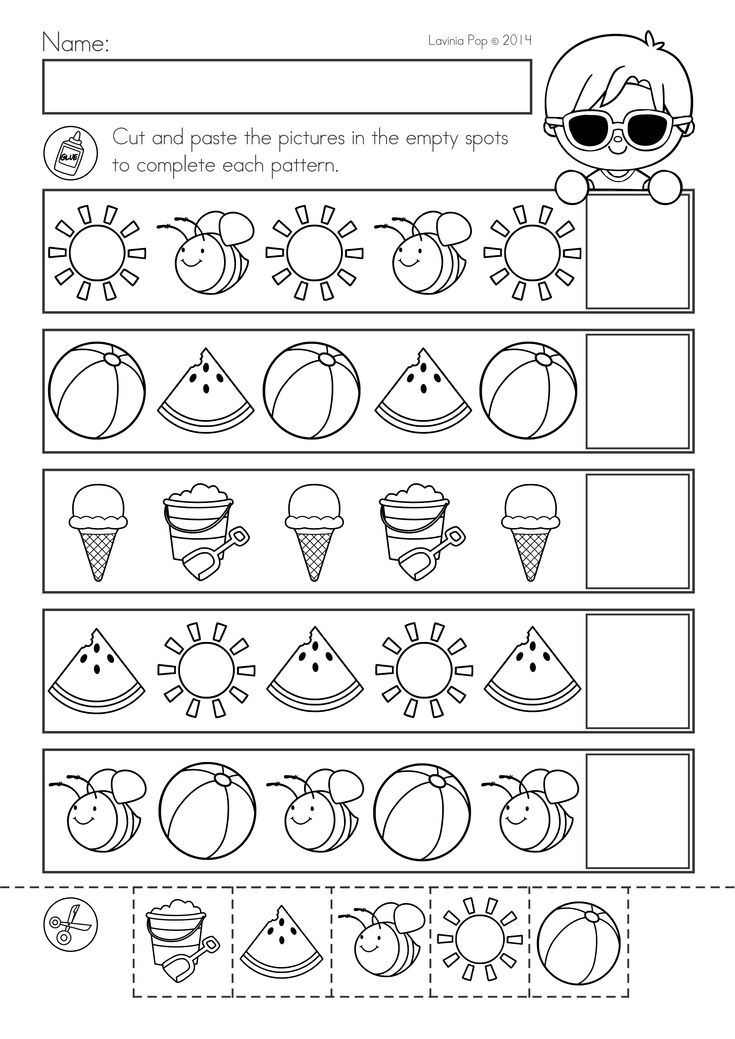 They identify and match objects based on size, color, shape, and even purpose.
They identify and match objects based on size, color, shape, and even purpose.
Identify two out of three objects that are the same
Build an understanding of the word "same." The identify which two objects are the same when shown three objects
Identify two out of three objects that are different
Practice the difference between "same" and "different." Then look at three objects and choose two objects that are different
Identify whether two objects are the same or different
Practice comparing objects. Look at two objects and tell whether they are the same or different
Identify which of two similar objects is larger
Practice comparing objects. Look at two objects that look alike but are different sizes. Tell which one is larger
Identify which of two similar objects is smaller
Practice comparing objects. Look at two objects that look alike but are different sizes. Tell which one is smaller
Match pairs of similar items that differ in size and/or color
Match pictures that show the same object.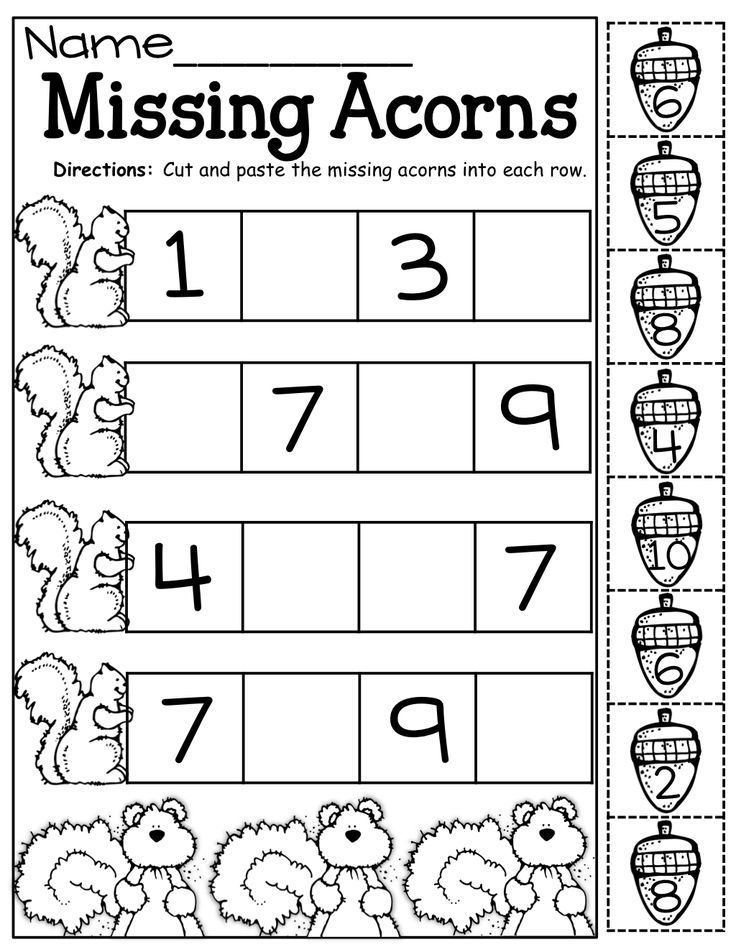 The objects may be different sizes or different colors, but are alike because they show the same object
The objects may be different sizes or different colors, but are alike because they show the same object
Match pairs of similar items that differ in size and color
Match pairs of similar objects that differ in size and color. Look at pictures and match the pictures that show the same object, even if the color or size is different
Match pairs of different items that are used together
Match pairs of different objects to show which ones are used together. Instead of matching the same objects, this time you match objects based on what objects go together or what objects are used together
Topic B: Sorting Objects by Attribute
Students build upon their understanding of size, color, shape, and purpose to sort dissimilar objects based on a common attribute. They must also ignore objects that do not fit the given descriptors.
Identify objects that belong to a given category
Practice sorting objects by type of object. Feed a creature objects in a given category by clicking on all of the objects in that category
Identify objects of a given color
Practice with sorting objects by color.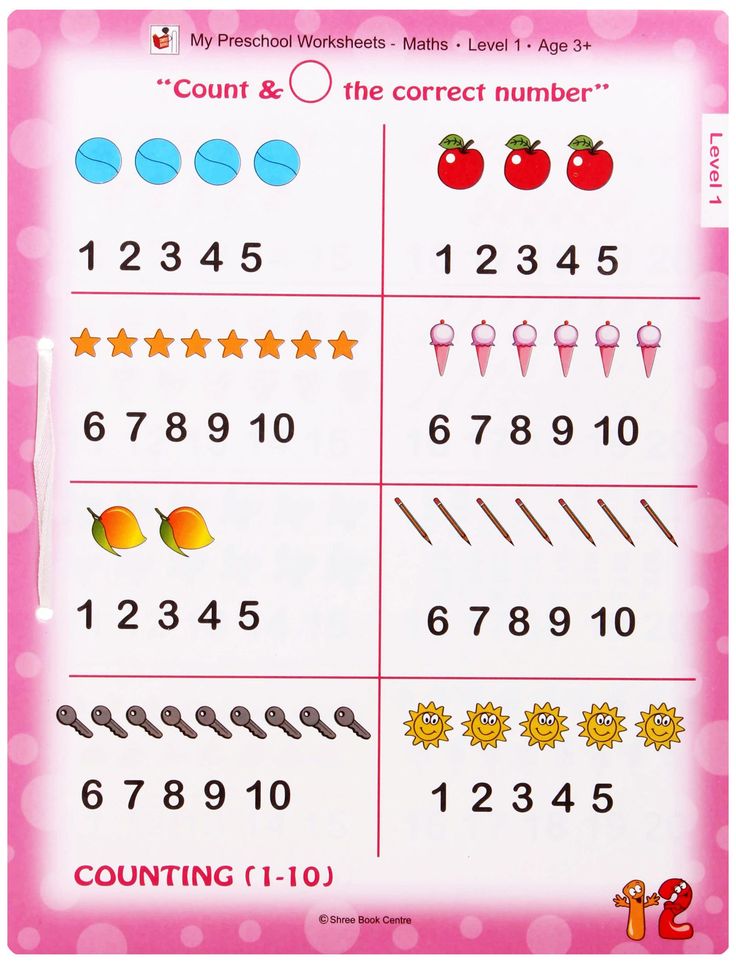 Feed a creature objects of a given color by clicking them
Feed a creature objects of a given color by clicking them
Sort objects based on two given categories (Level 1)
Practice sorting objects by type of object. Drag each picture to the correct category
Sort objects based on two given categories (Level 2)
Practice sorting objects. Sort the objects into two different categories. Not all objects shown are in the categories, so some objects won't be used
Sort objects based on two given colors
Practice sorting objects by color. Sort the objects into two different categories based on their colors. Not all objects shown are of the given colors, so some objects won't be used
Topic C: How Many Questions with 1, 2, or 3 Objects
Students learn to count objects with 1:1 matching by interacting with each object, either by tapping it or by moving it. They work with uniform objects that are both aligned and scattered. Automatic voice prompts give directions and guidance.
Count uniform objects (Part 1)
Practice counting.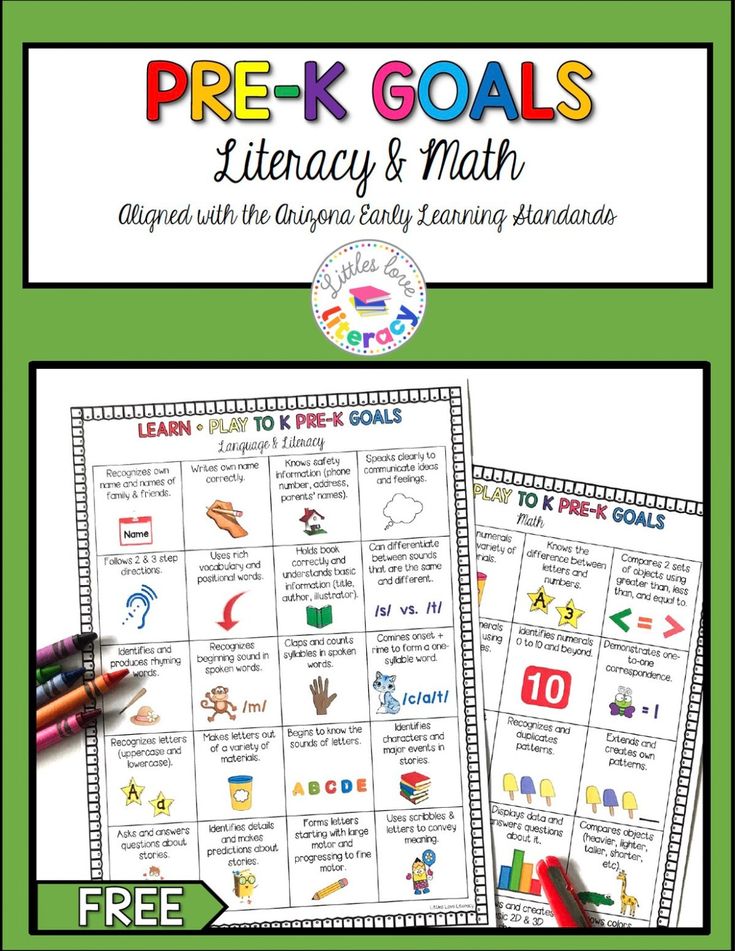 Count up to three of the same object. Say the answer out loud
Count up to three of the same object. Say the answer out loud
Count uniform objects (Part 2)
Practice counting. Count up to three of the same object. Say the answer out loud
Align groups of uniform objects and identify the total
The game will sort objects into categories, with 1, 2, or 3 per category. Count how many are in each category and say the answer out loud
Count scattered uniform objects
Practice counting objects that are not lined up in a row. Count up to three pieces of fruit that are scattered on the screen. Say the number out loud
Topic D: Matching 1 Numeral with up to 3 Objects
Students match groups of uniform objects to a total written in digits. They work with both aligned and scattered objects to match objects to a number or match a number to objects. They do not necessarily count each individual object, but are encouraged to "see" the total.
Identify the number of aligned objects
Practice identifying the numerals 1, 2, and 3.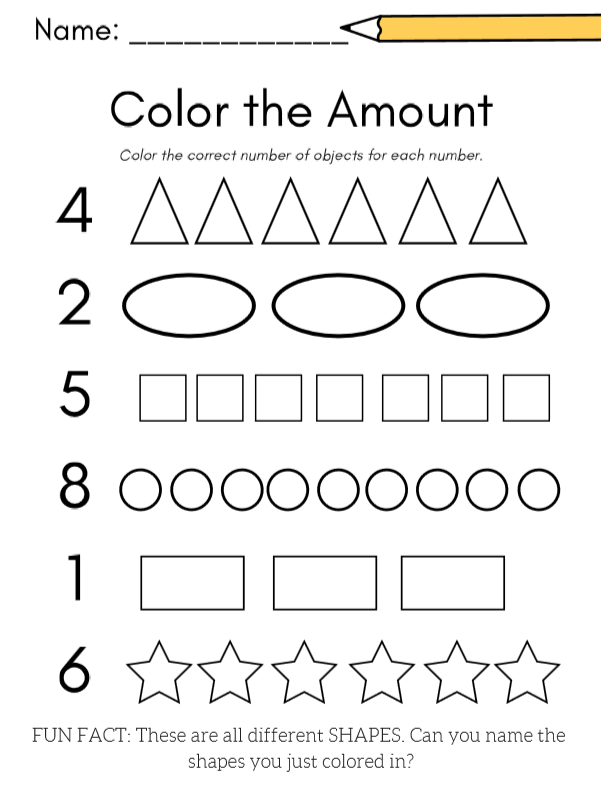 Count up to three objects, and click on the correct number
Count up to three objects, and click on the correct number
Identify the number of aligned and scattered objects
Practice subitizing up to three objects. Recognize how many there are by sight, without counting each one. Objects may be in a row or scattered on the screen. Click the number that tells how many
Identify the number of scattered objects
Practice subitizing up to three objects that are scattered on the screen. Recognize how many there are by sight, without counting each one. Click the number that tells how many
Identify a group of objects with a given total
Look at three groups of objects. Listen to the question asking which group has 1, 2, or 3 objects. Click on the correct group
Counting up to 3 practice
Practice counting 1, 2, and 3. Help Dino feed the goat and the rabbits by counting out 1 step, 2 steps, or 3 steps. The number of steps to take is shown by a numeral
Topic E: Totals of 4 and 5
Students build their ability to count with 1:1 matching and move in a left to right progression.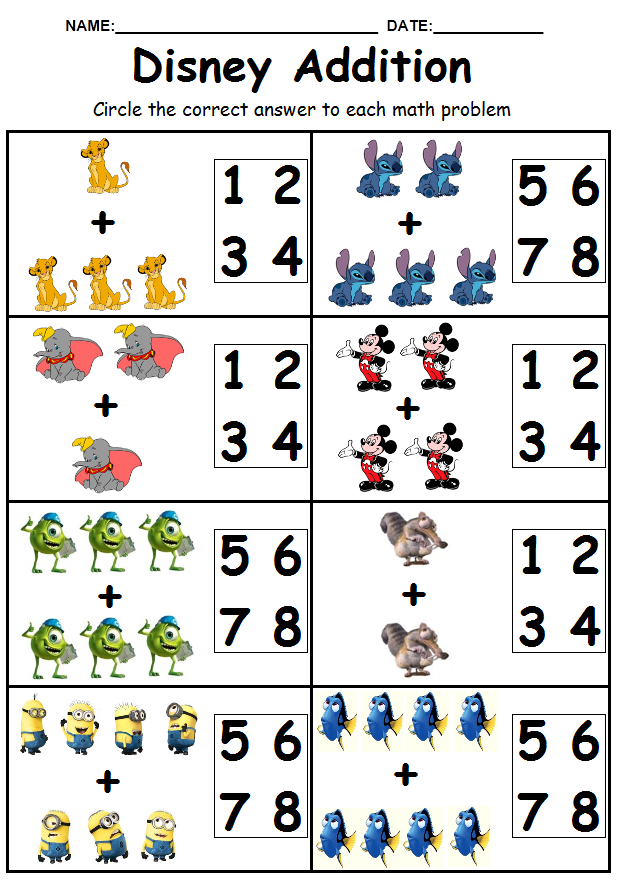 They are introduced to the concept of "a pair" and develop their visual recognition of totals without counting. Students begin to create parts (or groups) for totals of 4 or 5 objects.
They are introduced to the concept of "a pair" and develop their visual recognition of totals without counting. Students begin to create parts (or groups) for totals of 4 or 5 objects.
Count to identify the total of up to 5 identical objects
Practice counting up to 5 identical objects in a row. Click the number that shows the answer
Number up to 5 objects from left to right
Number up to five objects from left to right by clicking on the numbers in order, up to a given number
Identify a set of objects with a given total
Creatures called numberlings are holding stones. Click on the numberlings with a given number of stones to practice identifying a set of objects with a given total
Separate pairs of objects from a group of 4
Practice grouping objects in pairs by putting two objects in each group. Recognize that a pair means two
Separate objects into two pairs and count to reach a total of 4
Practice grouping objects in two pairs and then counting to find the total of four.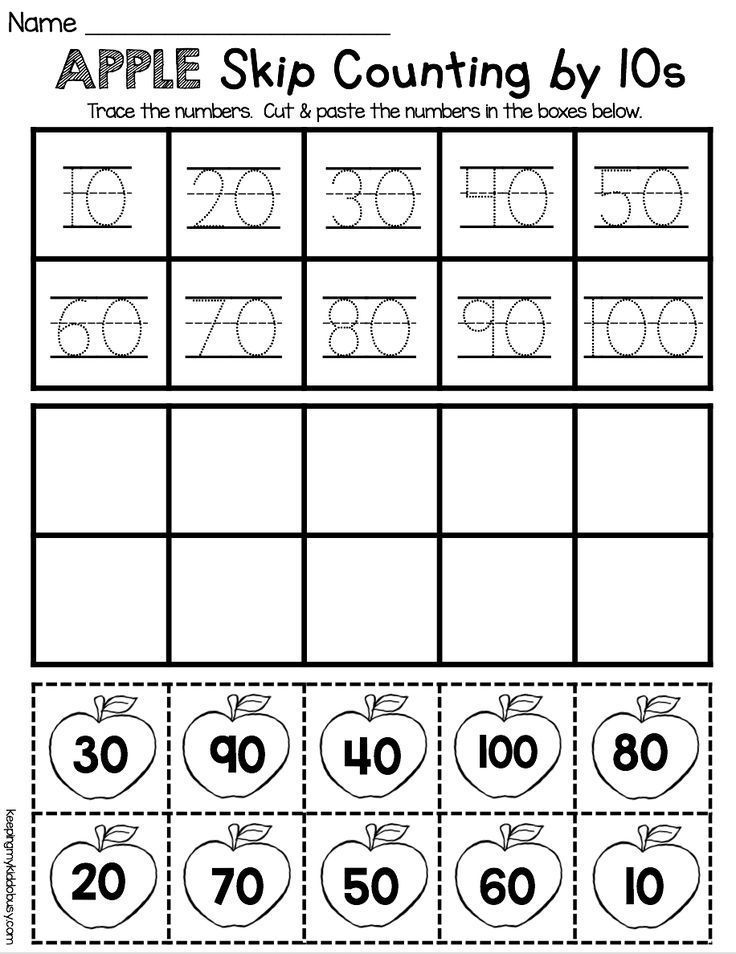 Click on the correct number to tell how many
Click on the correct number to tell how many
Identify totals of up to 4 identical objects
Practice subitizing up to four objects. Try to tell how many without counting each object
Split a set of 4 objects into two groups in different ways (Part 1)
Practice splitting 4 objects in two different ways. See that 4 objects can be split into 1 and 3 or 2 and 2
Split a set of 4 objects into two groups in different ways (Part 2)
Practice splitting 4 objects in two different ways. See that 4 objects can be split into 1 and 3 or 2 and 2
Split a set of 5 objects into two groups in different ways (Part 1)
Practice splitting 5 objects in two different ways. See that 5 objects can be split into 1 and 4 or 2 and 3
Split a set of 5 objects into two groups in different ways (Part 2)
Practice splitting 5 objects in two different ways. See that 5 objects can be split into 1 and 4 or 2 and 3
Topic F: Matching 1 Numeral with up to 5 Objects
Students match groups of uniform objects to a total written in digits.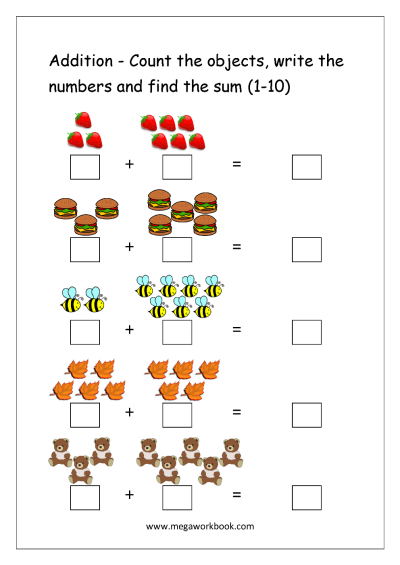 They work with both aligned and scattered objects to match objects to a number or match a number to objects. They do not necessarily count each individual object, but are encouraged to "see" the total.
They work with both aligned and scattered objects to match objects to a number or match a number to objects. They do not necessarily count each individual object, but are encouraged to "see" the total.
Align identical objects and determine the total
Place 4 or 5 objects in a row, and then count them. Click on the number that tells how many
Count a set of objects and report the total after the objects vanish
Count up to 5 creatures called numberlings as they peek above the bushes. See how many there are. Then after they hide, tell how many there were
Determine the total of scattered identical objects
Practice counting objects when they are not in a row. Count up to 5 identical objects when they are scattered on the screen
Identify which set of identical objects shows a given total
Listen to the question asking which plate has either 4 or 5 pieces of fruit. Then choose the plate with that number
Topic G: One More with Numbers 1 to 5
Students work with sets of identical objects to determine the total when one more is added.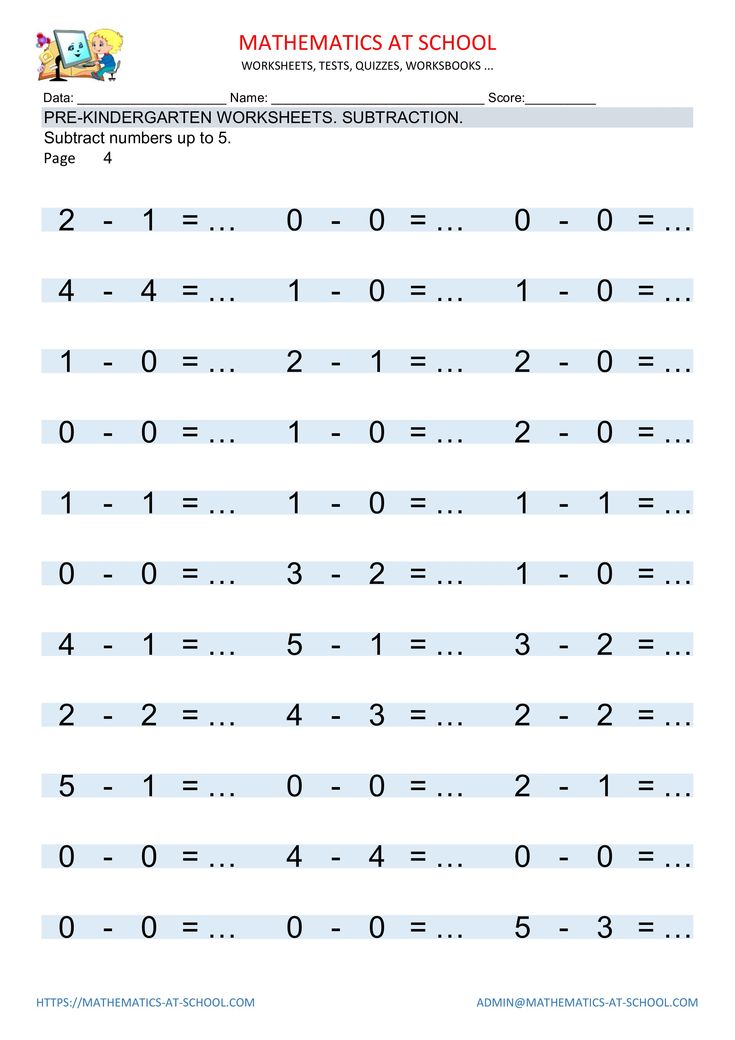 They may or may not count each object as they begin to rely on their ability to visually recognize totals up to five.
They may or may not count each object as they begin to rely on their ability to visually recognize totals up to five.
Determine the total after "one more" is added to a set of identical objects (Part 1)
Practice with the concept of one more. As each bird lands on a branch, tell how many birds by clicking on the numeral
Add "one more" object to a set and determine the total
Practice with the concept of one more. See how many blocks a child has. Then give the child one more block. Tell how many blocks they have now
Determine the total after "one more" is added to a set of identical objects (Part 2)
Practice identifying one more. Count how many objects are in a group. Then tell how many there are when one more is added
Determine the missing numbers on a number line numbered 1-5
Space worms have the numbers in order on their bodies! Fill in the one or two missing numbers on each space worm
Topic H: Counting 5, 4, 3, 2, 1
Students work with sets of identical objects to determine the total when one is removed.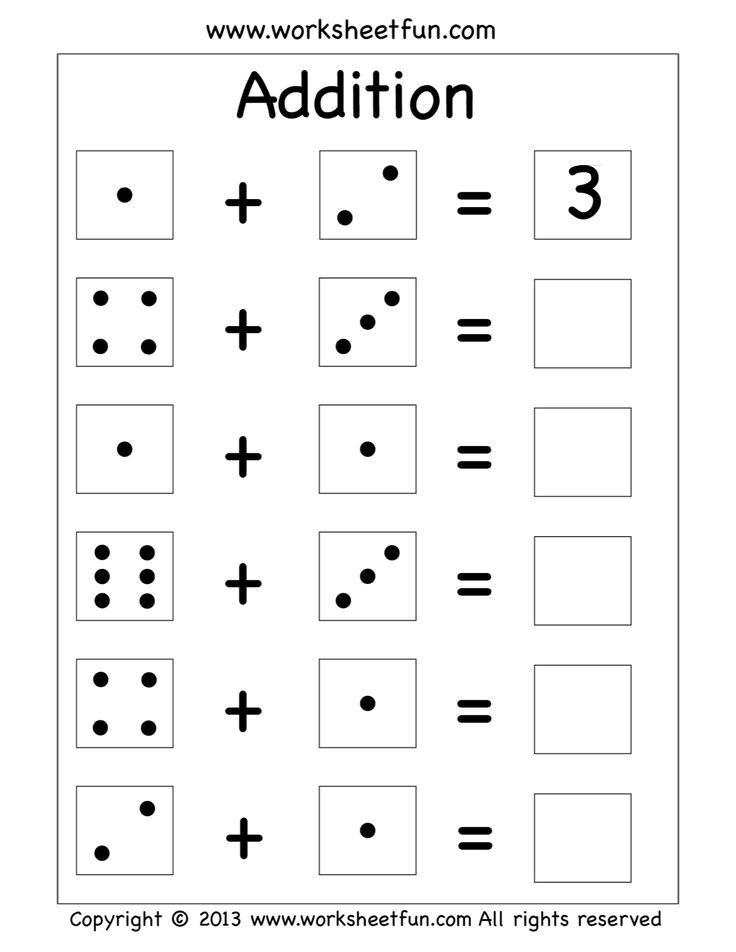 They may or may not count each object as they begin to rely on their ability to visually recognize totals up to five.
They may or may not count each object as they begin to rely on their ability to visually recognize totals up to five.
Determine the total of "one less" when one object is removed from a set (Part 1)
Practice with the idea of one less. Count 5 birds in their nests. Then tell how many there are after one flies away. Continue to tell how many one less is, from 5 birds down to one bird
Remove one object from a set and observe the total
Remove one object from a set of 5 objects and click on a numeral to tell how many there are. Continue finding one less, from 5 objects down to 1 object
Determine the total of "one less" when one object is removed from a set (Part 2)
Count the number of objects in a set of 4 or 5 objects. Then, tell how many there are after one object is removed
Determine the missing numbers on a number line numbered 5-1
Space worms have the numbers in order on their bodies. This time, the numbers go backwards, from 5 to 1.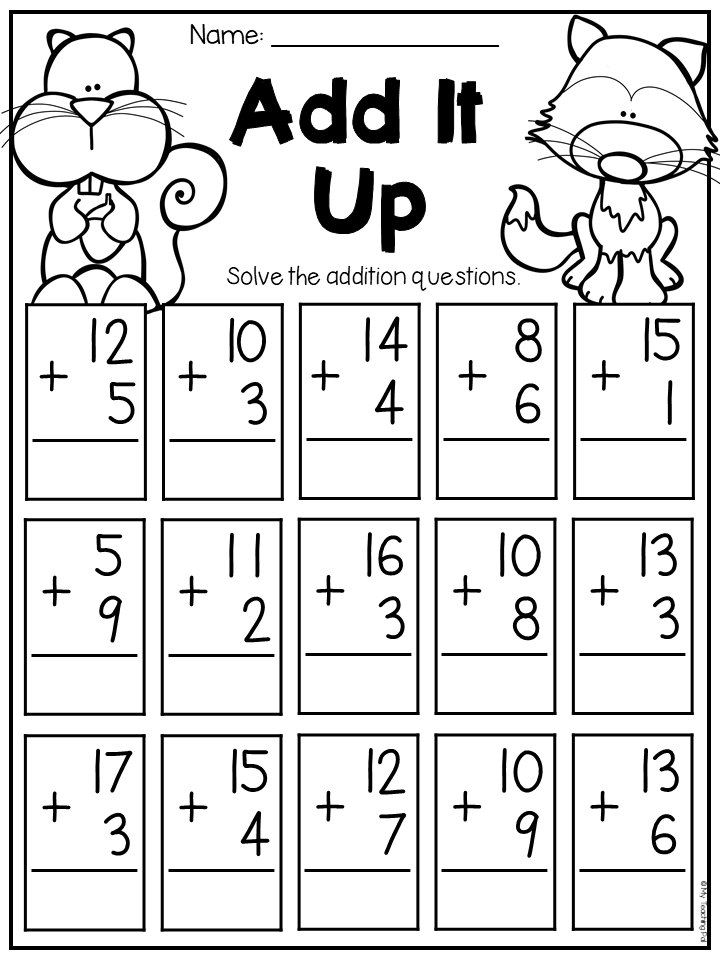 Fill in the one or two missing numbers on each space worm
Fill in the one or two missing numbers on each space worm
MODULE 2 Shapes
Topic A: Two-Dimensional Shapes
Students identify circles, squares, triangles, and rectangles of different sizes, colors, and orientation. Students also work with triangles and rectangles with different proportions. They learn the positions above, below, next to, in front of, and behind.
Identify circles from among a set of two-dimensional shapes
Practice recognizing circles. Then find and click on the circles in a set of shapes to feed them to the creature
Identify squares from among a set of two-dimensional shapes
Practice recognizing squares. Then find and click on the squares to feed them to the creature
Identify triangles from among a set of two-dimensional shapes
Practice recognizing triangles. Then find and click on the triangles to feed them to the creature
Identify rectangles from among a set of two-dimensional shapes
Practice recognizing rectangles.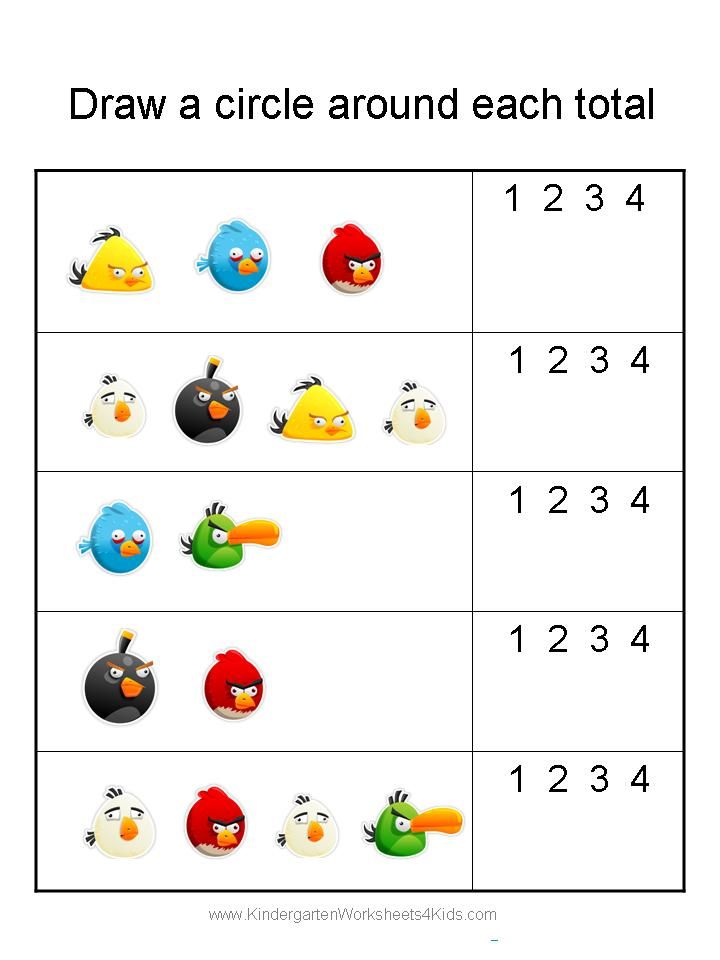 Then find and click on the rectangles to feed them to the creature
Then find and click on the rectangles to feed them to the creature
Identify the position above or below a given object (Part 1)
Practice the positional words "above" and "below." Help guide a spaceship through space by telling it to go above or below an asteroid
Identify the position above or below a given object (Part 2)
Practice the positional words "above" and "below" by tapping the space above or below the birds
Move objects up or down as instructed
Practice the words "up" and "down" by dragging handles up or down to reveal a space scene
Position a shape above or below another shape as instructed
Practice the words "above" and "below." Listen to the directions telling where to put the given shapes
Position an object next to another object as instructed
Practice the meaning of the positional phrase "next to" by positioning objects next to other objects
Identify an object based on the position near or between
Practice the meaning of the positional words "near" and "between" by locating a hiding creature based on a spoken clue
Position an object in front of or behind another object as instructed
Practice the positional terms "in front of" and "behind" by placing objects in front of or behind other objects
MODULE 3 Counting to 10
Topic A: How Many Questions with up to 7 Objects
Students continue developing their ability to count with 1:1 matching, moving in a left to right progression as well as from top to bottom to count objects in rows.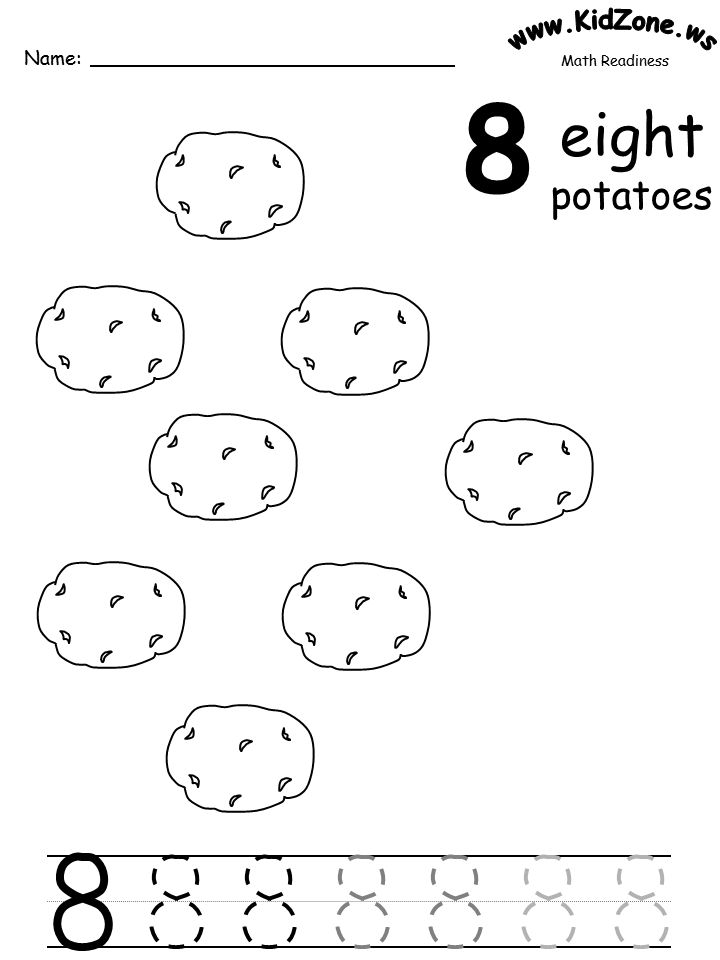 They continue to develop their visual recognition of totals without counting.
They continue to develop their visual recognition of totals without counting.
Recognize that one more than 5 is 6
Learn that one more than 5 is 6. Count a row 5 objects, then see one more object added to the row. Learn that the next number after 5 is 6 as a 6 tile is placed beside the 5 tile
Count 6 similar aligned objects from left to right
Count up to 6 similar objects that are in a row. Practice one-to-one correspondence by clicking on each object as you count
Tap objects to count the total to 6
Count 6 objects that are not in a row, and click on the number that tells how many
Identify totals of up to 6 identical objects
Count up to 6 objects, then click on the number that tells how many
Recognize that one more than 6 is 7
Learn that one more than 6 is 7. Count a row 6 objects, then see one more object added to the row. Learn that the next number after 6 is 7 as a 7 tile is placed beside the 6 tile
Count 7 similar aligned objects from left to right
Count up to 7 similar objects that are in a row.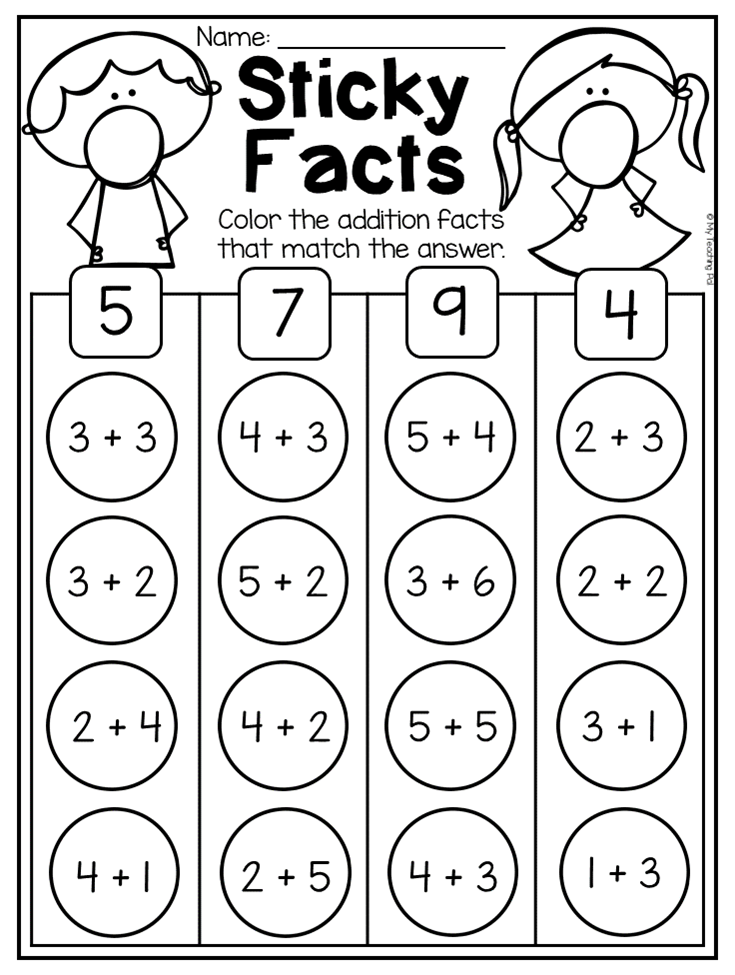 Practice one-to-one correspondence by clicking on each object as you count
Practice one-to-one correspondence by clicking on each object as you count
Tap objects to count the total to 7
Count 7 objects that are not in a row, and click on the number that tells how many
Identify totals of up to 7 identical objects
Count up to 7 similar objects that are in a row. Click on the number that tells how many
Align groups of identical objects and identify the total
Learn that it is easier to count objects when they are in a row. Line up 6 or 7 objects in a row, then count. Click on the number that tells how many
Count identical objects in two rows from left to right, top to bottom
Practice counting up to 6 objects that are placed in two rows by counting left to right and top to bottom
Topic B: Matching One Numeral with up to 7 Objects
Students work with groups of identical objects to split totals in different ways (a precursor to learning fact families). They count objects in different alignments, including circular, two rows, and vertical column.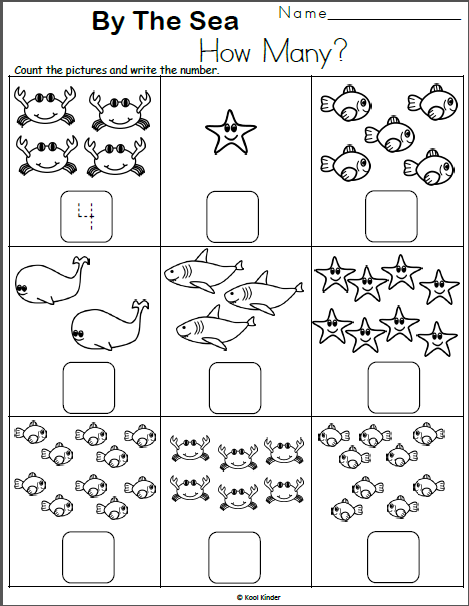 In the final exercise, they see that when objects are rearranged, the total remains the same.
In the final exercise, they see that when objects are rearranged, the total remains the same.
Combine and split groups of 6 identical objects and determine totals
Count how many pencils a girl has, then count how many pencils a boy has. Then, put all of the pencils together and count how many there are altogether
Split a group of 6 identical objects into two groups in different ways
Split 6 flowers into two groups in different ways. First, split the flowers into two groups of 3. Then split the flowers into a group of 1 and a group of 5
Combine and split groups of 7 identical objects and determine totals
Count how many pencils a girl has, then count how many pencils a boy has. Then, put all of the pencils together and count how many there are altogether
Split a group of 7 identical objects into two groups in different ways
Split 7 flowers into two groups in different ways. First, split the flowers into a group of 3 and a group of 4.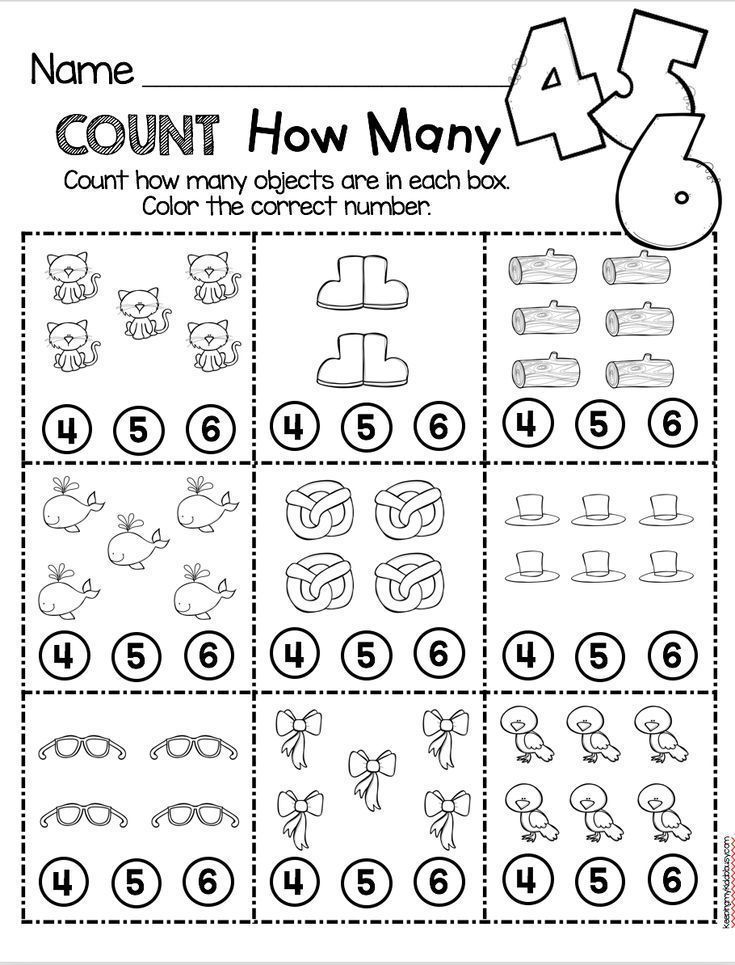 Then split the flowers into a group of 1 and a group of 6
Then split the flowers into a group of 1 and a group of 6
Distribute and count 7 identical objects aligned in a circular arrangement
Distribute 7 balls to 7 children who are standing in a circle. Then count the balls and click on the number to tell how many
Distribute and count 6 identical objects aligned in two rows
Practice one-to-one correspondence. Distribute 6 bowls of food to 6 pets who are sitting in two rows. Then count the bowls to tell how many
Distribute and count 5 or 6 identical objects aligned in a column
Practice counting objects that are in a column. Sew 5 or 6 buttons on a jacket. Then count the buttons and click on the number to tell how many
Topic C: How Many Questions with up to 8 Objects
Students continue developing their ability to count with 1:1 matching, moving in a left to right progression as well as from top to bottom to count objects in rows.
Recognize that one more than 7 is 8
Learn that one more than 7 is 8. Count a row 7 objects, then see one more object added to the row. Learn that the next number after 7 is 8 as an 8 tile is placed beside the 7 tile
Count a row 7 objects, then see one more object added to the row. Learn that the next number after 7 is 8 as an 8 tile is placed beside the 7 tile
Count 8 similar aligned objects from left to right
Count up to 8 similar objects that are in a row. Practice one-to-one correspondence by clicking on each object as you count
Identify totals of up to 8 identical objects
Practice counting. Count up to 8 identical objects that are in a row
Align groups of identical objects and identify the total
See that it is easier to count if you line up the objects in a row first. Align up to 8 objects in a box, then count them and click on the number that tells how many there are
Count identical objects in two rows from left to right, top to bottom
Practice counting up to 8 objects that are placed in two rows by counting left to right and top to bottom
Topic D: Matching One Numeral with up to 8 Objects
Students match groups of uniform objects to a total written in digits.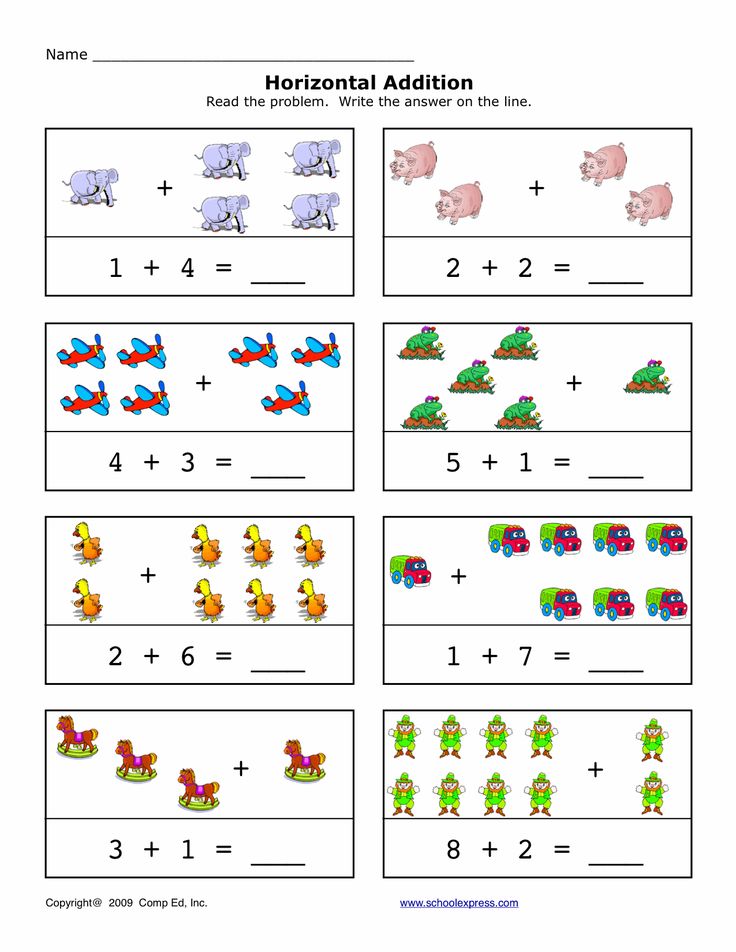 They work with both aligned and scattered objects to match objects to a number or match a number to objects. Students begin to create parts (or groups) for totals of up to eight objects.
They work with both aligned and scattered objects to match objects to a number or match a number to objects. Students begin to create parts (or groups) for totals of up to eight objects.
Identify the total of 8 identical objects aligned in two groups
Count how many pencils a girl has, then count how many pencils a boy has. Then, put all of the pencils together and count how many there are altogether
Split a set of 8 objects into two groups in different ways
Split 8 flowers into two groups in different ways. First, split the flowers into two groups of 4. Then split the flowers into a group of 2 and a group of 6
Identify the total of 8 identical objects aligned in a circle
Distribute 7 balls to 7 children who are standing in a circle. Then count the balls and click on the number to tell how many
Identify the total of 8 identical objects aligned in two rows
Distribute bowls of food to 8 dogs who are sitting in two rows. Then count the bowls to tell how many
Identify the total of 7 identical objects aligned vertically
Practice counting objects that are in a column.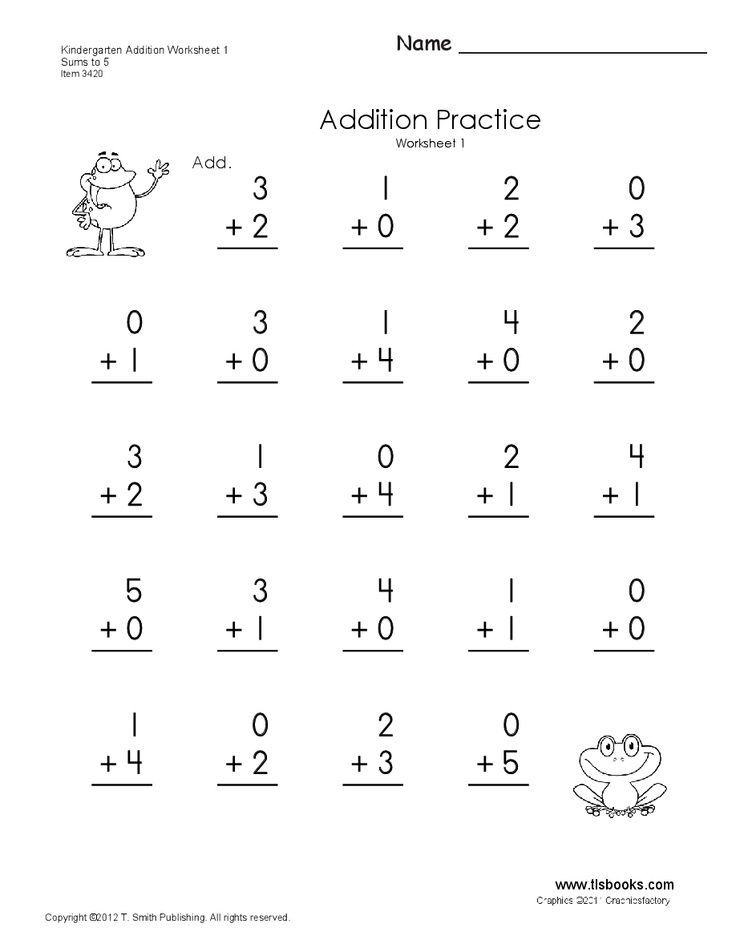 Sew buttons on a jacket. Then count the buttons and click on the number to tell how many
Sew buttons on a jacket. Then count the buttons and click on the number to tell how many
Topic E: How Many Questions with 0 up to 9 Objects
Students are introduced to the concept of 0. They continue developing their ability to count with 1:1 matching, moving in a left to right progression as well as from top to bottom to count objects in rows.
Recognize that 0 is an amount that is one less than 1
Learn the meaning of zero. Find one less than 3, one less than 2, and one less than 1. See that the 0 tile goes to the left of 1 in the row of numbers
Determine which set of identical objects has a total of 0
Practice with the concept of zero. Look at three plates and choose the plate that has 0 pieces of fruit
Determine totals of identical objects, including 0
Practice with the concept of zero. Look at the number of pencils that two children have on their desks. One of the children has 0 pencils. The other child has some pencils. Click on the numbers to tell how many pencils each child has
Recognize that one more than 8 is 9
Learn that one more than 8 is 9.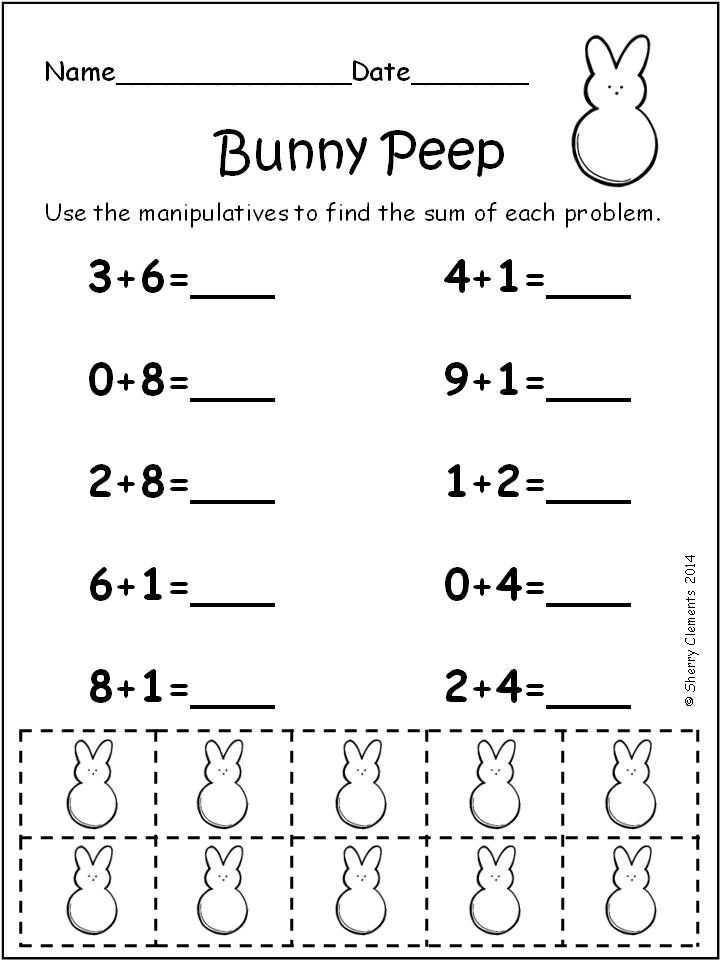 Count a row 8 objects, then see one more object added to the row. Learn that the next number after 8 is 9 as a 9 tile is placed beside the 8 tile
Count a row 8 objects, then see one more object added to the row. Learn that the next number after 8 is 9 as a 9 tile is placed beside the 8 tile
Count 9 similar aligned objects from left to right
Count up to 9 similar objects that are in a row. Practice one-to-one correspondence by clicking on each object as you count
Identify totals of up to 9 identical objects
Practice counting. Count up to 9 identical objects that are in a row
Align groups of identical objects and identify the total
See that it is easier to count if you line up the objects in a row first. Align up to 9 objects in a box, then count them and click on the number that tells how many there are
Topic F: Matching One Numeral with 0 up to 9 Objects
Students work with groups of identical objects to split totals in different ways (a precursor to learning fact families). They count objects in different alignments, including circular and rows. In the final exercise, they see that when objects are rearranged, the total remains the same.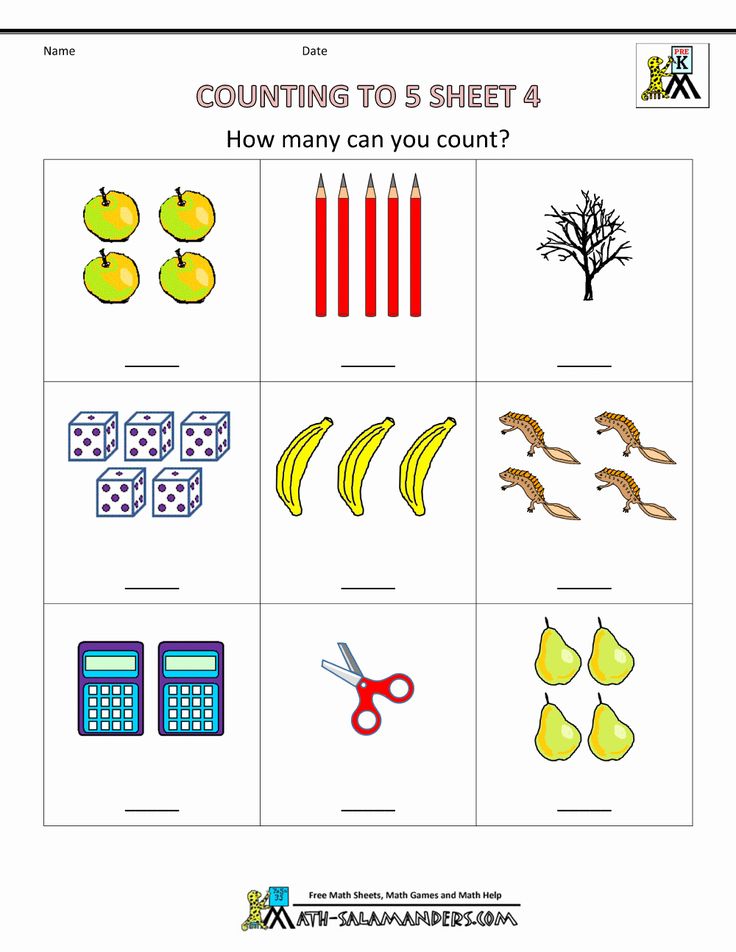
Combine and split groups of 9 identical objects and determine totals
Count how many pencils a girl has, then count how many pencils a boy has. Then, put all of the pencils together and count how many there are altogether
Split a group of 9 identical objects into two groups in different ways
Split 9 flowers into two groups in different ways. First, split the flowers into a group of 3 and a group of 6. Then split the flowers into a group of 2 and a group of 7
Count 7 identical objects aligned in a circular arrangement
Practice counting objects that are in a circular arrangement. Count identical objects that are arranged in a circle
Distribute and count 9 identical objects aligned in a circular arrangement
Distribute balls to 9 children who are standing in a circle. Then count the balls and click on the number to tell how many
Topic G: How Many Questions with up to 10 Objects
Students continue developing their ability to count with 1:1 matching, moving in a left to right progression as well as from top to bottom to count objects in rows.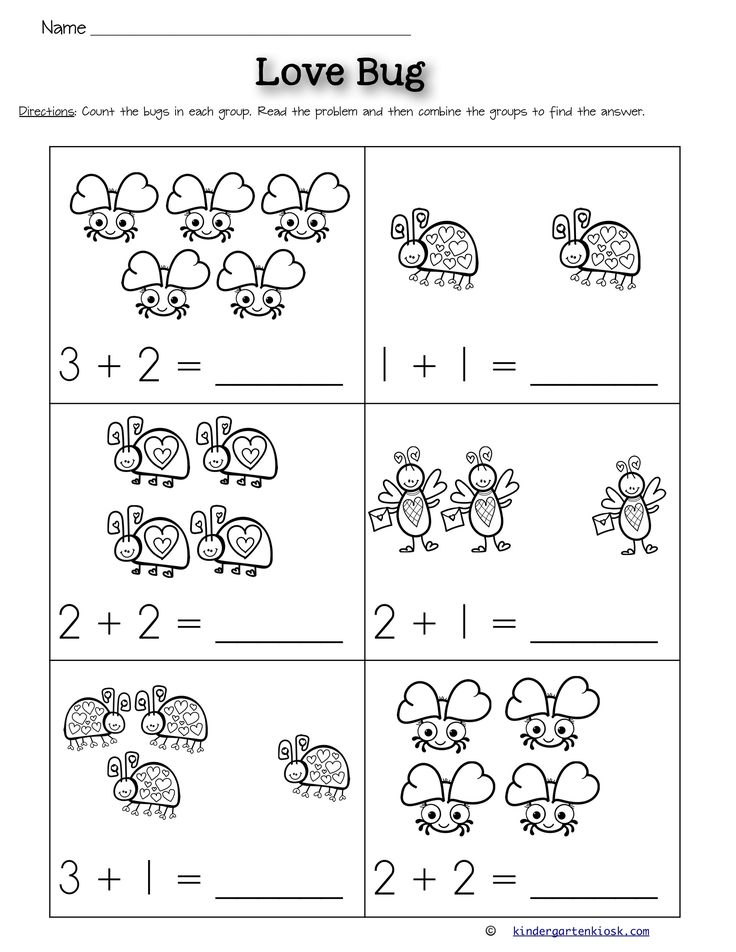
Recognize that one more than 9 is 10
Learn that one more than 9 is 10. Count a row 9 objects, then see one more object added to the row. Learn that the next number after 9 is 10 as a 10 tile is placed beside the 9 tile
Count 10 similar aligned objects from left to right
Count up to 10 similar objects that are in a row. Practice one-to-one correspondence by clicking on each object as you count
Identify totals of up to 10 identical objects
Practice counting. Count up to 10 identical objects that are in a row
Align groups of identical objects and identify the total
See that it is easier to count if you line up the objects in a row first. Align up to 10 objects in a box, then count them and click on the number that tells how many there are
Count identical objects in two rows from left to right, top to bottom
Practice counting up to 10 objects that are placed in two rows by counting left to right and top to bottom
Topic H: Matching One Numeral with up to 10 Objects
Students work with groups of identical objects to split totals in different ways (a precursor to learning fact families).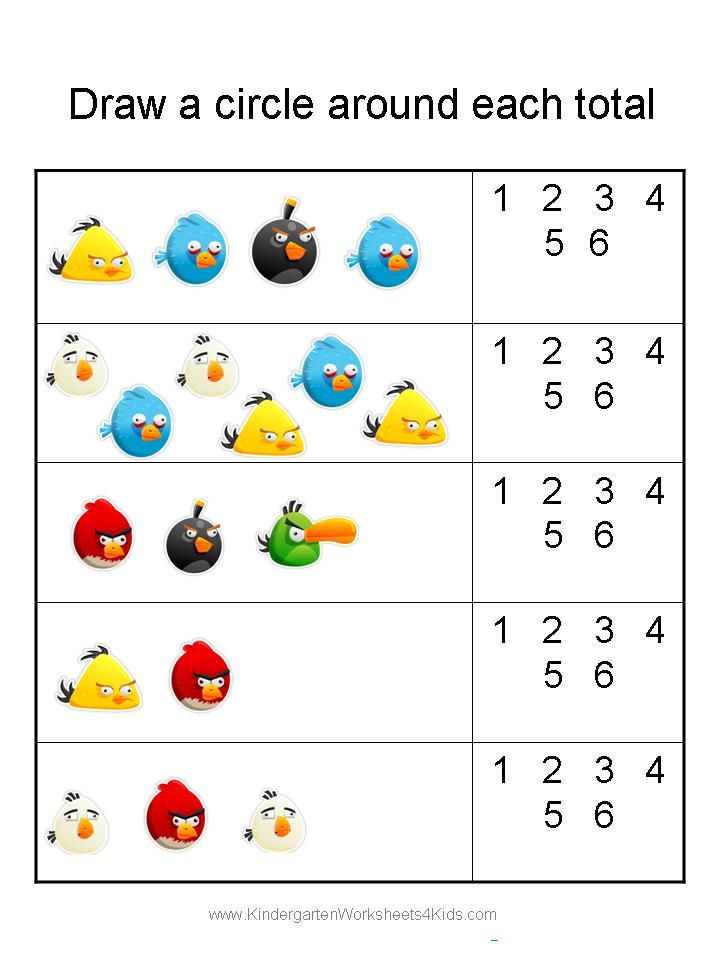 They count objects in different alignments, including circular and two rows. In the final exercise, they see that when objects are rearranged, the total remains the same.
They count objects in different alignments, including circular and two rows. In the final exercise, they see that when objects are rearranged, the total remains the same.
Combine and split groups of 10 identical objects and determine totals
Count how many pencils a girl has, then count how many pencils a boy has. Then, put all of the pencils together and count how many there are altogether
Split a group of 10 identical objects into two groups in different ways
Split 10 flowers into two groups in different ways. First, split the flowers into two groups of 5. Then split the flowers into a group of 3 and a group of 7
Distribute and count 10 identical objects aligned in two rows
Practice one-to-one correspondence. Distribute bowls of food to 10 pets who are sitting in two rows. Then count the bowls to tell how many
MODULE 4. Comparison of Length, Weight, Capacity, and Numbers to 5
Topic A: Comparison of Length
Students are introduced to the terms "taller," "higher," and "about the same" regarding height and length.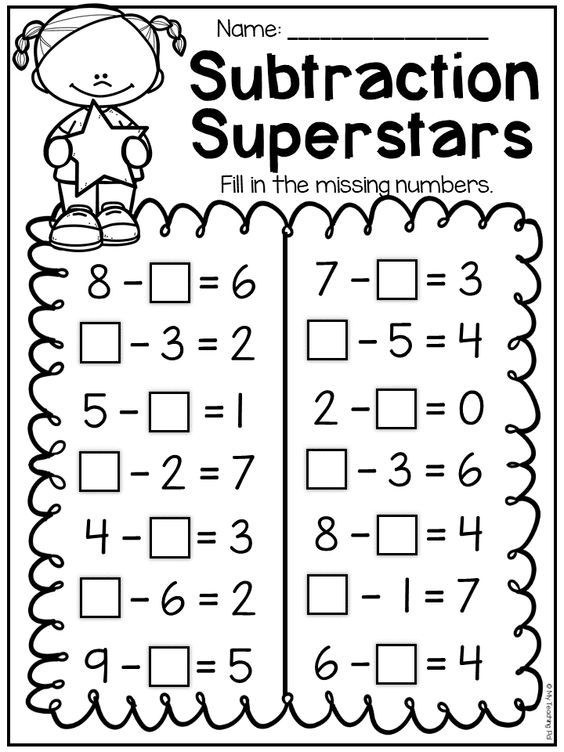 They work with familiar objects to make determinations about height or weight, eventually manipulating objects to create the desired height or weight.
They work with familiar objects to make determinations about height or weight, eventually manipulating objects to create the desired height or weight.
Determine which of two objects is taller
Practice with the words "taller" and "shorter." Place two objects next to each other, then click the taller object
Determine which of two objects is longer or shorter
Practice with the words "longer" and "shorter." Place two objects next to each other, then click the longer or shorter object
Identify two objects that are about the same height
Practice identifying objects that are about the same height. Look at two pairs of objects. Choose the pair of objects that are about the same height. Then look at three objects and choose the two objects that are about the same height
Identify two objects that are about the same length
Look at three objects, and choose the two objects that are about the same length. Then show where to cut one ribbon to make it about the same length as another ribbon
Identify an object that is about the same length or height as a given object
Practice comparing length and height.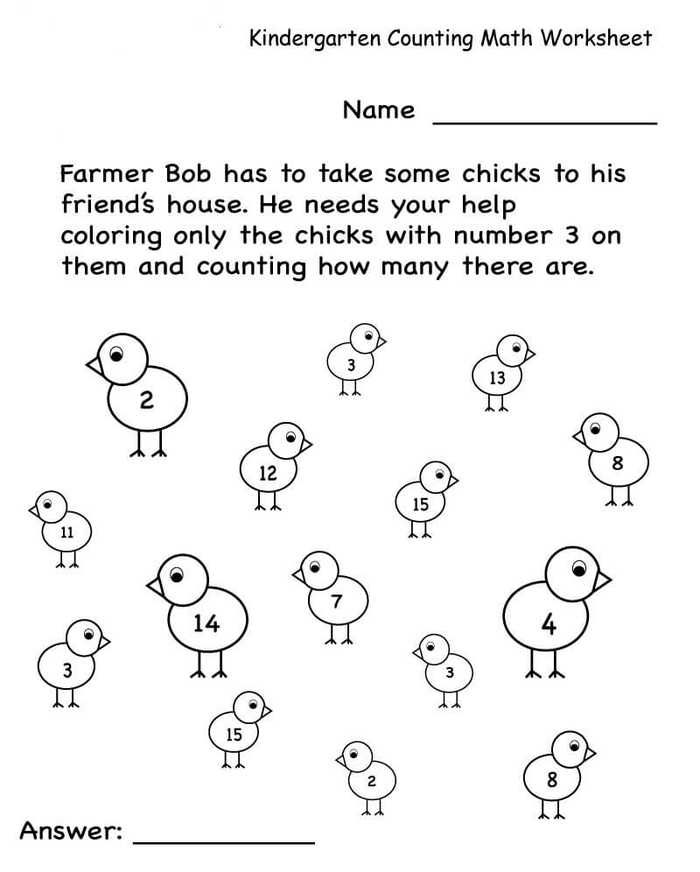 Look at three objects and choose the one that is about the same length or height as a given object
Look at three objects and choose the one that is about the same length or height as a given object
Add cars or take them away to make a train the same length as a given train
Practice making trains of the same length. Add train cars or take train cars away to make a train the same length as a given train
Add cubes or take them away to make a tower the same height as a given tower
Build a tower with cubes to make a tower that is the same height as another tower. Then take cubes away from a tower until it is the same height as another tower
Topic B: Comparison of Weight
Students are introduced to the terms "heavier," "lighter," and "about the same" regarding weight. They first work with familiar objects to make determinations about weight based on intuition. Then, they learn how a balance scale (see-saw) works and use that to determine comparative weights.
Determine which of two objects is heavier or lighter
Look at two containers, and then put an object into one of the containers.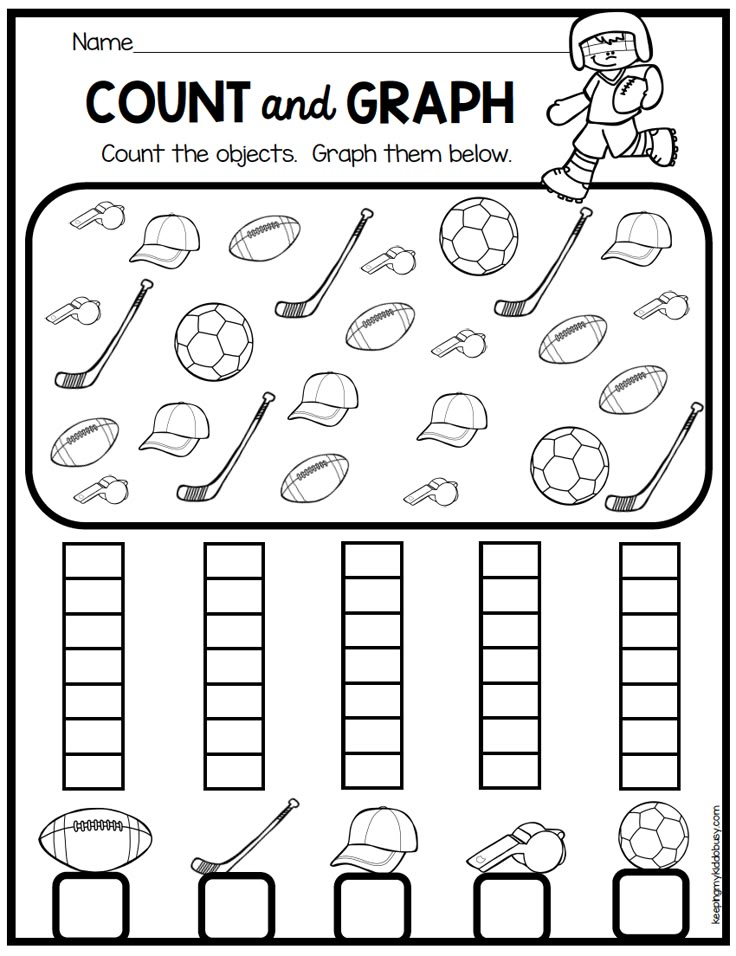 Then choose which is heavier or which is lighter
Then choose which is heavier or which is lighter
Determine which of two objects on a balance scale is heavier or lighter
Place two objects on a see-saw. Look at which side is down and which side is up. Then tell which object is heavier and which object is lighter
Determine which of two balance scales holds objects that are about the same weight
Recognize when a balance scale is balanced. Look at two seesaws with objects on each side. Choose the see-saw that shows two objects that are about the same weight
Identify which picture of objects on a balance scale matches a description of their weight (Level 1)
Recognize which object on a balance scale is heavier or lighter, and when the two objects have about the same weight. Listen to a statement that compares the weights of two objects. Then choose the picture out of the two that matches the statement
Identify which picture of objects on a balance scale matches a description of their weight (Level 2)
Recognize which object on a balance scale is heavier or lighter, and when the two objects have about the same weight.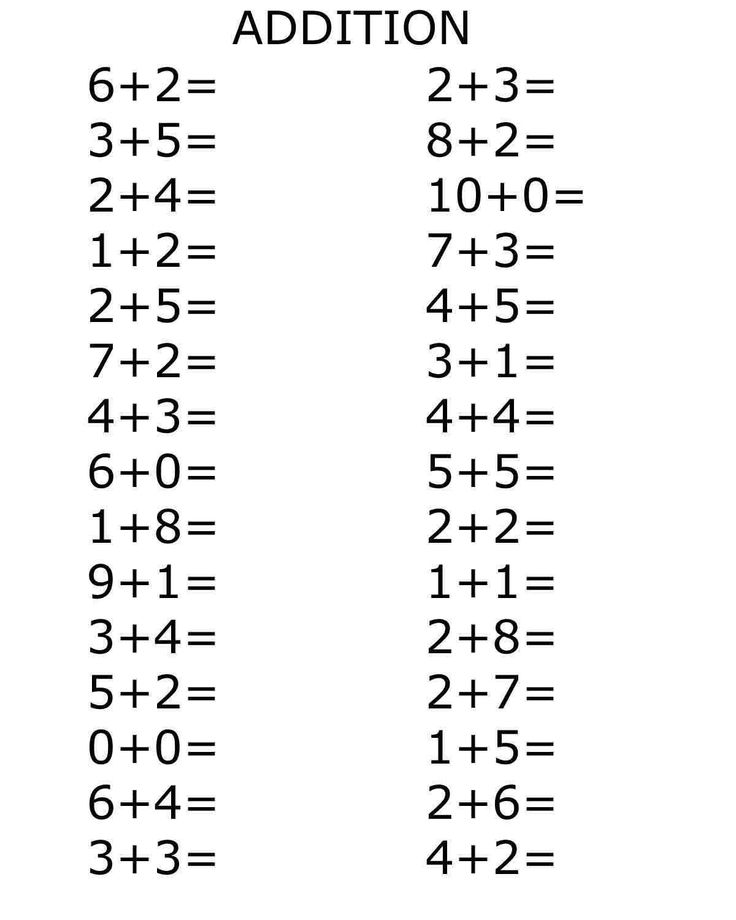 Listen to a statement that compares the weights of two objects. Then choose the picture out of the three that matches the statement
Listen to a statement that compares the weights of two objects. Then choose the picture out of the three that matches the statement
MODULE 5 Addition and Subtraction Stories
Topic A: Contextualizing Addition Stories to Solve
Students count identical objects aligned in a row. Then additional objects, identical except for the color, are added to the row. Students count those objects and then determine the total.
Count two groups of objects and determine the total (Part 1)
Count how many objects are in each of two groups. Then tell how many there are altogether. The sums are up to 5
Count two groups of objects and determine the total (Part 2)
Count how many objects are in each of two groups. Then tell how many there are altogether. The sums are up to 5
Topic B: Contextualizing Subtraction Stories to Solve
Students count identical objects aligned in a row. Then some of the objects are taken away (balloons pop, pears are eaten, etc.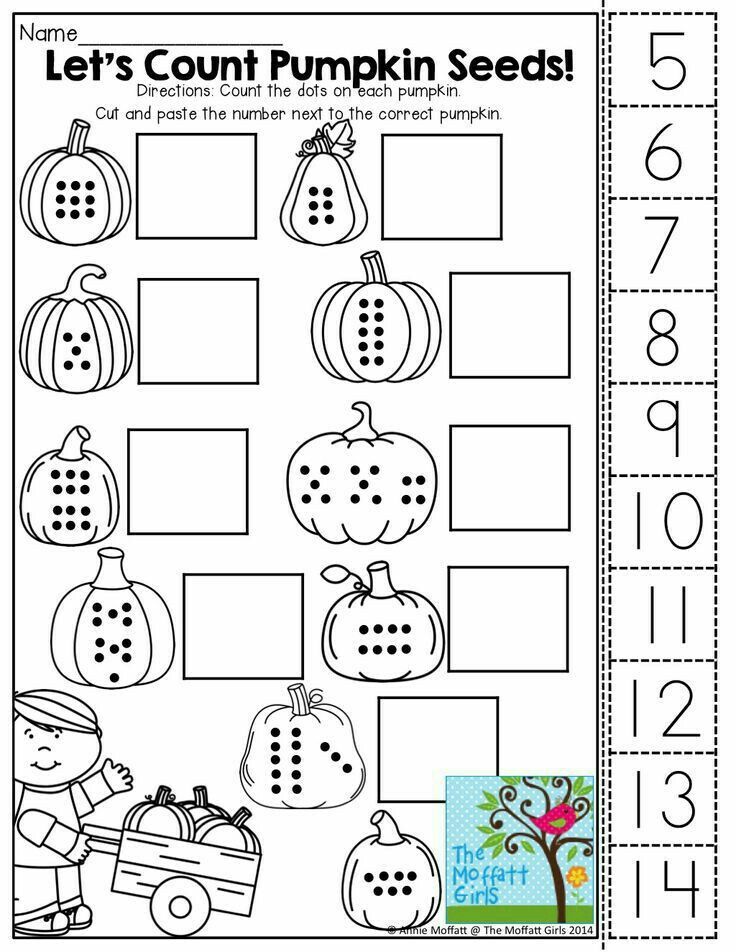 ). Students count the remaining objects to determine the difference.
). Students count the remaining objects to determine the difference.
Determine the number of objects at different points in a subtraction scenario (Part 1)
Visualize subtraction situations. Count some balloons. Tell how many pop and how many are left. Then count some pieces of fruit. Tell how many are eaten, and tell how many are left. The minuends are up to 5
Determine the number of objects at different points in a subtraction scenario (Part 2)
Visualize subtraction situations. Count some pieces of fruit. Tell how many are eaten, and tell how many are left. Then count some balloons. Tell how many pop and how many are left. The minuends are up to 5
Topic C: Decontextualizing Addition Stories to Solve Using Fingers, Objects, and Drawings
Students move toward more abstract thinking by using cubes to represent real objects (birds, balloons, apples, etc.). They build understanding that the number of cubes represents the objects with 1:1 matching and can be used in determining totals in simple addition stories.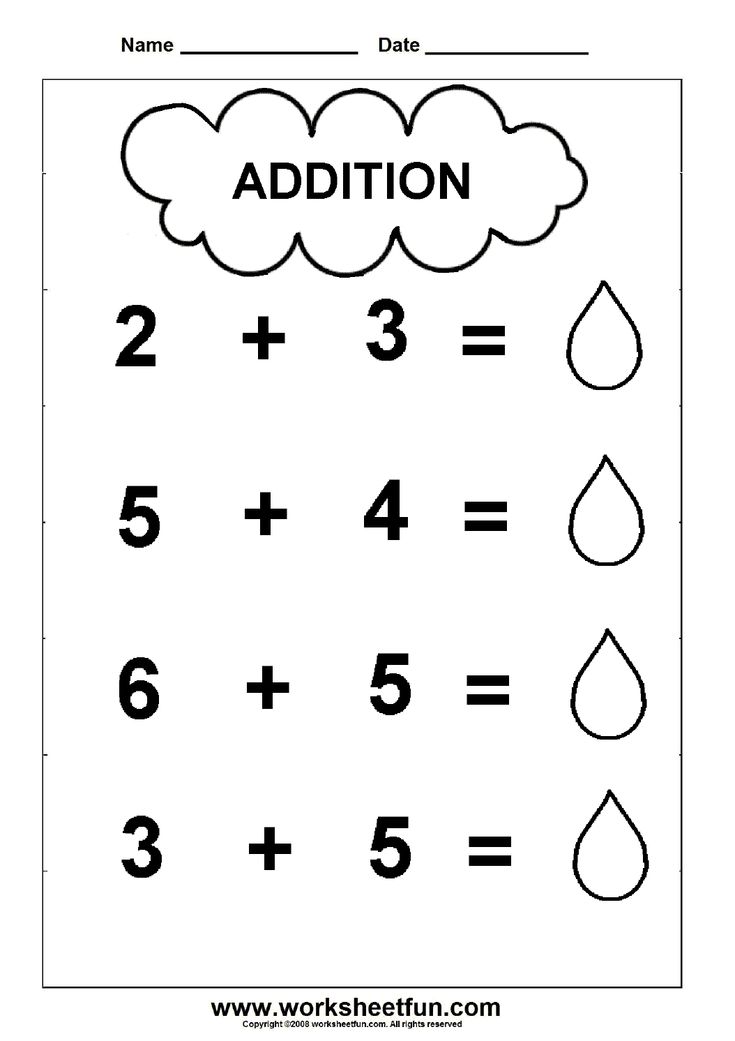
Match cubes 1:1 with objects aligned in a row (Level 1)
Match cubes one-to-one with up to 4 objects. This will help students model story problems using cubes as a model
Match cubes 1:1 with objects aligned in a row (Level 2)
Practice modeling a situation with cubes. Look at a picture of up to 4 objects. Place the correct number of cubes to model the number of objects
Determine the number of objects represented by cubes
Practice modeling a situation with cubes. Look at a picture of up to 4 objects. Place the correct number of cubes to model the number of objects. Then, the objects will be hidden. Look at the number of cubes, and tell how many objects are hidden
Match cubes 1:1 with objects aligned in a row (Level 3)
Practice one-to-one correspondence and modeling. Model different colored objects with different colored cubes. Make sure the number of cubes matches the number of objects
Determine the number of objects represented by cubes in an addition scenario (Level 1)
Model addition situations with cubes.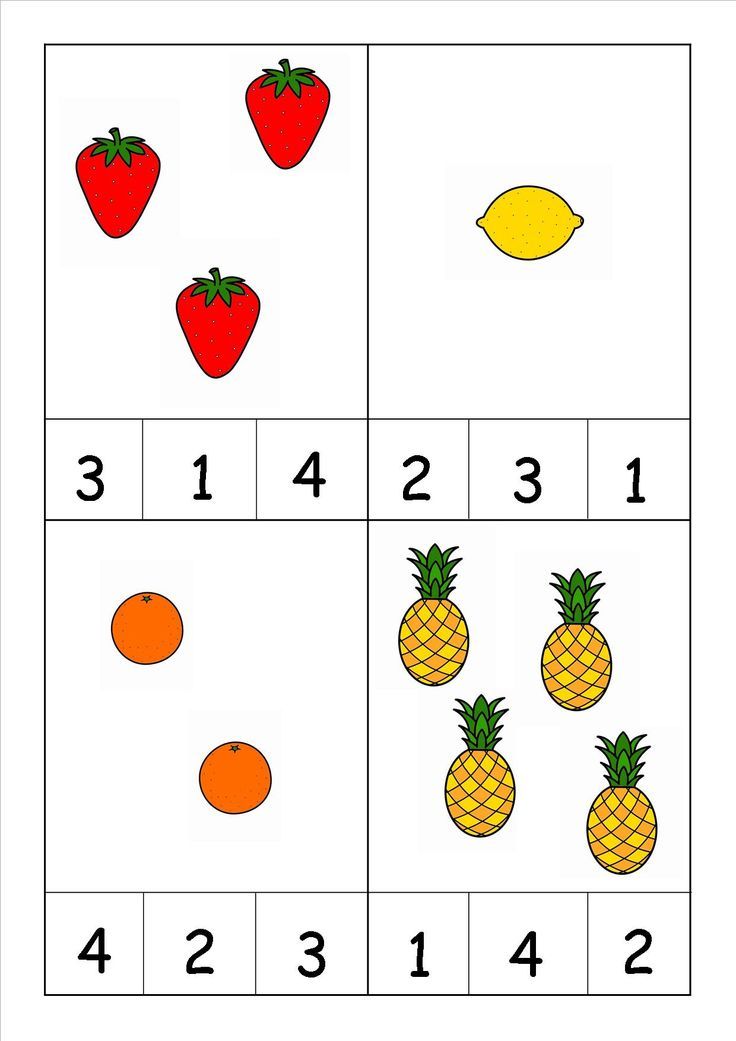 Use a different colored cubes for different colored objects. Then, the objects will be hidden. Find how many objects there are altogether by counting the cubes
Use a different colored cubes for different colored objects. Then, the objects will be hidden. Find how many objects there are altogether by counting the cubes
Determine the number of objects represented by cubes in an addition scenario (Level 2)
Practice modeling with cubes. Listen to a description telling a number of objects and model the number of objects using cubes. Then, set up addition problems with sums to 5 by modeling the two addends with cubes
Determine the total of two groups of objects based on their representation in cubes
Use cubes to model an addition story problem. Then solve the problem by finding the total number of cubes
Topic D: Decontextualizing Subtraction Stories to Solve Using Fingers, Objects, and Drawings
Students move toward more abstract thinking by using cubes to represent real objects . They build understanding that the number of cubes represents the objects with 1:1 matching and can be used in determining totals in simple subtraction stories.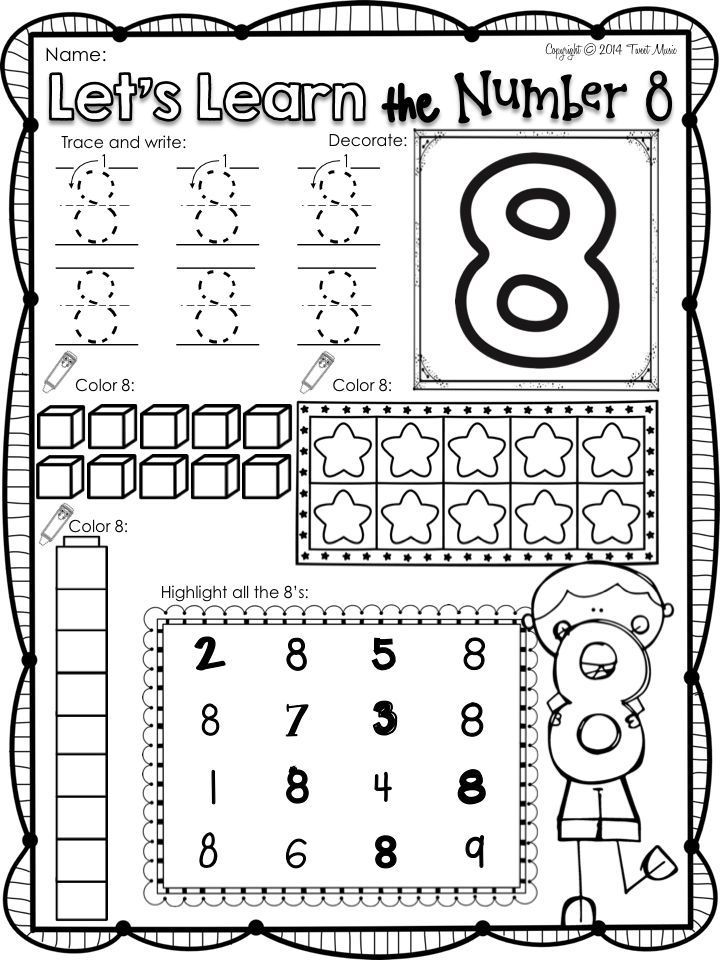
Represent subtraction scenarios using cubes to match objects 1:1
Model subtraction situations with up to 5 cubes. Look at how many pieces of fruit were eaten. Click on cubes to make that number plums or apples disappear
Determine the number of objects represented by cubes in a subtraction scenario
Use cubes to model a subtraction story problem. Click on cubes to make them disappear. Then the objects will be hidden. Find how many objects are hidden by counting the remaining cubes
Entertaining math for preschoolers, math games and online tasks
HomeExercisesMath
Math
Learning shapes course
View all
What is symmetry?
Part of the whole
We study the figures (1)
We study the figures (2)
Study the figures (3)
We study the figures (4)
Posal Line
polygon
polygons (1)
View all
Course Learn numbers
View all
Number 1 (1)
Distinguish numbers from 0 to 9 (1)
Distinguish numbers from 0 to 9 (2)
Distinguish numbers from 0 to 9 (3) 9000
Distinguish numbers from 0 to 9 (4)
Number line up to 10 (1)
Digit 1 (2)
Digit 2 (1)
Digit 2 (2)
See all
View all
Funny numbers (1)
Funny numbers (2)
Cheerful count up to 3
Cheerful count up to 5
Where else? (1)
Where is more? (2)
Let's count!
Remove the numbers up to 3
We play and consider
View all
Consider up to 10
View all
Funny account up to 10 (1)
Funny score up to 10 (2)
Tasks for up to 10 up to 10 (1)
Number line problems up to 10 (2)
Play and count (1)
Play and count (2)
Which is in order up to 10?
Count down from 10 to 1 (1)
Count down from 10 to 1 (2)
View all
Count up to 20
View all order up to 20 (1)
Correlating objects and numbers up to 20 (1)
Composition of the number 12
Counting in pairs up to 20
Counting objects up to 20
Counting objects up to 20 (2)
Count items up to 20 (3)
Count items up to 20 (4)
View all
Count up to 100
View all
Approximate count (2)
Millimeter
Approximate count (1)
Arrange in order to 100 (1)
Count to one hundred
View all
Number composition
View all
Number composition 3 20 90Ol000 Learning to solve problems up to 10 (1)
Learning to solve problems up to 10 (2)
Examples in pictures
Subtract and add
Subtraction with the transition through a dozen (2)
Subtraction through ten (3)
Drag answer
Addition.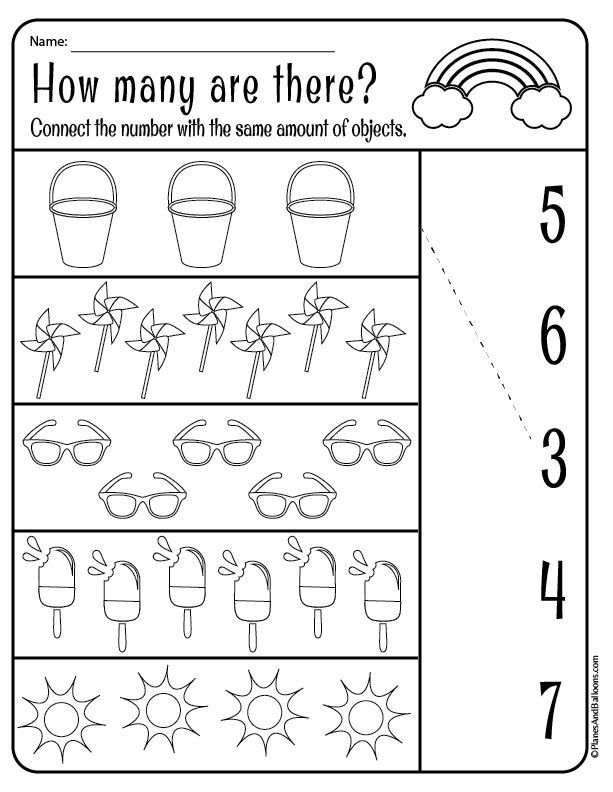 Terms. Sum. (1)
Terms. Sum. (1)
Addition. Terms. Sum. (2)
View all
Compare numbers
View all
Longer, shorter, equal in length
Comparing numbers in pictures up to 10
Odd or even
Comparing expressions. Equalities and inequalities
Comparison of numbers within a million
Comparison of numbers in pictures up to 20
Comparison of numbers within 20
Compare the numbers
View all
We multiply and divide
View all
Remember the multiplication table
Division by 10 and 100
Division with a remainder of
The division of a three -digit number by a single -digit
Multiplication and division problems
Do you know the multiplication table? (1)
Do you know the multiplication table? (2)
Written division with remainder
Written multiplication by a two -digit number
View all
We solve problems and examples
View all
Learning to solve problems up to 10 (1)
Money LOVE
diagrams
Subtraction checks for multiplication tasks and tasks for multiplication and division
Examples with brackets
Add and subtract
Composition of the number
Composition of the number
View all
Determine the time
View all
days of the week (1)
days of the week (2)
Memorial months (2)
Distinguish the seasons
We remember months (1)
Determine the time by shooters
hours with arrows
Autumn riddles (1)
Seasons - spring (2)
View all
Why do we need mathematics?
Mathematics is a fundamental science that appeared at the moment when a person needed to calculate something.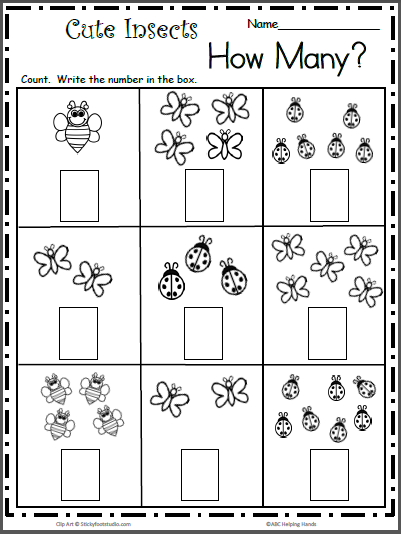 We can say that her age is not much different from the age of mankind. Mathematics helps, on the one hand, to develop abstract thinking, on the other hand, to solve applied problems in everyday life.
We can say that her age is not much different from the age of mankind. Mathematics helps, on the one hand, to develop abstract thinking, on the other hand, to solve applied problems in everyday life.
Mathematical thinking, or mathematical mindset, is based on logic, the ability to build cause-and-effect relationships, critical thinking, the desire to get to the bottom of a question or problem.
Mathematics forms skills that are relevant for any historical period, especially for the present.
What is entertaining mathematics?
Undoubtedly, mathematical abilities are developed by special efforts.
One option is to study mathematics by solving mathematical problems. For an easier and more exciting learning process, a special section is used - entertaining mathematics. In thoughtful game tasks, interesting plots, using humor, the science of mathematics appears in the most attractive form, which is especially important when teaching children.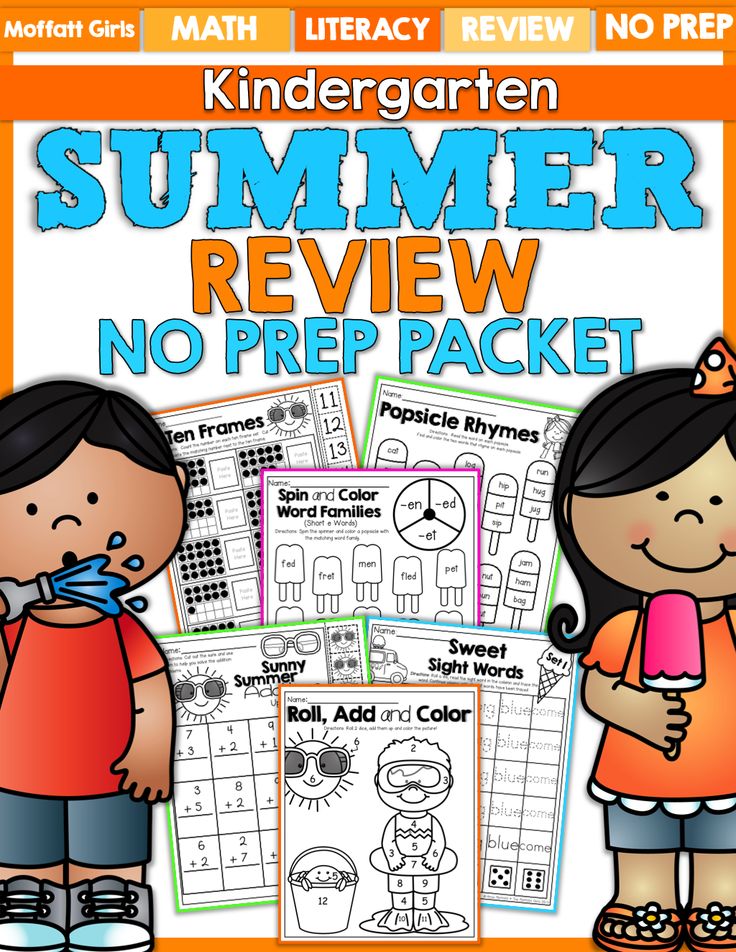 Children's curiosity and excitement allow you to get involved in the world of abstract calculations and go from entertaining puzzles to real complex mathematics.
Children's curiosity and excitement allow you to get involved in the world of abstract calculations and go from entertaining puzzles to real complex mathematics.
Why does the child not understand mathematics?
There is no definite answer to this question. Perhaps the child has not yet fully mastered the skills of counting. Here, counting games from very simple to complicated options, for example, with dice (as an option, rpg board games) will help.
Very young children may still have unformed abstract thinking: it is easier for them to operate with visual objects. A parent or teacher always shows the application of mathematics, explaining why mathematics is needed in life.
If we are talking about an older age, then it is possible to structure abstract thinking in the form of diagrams on paper, helping not to keep all the data in mind, but to see the full picture visually.
If mathematics is difficult for a child, it may be worth paying additional attention to the development of imagination.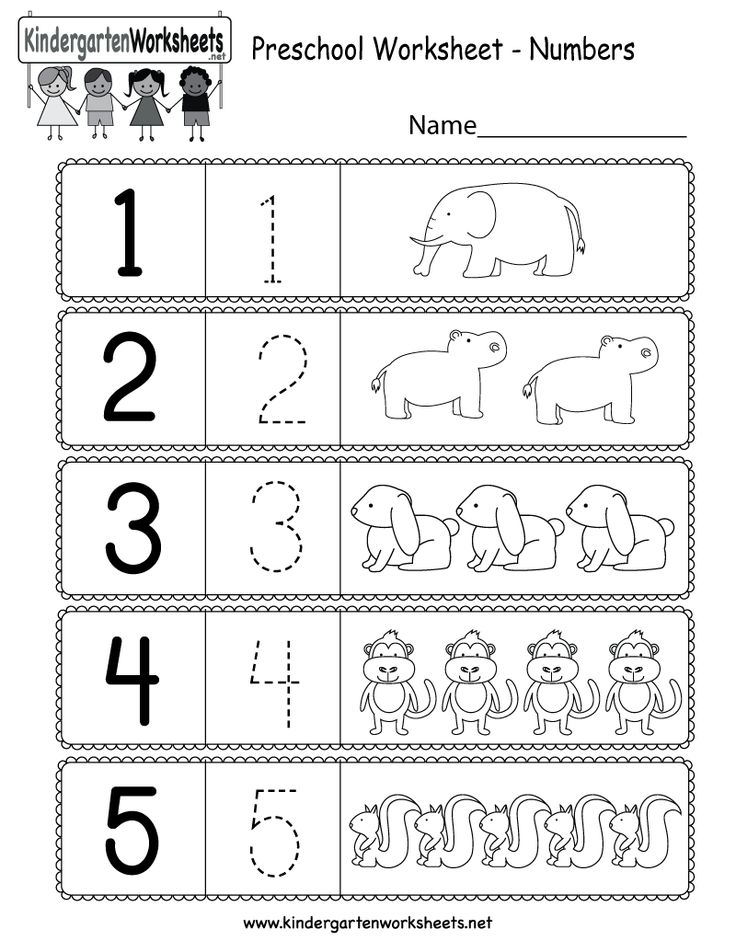 It is not necessary to use the detailed solution of math problems; you can go through mazes, cut out patterns, collect various crafts according to the schemes. Creativity is welcome, because mathematics is not always about dry numbers.
It is not necessary to use the detailed solution of math problems; you can go through mazes, cut out patterns, collect various crafts according to the schemes. Creativity is welcome, because mathematics is not always about dry numbers.
Math in pictures for preschoolers online is now available to every child. The section includes tasks and games in arithmetic for children, exciting tasks that develop addition and subtraction lessons for children. The exercises in this section will help develop attention and concentration, form elementary mathematical concepts in children.
Playful activities
Your child will have a fun and productive time.
Children are engaged with pleasure, are completely immersed in the learning process and achieve results. For children under 6 who have not yet learned to read, we voiced each task.
Cups and medals for children
Awards that motivate children to achieve success.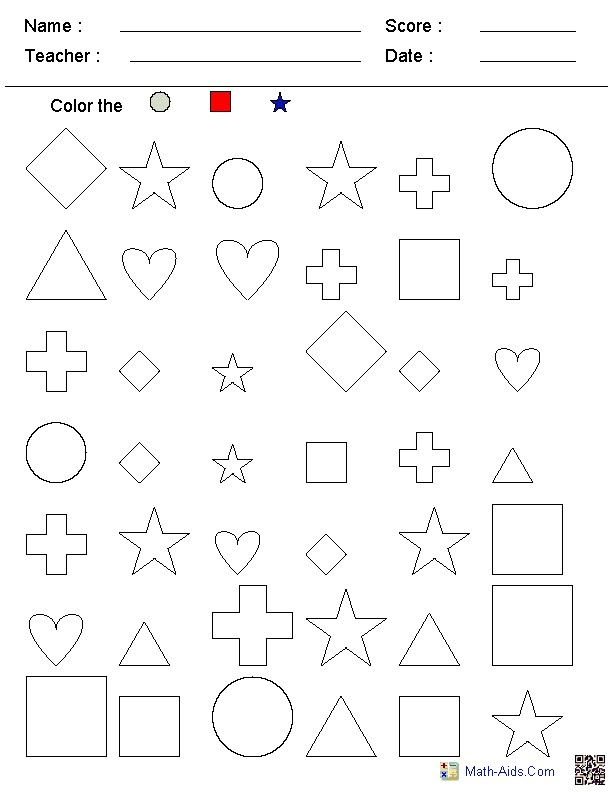
Each child has his own “hall of awards and achievements”. If the tasks are completed correctly, children receive cups, medals and nominal diplomas. The awards can be shared on social networks, and the diploma can be printed.
Personal training
Fully controlled development of the child.
We save all the successes of the child and show you what you should pay special attention to. Make up your own training programs so that the child develops harmoniously in all the right directions.
Start studying with your child
today - it's free
Register and get 20 tasks for free. To remove restrictions and achieve great results in your studies - choose and pay for the tariff plan that suits you.
Register orChoose a tariff
Entertaining mathematics for preschoolers - ABC of education
Table of contents- How to introduce a child to logic?
- How to remember the graphic representation of numbers?
- Preschool Math & Counting
- Preschool Math & Counting
- Toddler Play Activities 5 to 5 (2yrs 6m)
- Counting in everyday life (1 year 6 months)
- Flashcards (1 year 6 months)
- Learning zero (2 years)
- Counting using poetry (1 year 6 months)
- Math for kids in the game
- Bears go for a walk
- Find a house for each bear
- Looking for a toy
- Looking for a toy 2
- Count, don't make a mistake!
- Find a toy
- Getting to know the numbers
- Guessing game
- Who has more
- Logic problems for preschoolers
- Learning to tell time by the clock
- Mosaic of buttons - an educational game for children
- Why buttons?
- In no case should you count, just name four.
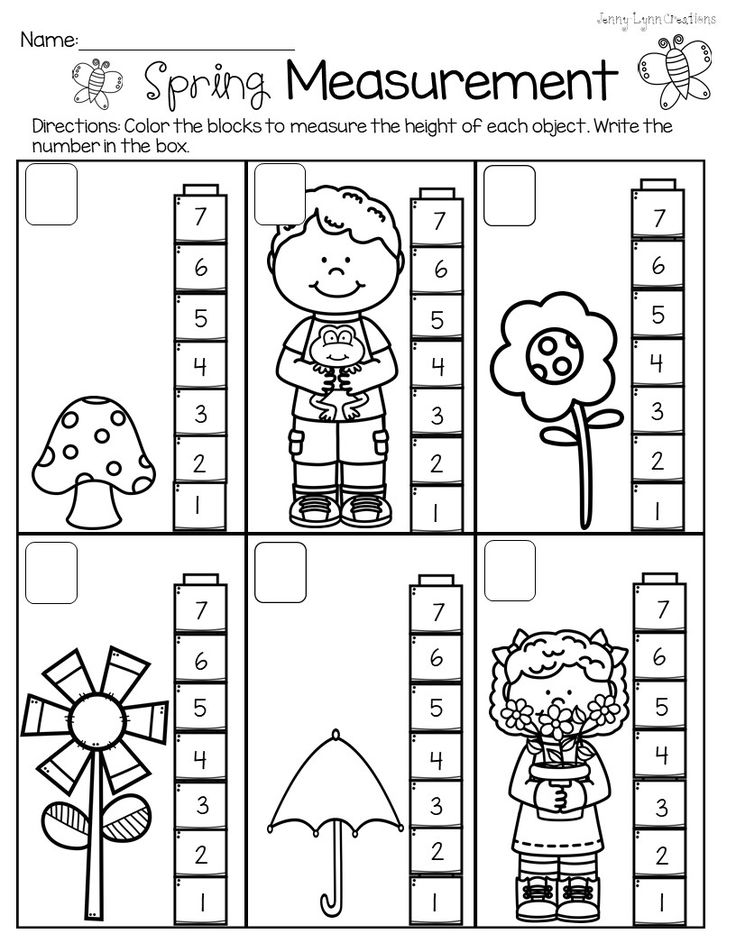
How to teach a child to count and love mathematics? What can be done to facilitate the process of learning the world of mathematics? It's not as difficult as it might seem. It is only necessary to methodically deal with this and create all the conditions for the baby.
Before you begin to work with your baby, read a few tips:
- A small child cannot maintain the same position for a long time, perform the same action. Therefore, there is no need to get angry if your baby is distracted, slides from a chair to the floor, or suddenly asks a question completely “from a different opera”.
- If you use some kind of visual material in your classes - cards, pictures, toys, then introduce the child to all this in advance. This is done so that during the lesson the baby is not distracted from studying by looking at new things for him.
- Most likely you will work with your baby on some book. Do not try to “pass” it quickly and be sure to return to the past from time to time.
 The memory of babies is still very unstable.
The memory of babies is still very unstable. - Young children are much better at assimilating emotionally perceived material. Therefore, use more games, counting rhymes and rhymes.
- For classes you will need counting material. As such, you can use large buttons, toys from Kindersurprise, parts from Lego. You will also need picture cards. You can use stickers for this.
How to introduce a child to logic?
You have a child, and you are beside yourself with surging happiness only from the realization that you have now become a happy mother and, finally, there will be someone to pass on your maternal love and knowledge. Not without reason, from time immemorial, all the leading philosophers have emphasized in every possible way that when parents want to raise their child in the image and likeness, hard or soft, they voluntarily or involuntarily want their baby to look like themselves. This process is called education.
Leading psychologists unanimously assure us that the kindness and breadth of your child's soul, voluntarily or involuntarily, should help in achieving his goals.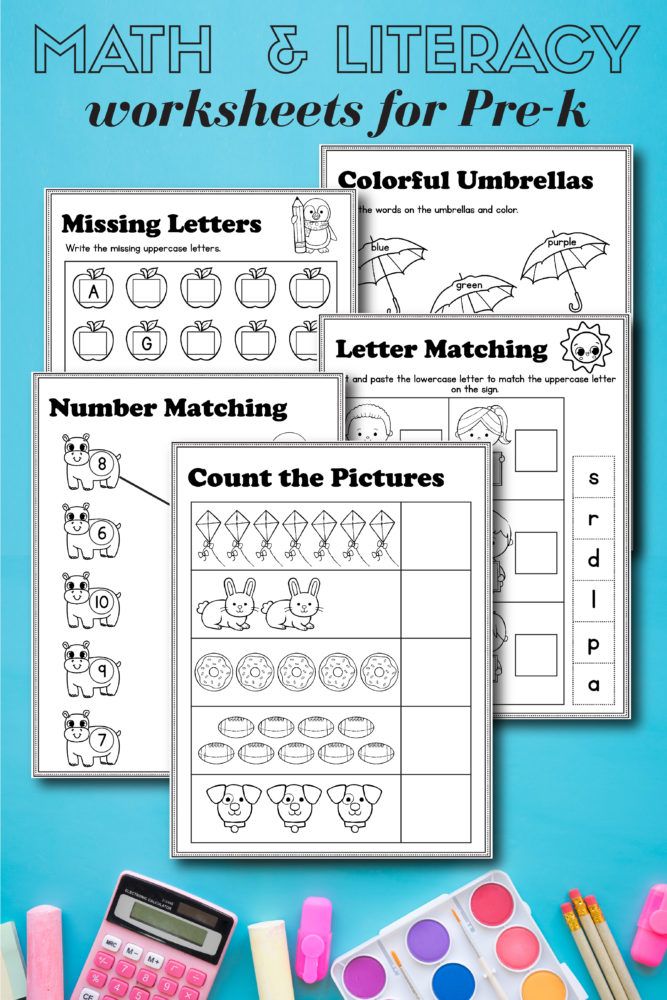 Indeed, it is easier to be kind than smart. It is not for nothing that people say that a kind person helps everyone, while a smart one helps only those in need. And if you want to see your child not only kind, but also smart, then you need to start the whole process of education from infancy. But where do you start?
Indeed, it is easier to be kind than smart. It is not for nothing that people say that a kind person helps everyone, while a smart one helps only those in need. And if you want to see your child not only kind, but also smart, then you need to start the whole process of education from infancy. But where do you start?
Start small. From logic. In order for your child to believe in the existence of causal relationships, you must always and must fulfill your parental promises (for example, “if you behave well, then we will definitely go to the zoo.”)
If your child is already seriously interested in children's books, then it will be useful to add verbal logic puzzles and tasks with answers, such as: “If this is so, then this is because ...” or “What will happen if I do everything the other way around?” “How can all this be explained?” The development of logic is helped by simple children's riddles, puzzles, rebuses. Make it a rule to have a mystery night at least once a week. Teach your child to make puzzles.
Teach your child to make puzzles.
Your child is entering a stage when everything becomes extremely interesting for him and his curiosity can and should be played on so that he can quickly learn and, most importantly, understand the world around him. And simple worldly logic will only be to his advantage.
To make it easier for your child to understand and understand all this, it will be useful to include in role-playing games some elements of ready-made conclusions, such as: “Your dolls go to bed in the evening because they get tired during the day. But my Volodya is also tired, and it’s time for him to go to bed too.”
You can also show such an example from the world of “Moidodyr” that if “the children do not wash and comb their hair, then the rest of the children in the kindergarten will not play with him.” Already in the process of growing up your child will be able to give much deeper concepts with logical overtones. Here you need to apply the main and basic principle - so that your child already begins to clearly understand that in this world there is always both a cause and an effect.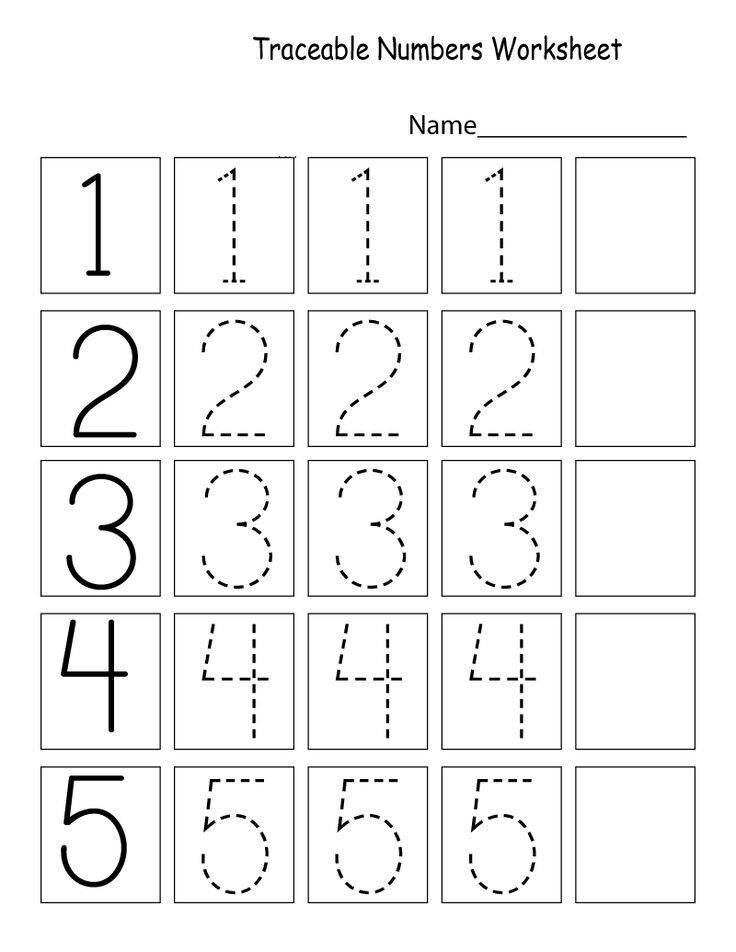
How to remember the graphic representation of numbers?
Very often it happens that the baby can count perfectly from 1 to 10, but he cannot find the number shown in the picture on his own. The graphic image of a figure for him is a complex abstract concept. The development of abstract thinking is not a simple process, as child psychologists believe. And without the help of adults, this is not enough.
Very often babies confuse numbers that are a little similar to each other, for example 6 and 9, 8 and 3, 4 and 7. And this problem should by no means be overlooked. The baby needs help to understand such complex, for his perception, graphic images. It will be much easier for a kid to remember a number if he can find its similarity with some object or animal: 2-swan, 8-points.
If mom can pick up interesting poems about numbers, then the memorization process will be even easier. How to help kids? The main thing is not to get angry with children if they do not grasp everything “on the fly”. This is for you, adults, everything is easy and simple, but for children who have just begun to master numbers and counting, everything is very difficult. Any teacher or child psychologist in Moscow will confirm that the most effective way for children to memorize new material is to play math classes.
This is for you, adults, everything is easy and simple, but for children who have just begun to master numbers and counting, everything is very difficult. Any teacher or child psychologist in Moscow will confirm that the most effective way for children to memorize new material is to play math classes.
Find the number math game
For this game you will need:
drawn (printed) numbers on paper from 1 to 9
drawings similar to numbers, objects.
The kid looks at the drawing and then guesses what number is hidden in it. Then the mother shows the number 2 and asks the baby to find a picture similar to this number.
“What does the number look like”
Mom asks the child what number the glasses look like, and the baby should show the number 8.
Math game “Guess what number”?
Mom reads a poem, the child must name the number that was discussed in the poem, and then find it and show it.
Barely glides on the water,
Like a swan, number two.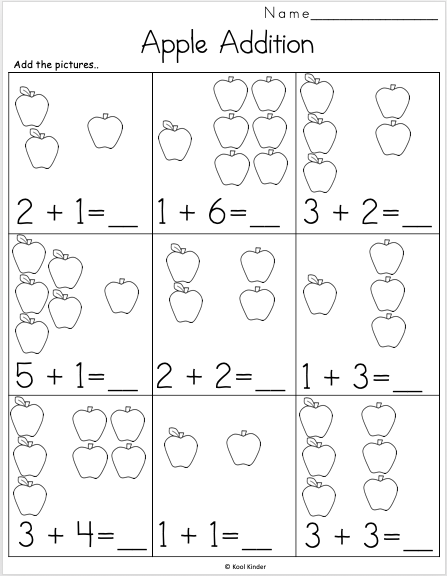
Arched her neck,
Drives the waves behind her.
***
Four mice on the mountain
Mixed up all the skis,
And hedgehogs, four brothers,
Helped them figure it out!
***
What a cherry, my friend,
Is the stalk bent up?
You try to eat it,
This cherry is a number ...
Mathematical game “Cardboard Numbers”
For this game, you will need to cut out numbers from cardboard in advance. The kid closes his eyes, takes one cardboard number and guesses by touch what kind of number it is.
Lost Numbers Math Game
Numbers from 1 to 9 are printed on cardboard. Then each of them is cut into two parts. The kid must restore them. If this task is too easy for him, he can complicate it by cutting the numbers into 3, 4 or 6 parts.
“What's on the back”
The baby lies on his stomach, and his mother draws a number on his back with her finger.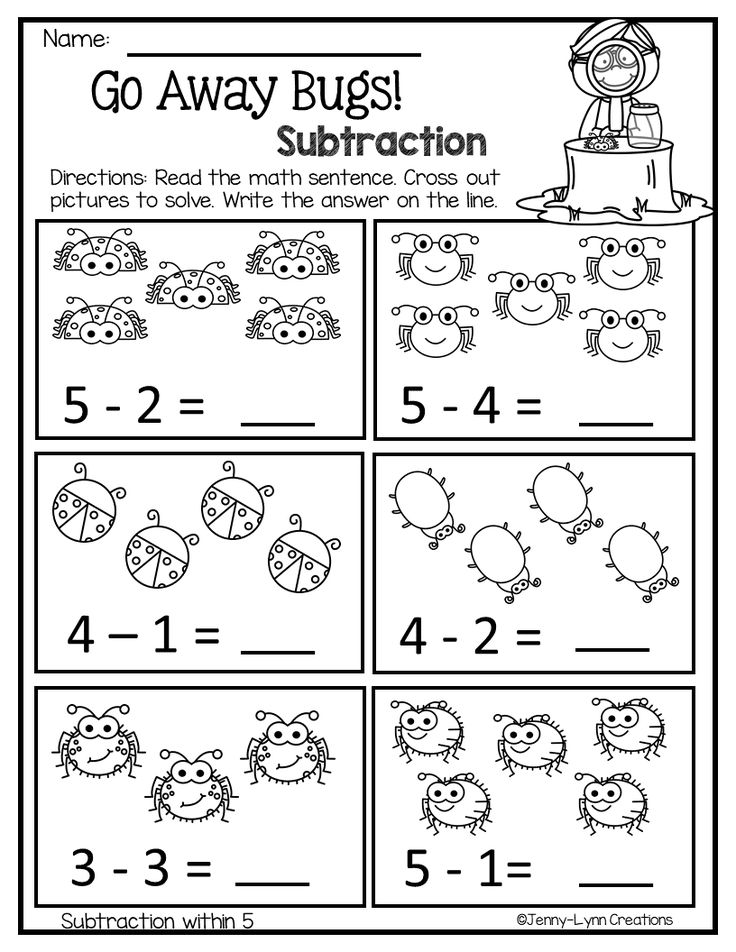 The baby must guess what this number is.
The baby must guess what this number is.
Preschool Math and Counting
Preschool and Toddler Math Fun
Math for young children is quite a difficult science that can be difficult to learn at school. In addition, not all children have a mathematical mindset, and not everyone has a natural craving for the exact sciences.
Therefore, developing a preschooler's interest in mathematics at an early age will greatly facilitate his schooling. After all, the modern school curriculum is quite rich and far from simple even for first-graders.
Mastering counting skills and the basics of mathematics at home in a playful and entertaining way for a preschooler will help him in the future to quickly and easily learn the complex issues of the school course.
Entertaining problems
How many ears do three mice have?
How many paws do two cubs have?
Seven brothers have one sister. How many sisters are there?
Dasha's grandmother has a granddaughter Masha, a cat Fluff and a dog Druzhok.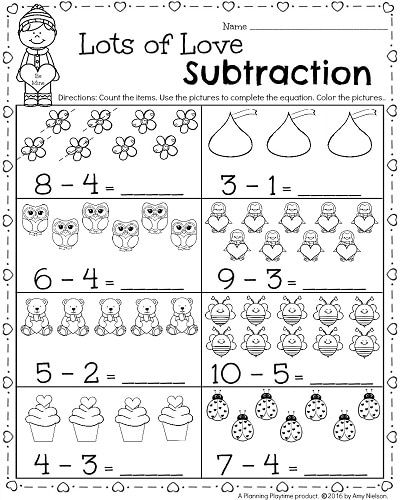 How many grandchildren does a grandmother have?
How many grandchildren does a grandmother have?
Birds were flying over the river: dove, pike, 2 tits, 2 swifts and 5 eels. How many birds? Answer soon!
7 candles burned. 2 candles extinguished. How many candles are left? (2. the rest burned down)
There are three apples in the basket. How to divide them among three children so that one apple remains in the basket? (give one apple along with the basket).
There are three thick branches on a birch, each thick branch has three thin branches. On each thin branch, one apple. How many apples are there? (Not at all - apples don't grow on a birch.)
Tasks in verse
Apples fell from a branch to the ground.
Wept, wept, tears shed
Tanya collected them in a basket.
As a gift to her friends she brought
Two Earrings, three Antoshka,
Katerina and Marina,
Olya, Sveta and Oksana,
The biggest one - to my mother.
Speak quickly,
How many Tanya's friends?
A star fell from the sky,
She ran to visit the children.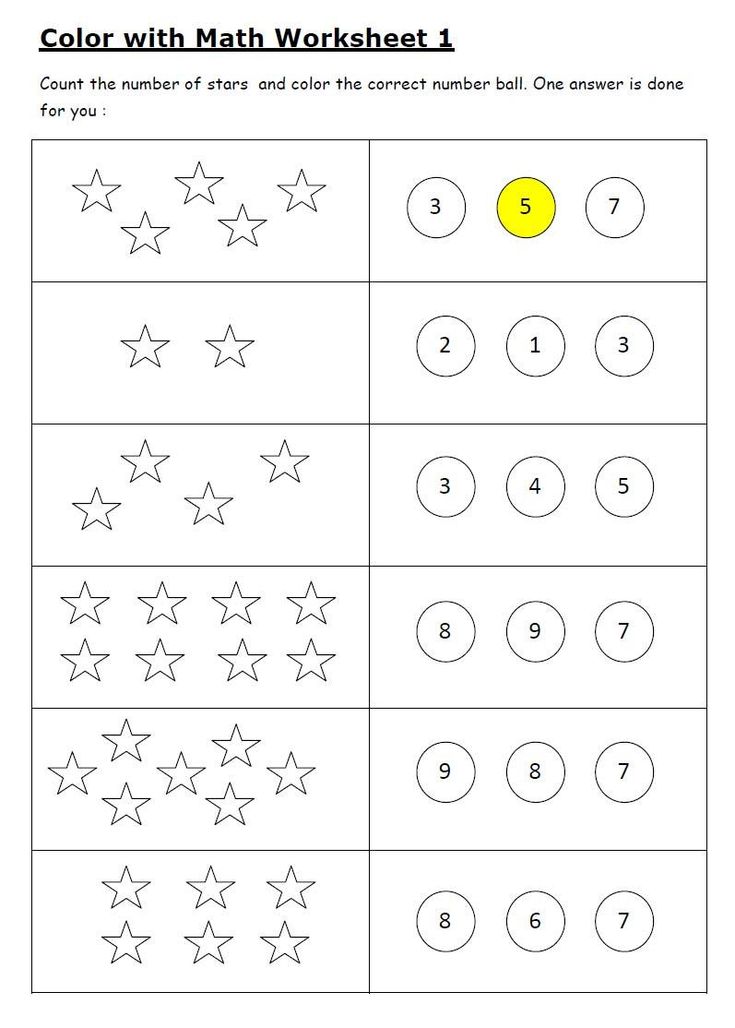
Two shout after her:
"Don't forget your friends!"
How many bright stars have disappeared,
Have fallen from the starry sky?
The holiday is coming soon. New Year,
Let's get up in a friendly round dance.
Let's sing a song loudly,
Congratulations to everyone on this day.
Let's prepare gifts for everyone,
This holiday is very bright.
Katya, Masha and Alenka
We will give a gift at Burenka,
Andryusha and Vityusha -
By car and pear.
Sasha will be happy with Petrushka
And a big colorful cracker.
Well, Tanya - Tanya -
Brown bear in a gray plush.
You, friends, count the guests
Call their names.
An old woman decided to bake cheesecakes.
I put down the dough and fired up the oven.
The old woman decided to bake cheesecakes,
And how many of them are needed - she completely forgot.
Two things - for granddaughter,
Two things - for grandfather,
Two things - for Tanya,
Neighbor's daughters…
I counted, counted, but lost my way,
But the stove was completely heated!
Help the old woman count the cheesecakes.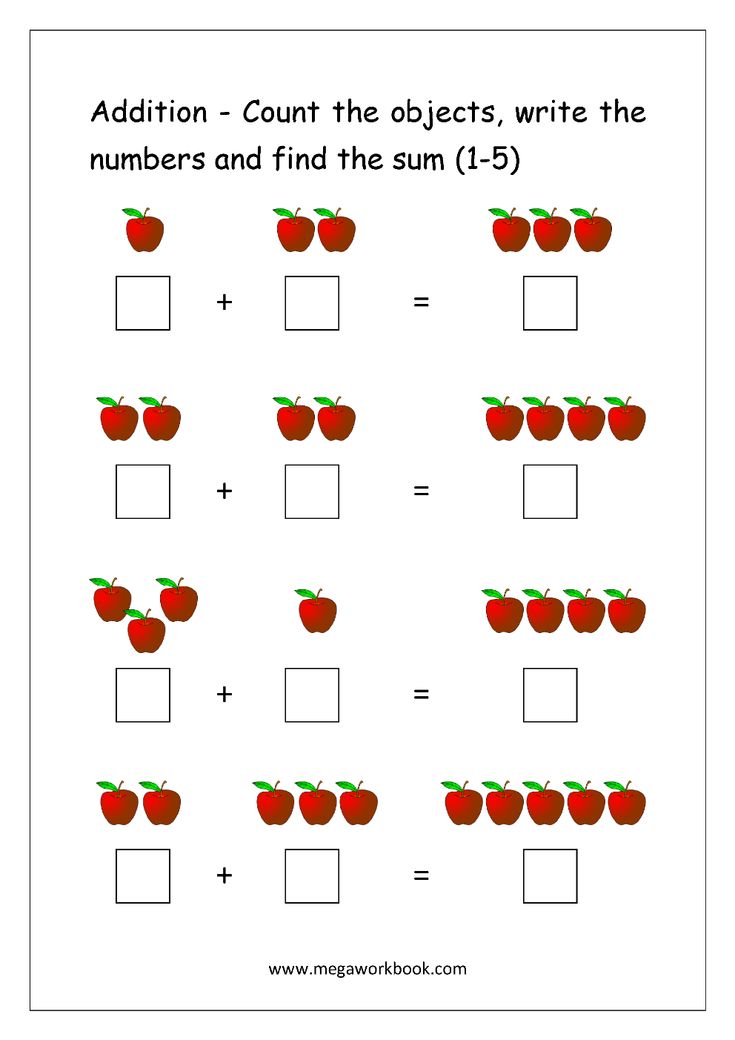
In the fish kingdom to the sturgeon
They come in the morning
Three young pike,
To clean his cheeks,
And four chebak
Wash their belly and sides.
Count, kids,
How many servants does a sturgeon have?
V. Kudryavtseva
Once upon a time
at the waistcoat
Three loops
and two cuffs.
If you count them together
Three and two, of course, five!
Just know,
what is the secret?
The vest has no cuffs!
G.Novitskaya
Six nuts mother-pig
Carried for children in a basket.
Hedgehog met a pig
And gave four more.
How many nuts did the pig
bring to the children in the basket?
Three hares, five hedgehogs
They go to kindergarten together.
We will ask you to count,
How many kids are in the garden?
Five pies lay in a bowl.
Two pies were taken by Lariska,
Another one was stolen by a pussy.
How much is left in the bowl?
Our cat has five kittens,
They sit side by side in a basket.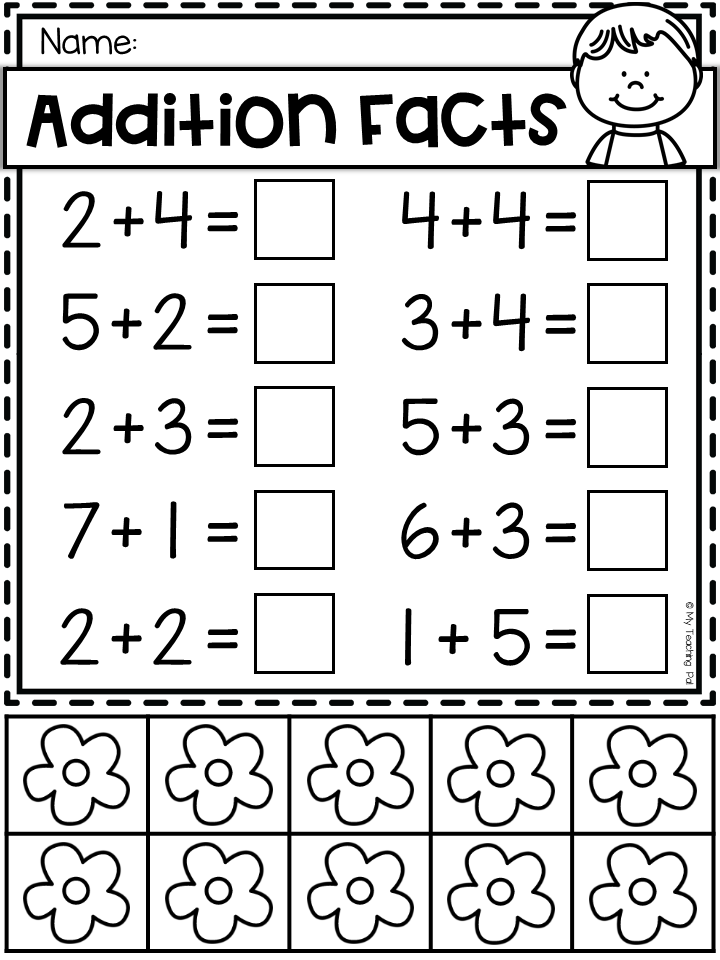
And the neighbor's cat has three!
So cute, look!
Help me count,
How much is three and five?
Seven geese set off.
The two decided to take a break.
How many of them are under the clouds?
Count yourself, children.
The apples in the garden are ripe,
We managed to taste them
Five ruddy, liquid ones,
Two with sourness.
How many are there?
A rooster flew up on the fence,
I met two more people there.
How many roosters have become?
Three chickens are standing
They are looking at the shells.
Two testicles in the nest
Lying at the mother hen.
Count the turns,
Answer quickly:
How many chickens will my mother hen have
?
Six funny cubs
They rush to the forest for raspberries
But one of them is tired,
Now find the answer:
How many bears are ahead?
Arranged by Andryushka
Two rows of toys.
Next to the monkey -
Teddy bear.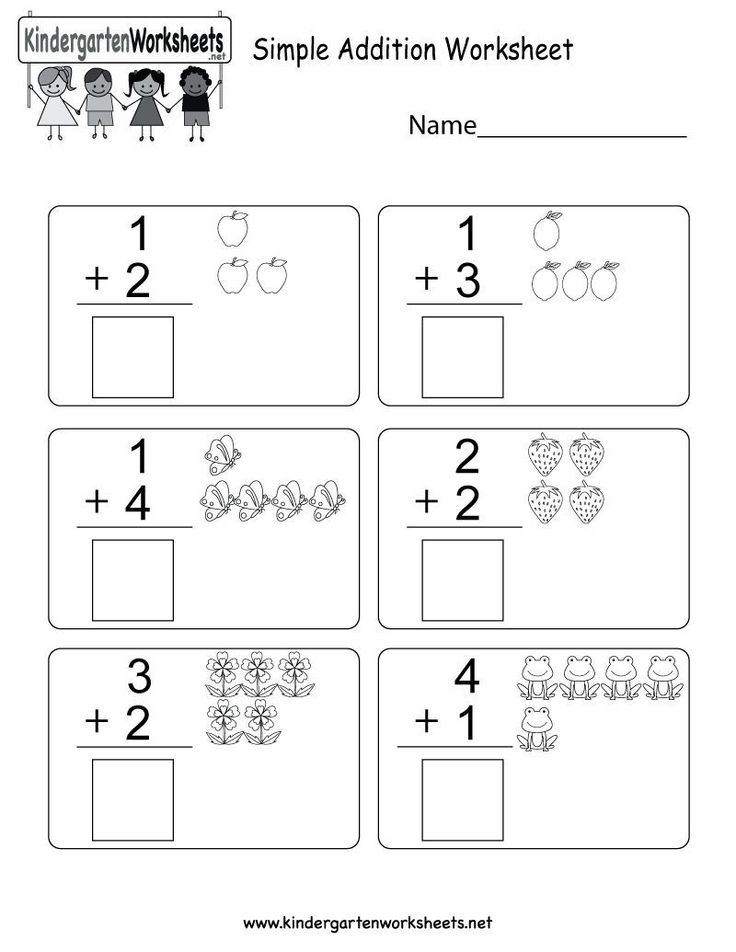
Together with the fox -
Bunny oblique.
Following them -
Hedgehog and frog.
How many toys
did Andryushka arrange?
Granny fox gives
Mittens to three grandchildren:
“This is for you, grandchildren,
mittens, two each.
Take care, do not lose,
How many, count!”
A seagull warmed up the kettle,
Invited nine seagulls,
“Come all for tea!”
How many seagulls, answer!
Squirrel dried mushrooms on the Christmas tree,
She sang a song and said:
“I don’t know troubles in winter,
Because there is a fungus:
White, camelina, two oil cans,
Three cheerful honey mushrooms.
The boletus is large,
This is what he is famous for <
And there are exactly six chanterelles.
Try to count them all!”
Mom and I were at the zoo,
We fed the animals from our hands all day.
Camel, zebra, kangaroo
And long-tailed fox.
Big gray elephant
I could hardly see.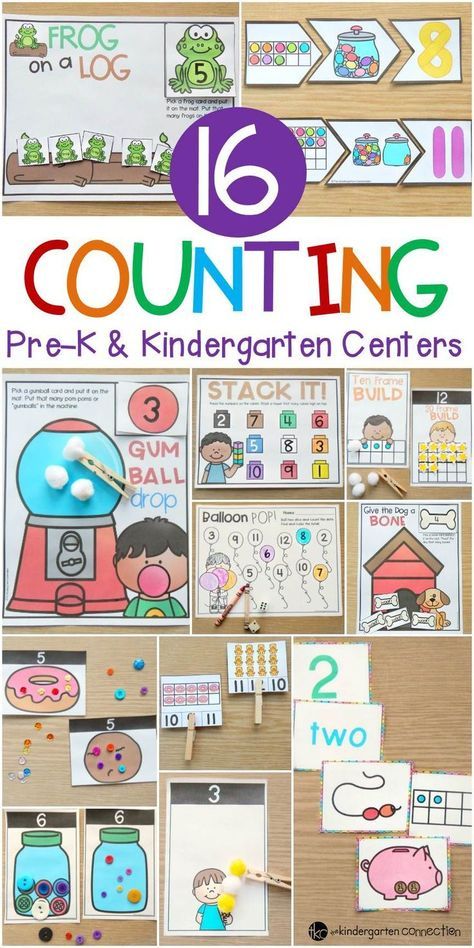
Tell me soon, friends,
What animals did I see?
And if you could count them,
You are simply a miracle! Well done!
Rain, pour more fun!
Do not be sorry for warm drops!
Five for Seryozhka, three for Antoshka,
Two for Valyusha and Katyusha.
And for mom and dad
Forty will not be enough.
Well, you friends count,
How many drops answer!
Along the path along the bushes
Eleven tails were walking.
I was also able to count,
That walked thirty feet.
It was going somewhere together
Roosters and pigs.
And now the question is this:
How many roosters were there?
And I would be glad to know
How many pigs were there?
Did you manage to find the answer?
Goodbye, hello everyone!
N.Razgovorov
Along the ravine
There was a cap,
Two kerchiefs,
Three baskets,
And behind them was stubbornly
Snow-white panama.
How many children were there in total?
Answer quickly!
One evening to the bear
Neighbors came to the cake:
Hedgehog, badger, raccoon, “oblique”,
A wolf with a cheating fox.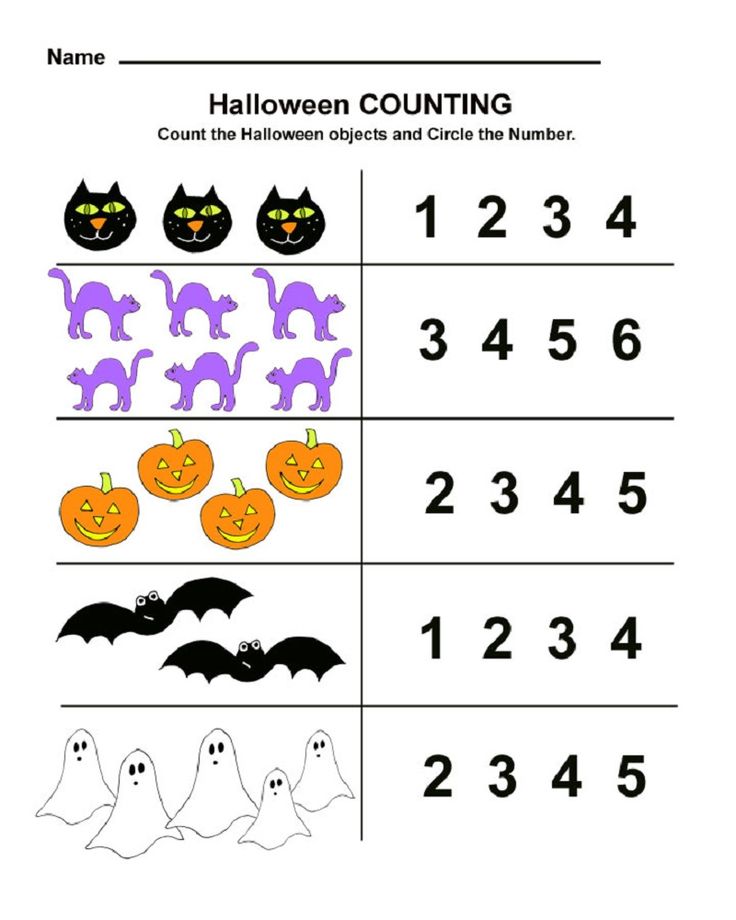
But the bear couldn't
Divide the pie.
The bear sweated from labor -
He didn't know how to count!
Help him quickly -
Count all the animals.
B. Zakhoder
Seven merry little pigs
Standing in a row at the trough.
Two went to bed to go to bed,
How many pigs have a trough?
Four goslings and two ducklings
Swimming in the lake, shouting loudly.
Well, count quickly -
How many babies are there in the water?
Good hedgehog at the market
Bought boots for the family.
Boots on the leg - for myself,
A little smaller - for my wife.
With buckles for my son,
With clasps for my daughter.
And he put everything in a bag.
How many legs does a hedgehog have in a family?
And how many boots did you buy?
Natasha has five flowers,
And Sasha gave her two more.
>Who can count here,
How much is two and five?
Mother goose brought
Six children to walk in the meadow.
All goslings, like balls,
Three sons, how many daughters?
Four ripe pears
Swinging on a branch
Pavlusha took two pears,
And how many pears are left?
Grandson Shura good grandfather
Yesterday gave seven pieces of candy.
Grandson ate one candy.
How many pieces are left?
Mom embroidered the carpet.
Look at the pattern.
Two large cells
Each with three branches
Masha sat down on the bed,
Wants to count the branches.
No way
Who will help her?
Once to the hare for lunch
A friend-neighbor galloped up.
Bunnies sat on a stump
And ate five carrots each.
Who counts, guys, dexterous?
How many carrots have you eaten?
Under the bushes by the river
May beetles lived:
Daughter, son, father and mother.
Who can count them?
Seryozhka fell into the snow,
Alyoshka followed him.
And behind him is Irinka,
And behind her is Marinka.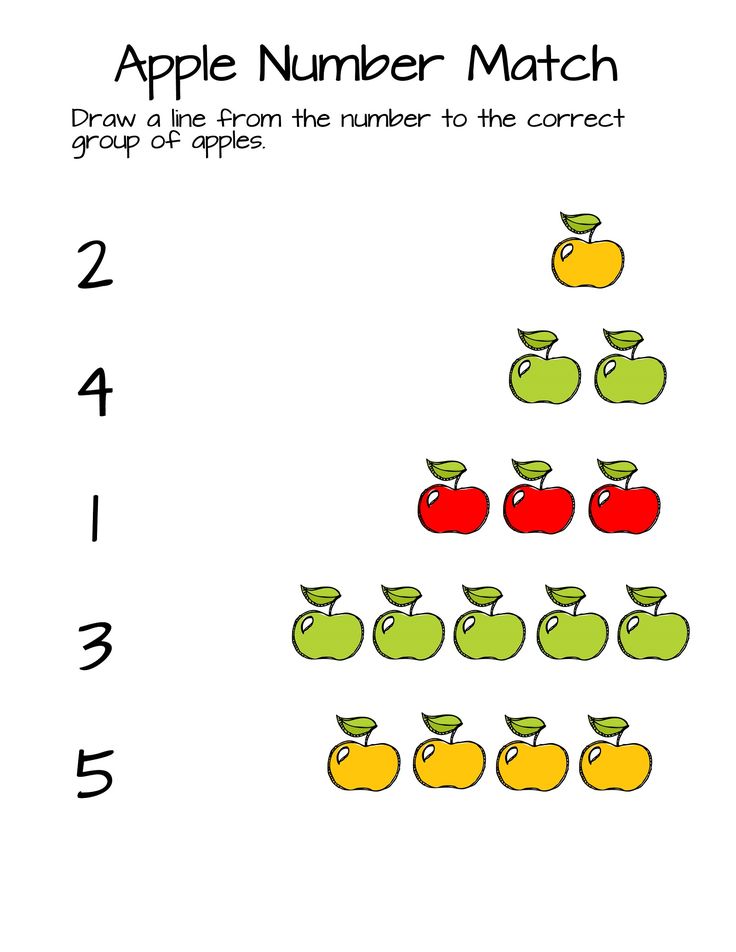
And then Ignat fell.
How many were all the guys?
Hedgehog gave the ducklings
Eight leather boots.
Which of the guys will answer,
How many ducklings were there?
How they stood in a circle under the Christmas tree
A hare, a squirrel and a badger,
A hedgehog and a raccoon stood up,
Elk, a wild boar, a fox and a cat.
And the bear was the last to stand,
How many animals are there? Answer!
Preschool Math and Counting Fun
Toddler Play Activities 5 to 5 (2yrs 6mths)
Make 5 shapes. For example: square, circle, rectangle, triangle, oval. Complete each shape in 5 colors. You will get 25 figures. Then you can expand the amount. Glue the shapes onto cardboard. It is advisable to stick with a sticky film. First lesson: ask the child to lay out all the red figures separately; separately - green, etc. Such an activity can be carried out for a very long time, constantly returning to it. Second lesson: offer to decompose into figures (separately - squares; separately - circles, etc.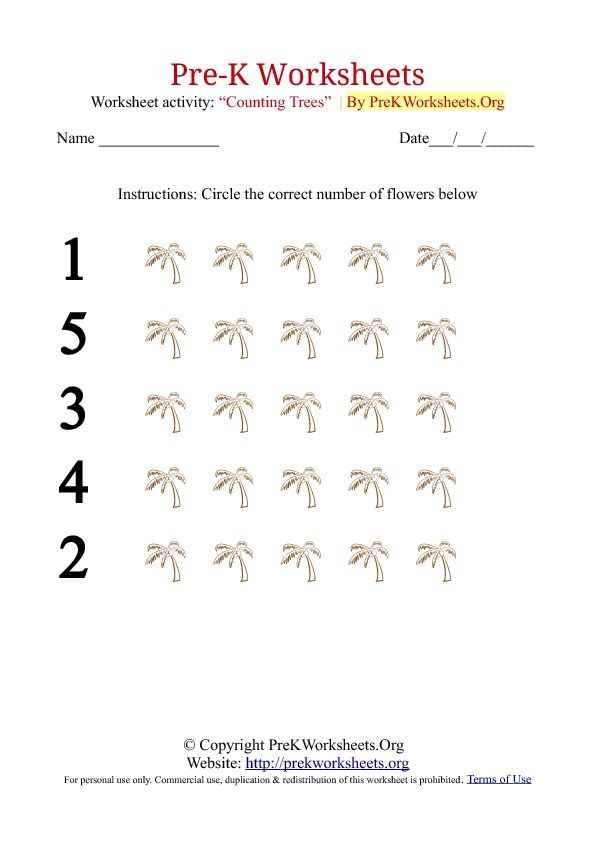 ) Third lesson: lay out the figures in this way: red figures are in front of the child, green ones are behind ...
) Third lesson: lay out the figures in this way: red figures are in front of the child, green ones are behind ...
Household account (1 year 6 months)
Count everything together with the child. We note that, as in most of these activities, you should not start with prodding like “Well, let's count the steps with you!”, But you yourself should count for your own pleasure. At the beginning, your goal is to demonstrate to the child the possibilities of oral counting, to arouse interest in him.
- How many steps.
- How many apples did you buy.
- How many forks are on the table. etc.
Cards (1 year 6 months)
Make cards with numbers (up to 10 at the beginning). Cover them with foil. Learn to put them in order.
Studying zero (2 years)
You can enter zero using the following questions:
- How many cows are in your pocket?
- How many crocodiles do we have at home? etc.
- Put 5 cubes on the table. Take one at a time and ask how much is left. First, 1 cube (4 will remain), then 1 more, etc. Until 0 remains.
First, 1 cube (4 will remain), then 1 more, etc. Until 0 remains.
Count using verses (1 year 6 months)
Leonid Yakhnin. "Bench". (Draw multi-colored benches or lay them out of geometric shapes and count.)
| In our park on the alley Multi-colored benches: On a brown bench Two noisy families. On another bench, white, Only the girl was sitting. And near the red bench A big, dangerous bulldog lay down. Grandmother is sitting on blue, On her knees is a cat in a basket. | Two workers took a rail - Repairing a yellow bench. We will sit down with you On the blue bench. And on the most distant, On a green bench - Carved maple leaves. Everyone had enough for a bench In our park on an alley. |
Vladimir Orlov. “I am counting” (After reading the poem, invite the child to lay out figures that look like animals or any geometric shapes, then count how many animals live in the zoo)
| Everything I see in the yard Everything I see on the way I can, I can Count to ten. 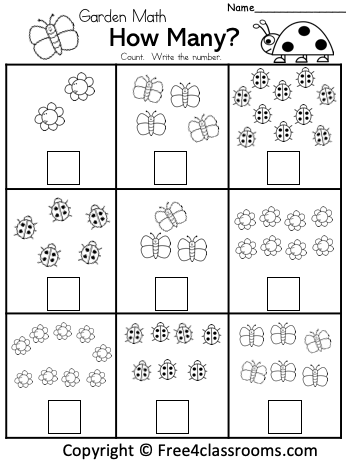 I'm going to the zoo with my mother And I'm counting everyone. A porcupine is running, This is it. An owl cleans its feathers, This is two. The third was a wolverine, And the fourth was a turtle. | The gray wolf went to bed, It's five. A parrot in dense foliage, He is the sixth. Here is the calf next to the elk, This will be seven and eight. Nine is a hippopotamus. Mouth like a grandmother's chest of drawers. A shaggy lion walks in a cage, He is the last, he is the tenth. I can't count further - We must start again! |
From the book “Tell poems with your hands” (based on English folklore, translated by V. Egorov)
“Kittens”
(Ask the Child to prepare five geometric figures. While reading the poem, the Child should remove one figure at a time. How many kittens are left in the room?)
Here are five kittens.
One left - and he is gone.
Well, he doesn't exist - and he doesn't. There are four kittens left.
Here are four kittens. One at night sometimes
He climbed a tree - there were three kittens left.
But somewhere a little mouse squeaked thinly.
The kitten heard - there are two kittens left.
One of them with a ball disappeared in the doorway without a trace,
And the smartest one is the one left, the last one -
Milk from a bowl began to lap for five.
Curling or stroking fingers (2.5 years)
Who has more. This game can be played with two or three people. To play, you need a cube with dots. Buttons, cones, nuts, etc. can be used as counting material.
Place buttons (nuts) in a vase or box. Now take turns rolling the dice. What number falls out, so many are taken from the vase of objects. When the vase is empty, count who has more. Find a pair. Put 4-5 different toys in front of the child. (a cube, a ball, a matryoshka, a bunny…)
Put about the same number of toys aside.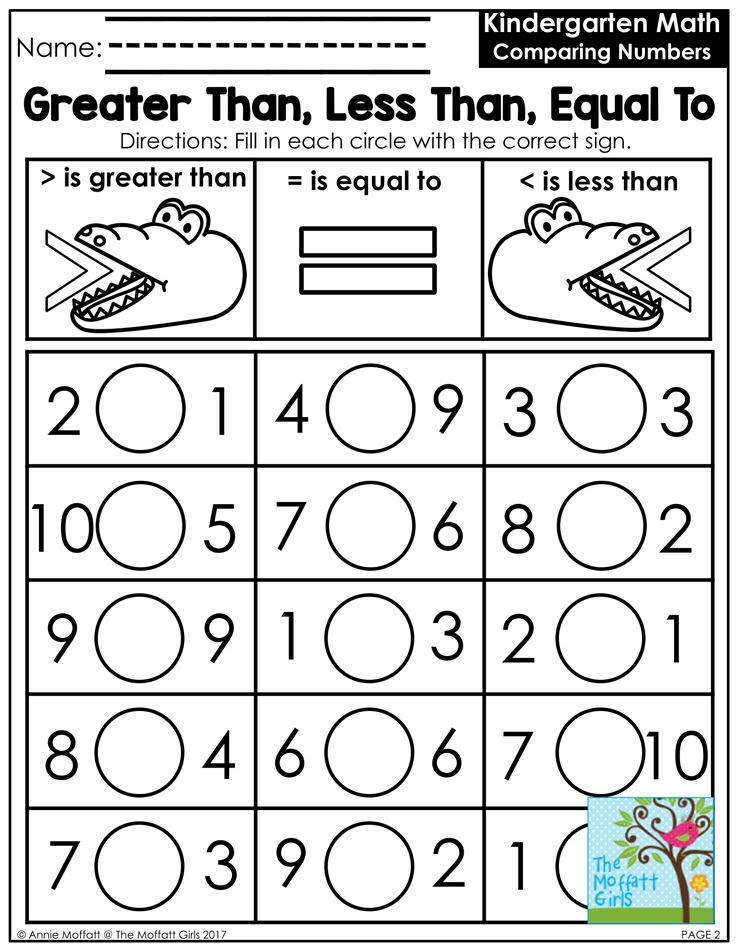 Invite your child to find 2 identical toys:
Invite your child to find 2 identical toys:
1) by color;
2) according to the form;
3) by size (size).
If the child chooses the wrong toy, place two toys next to each other. Ask: “Is it the same color?” “Is the cube also round?”
Option: The same task, but with pictures.
You should alternate classes with objects and pictures. What has changed? Option 1: develop visual memory.
Place 4-6 toys in front of the child. Count: the first is a Bear, the second is a bunny, etc. Then ask the baby to turn away and swap the two toys. The kid must guess what has changed. Option 2: Further, closer.
Put a house in front of the baby and 3 toys at different distances from it. Determine who is closer to the house, who is farther. Then ask the child to turn away and change the position of 2 toys. “Now who is closer to the house? Who is farther from the house? “Option 3: Above-below.
Place 3-4 cubes of different heights on the table with different toys on them.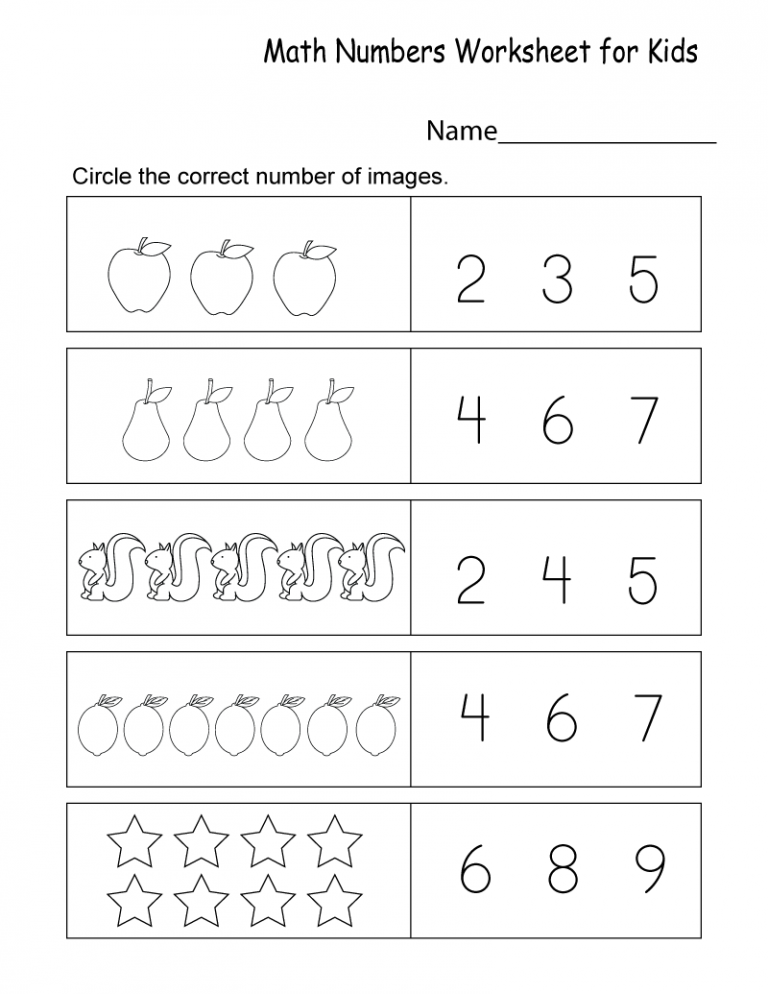 Find out which toy is higher than all, which is lower. Then ask the child to turn away and swap the two toys. “Which toy is the tallest now?”
Find out which toy is higher than all, which is lower. Then ask the child to turn away and swap the two toys. “Which toy is the tallest now?”
| Sing along, sing along: Ten birds flock. This bird is a nightingale, This bird is a sparrow. This bird is an owl, Sleepy little head. This bird is a waxwing, | This bird is a corncrake, This bird is a starling, A gray feather. This one is a finch. This one is a swift. This one is a cheerful siskin. Well, this one is an angry eagle. Birds, birds go home! |
Toddler math game
Cut out sets of animal figures or toys, such as dolls, nesting dolls, from construction paper. All figures in the set must be of different sizes and colors. On a sheet of paper, draw houses, also of different sizes.
The bears are going for a walk
Ask the child to find the biggest bear and put it down first.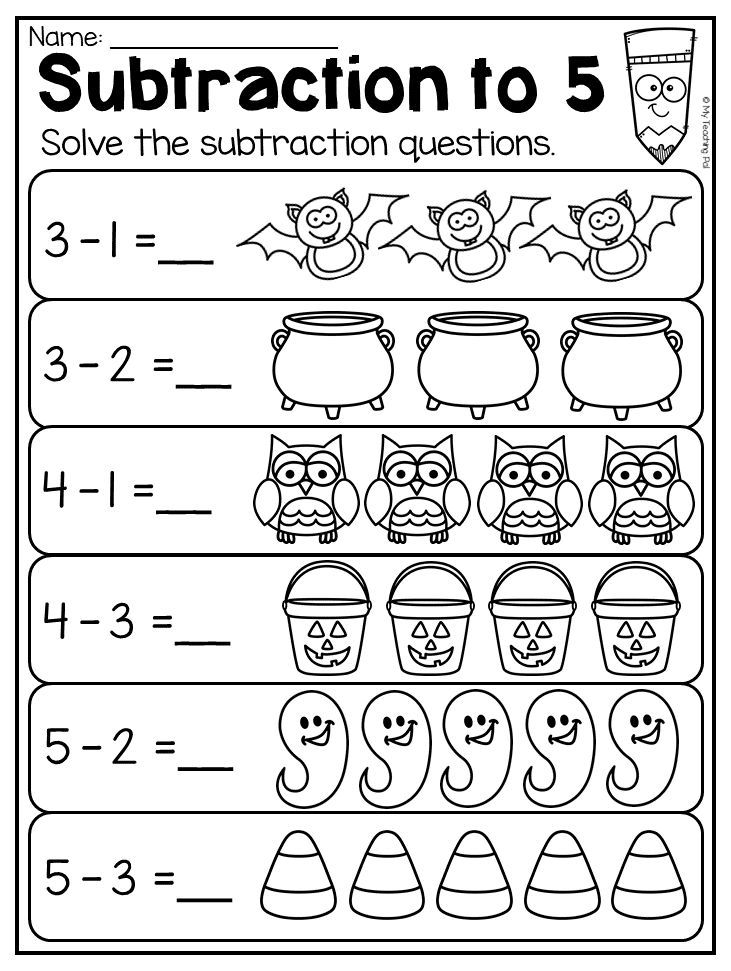 (underline this concept with intonation: “first”), then find the smallest one. And, finally, we will build according to the growth of all the others. If the child is at a loss, offer to attach one figure to another. When all the figures are lined up in height, come up with names for each character with the baby. Then ask: “who is our second?” Phil. Who is our last, sixth?” - "Motya".
(underline this concept with intonation: “first”), then find the smallest one. And, finally, we will build according to the growth of all the others. If the child is at a loss, offer to attach one figure to another. When all the figures are lined up in height, come up with names for each character with the baby. Then ask: “who is our second?” Phil. Who is our last, sixth?” - "Motya".
Find a house for each bear
The meaning of the game is the same - arrange objects according to their height and practice counting. First, we arrange the figures according to their height, and then we select the houses for them by size.
Looking for a toy
Take any toy, for example, a teddy bear, tell him that he is looking for a nesting doll that is in front of the blue one (after green, between yellow and red, to the right of blue, to the left of purple). Mastering the concepts of “before”, “after”, “between”, “right”, “left” will help your child navigate the world around him.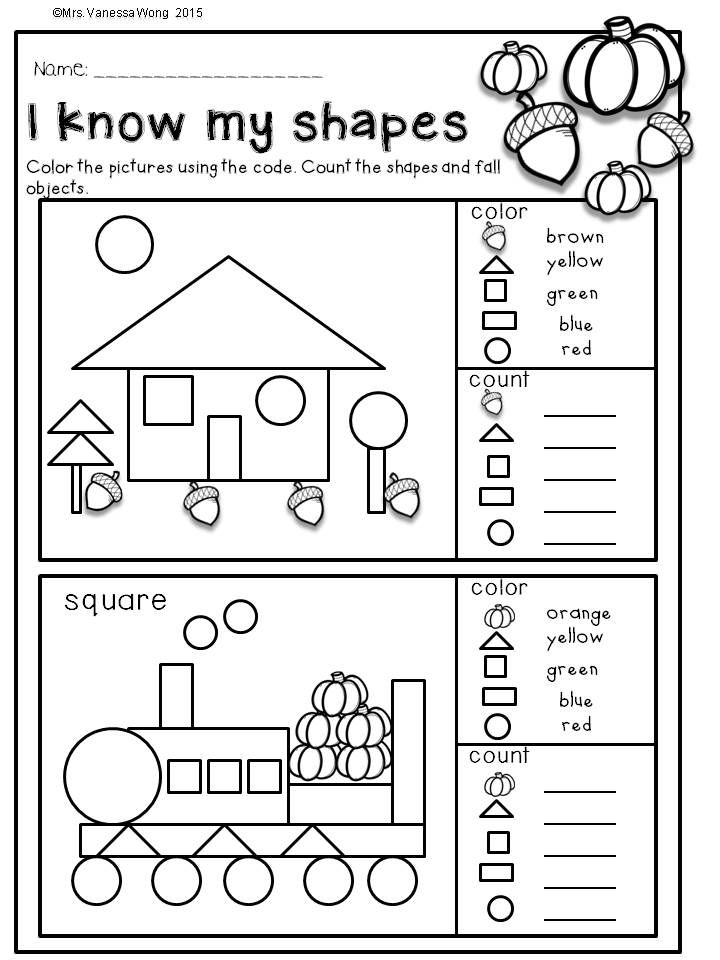
Looking for a toy 2
It is worth preparing for this game in advance - put the images of nesting dolls on a large sheet of paper and circle them. First, you can make drawings in one row, and when the baby can easily cope with this task, place the contours on the sheet “in loose”. Tell the baby that each nesting doll has its own place, show the contours of the nesting dolls. But one day, after a walk, the nesting dolls mixed up their places. Invite your child to help them. This game develops the eye well, develops the habit of bringing the work started to the end.
Make no mistake!
Helps to master the sequence of natural numbers, exercises in forward and backward counting. The game uses a ball. Children stand in a semicircle. Before starting, they agree in what order (forward or reverse) they will count. Then they throw the ball and call the number. The one who caught the ball continues to count further. The game is played at a fast pace.
Find a toy
The driver leaves the room.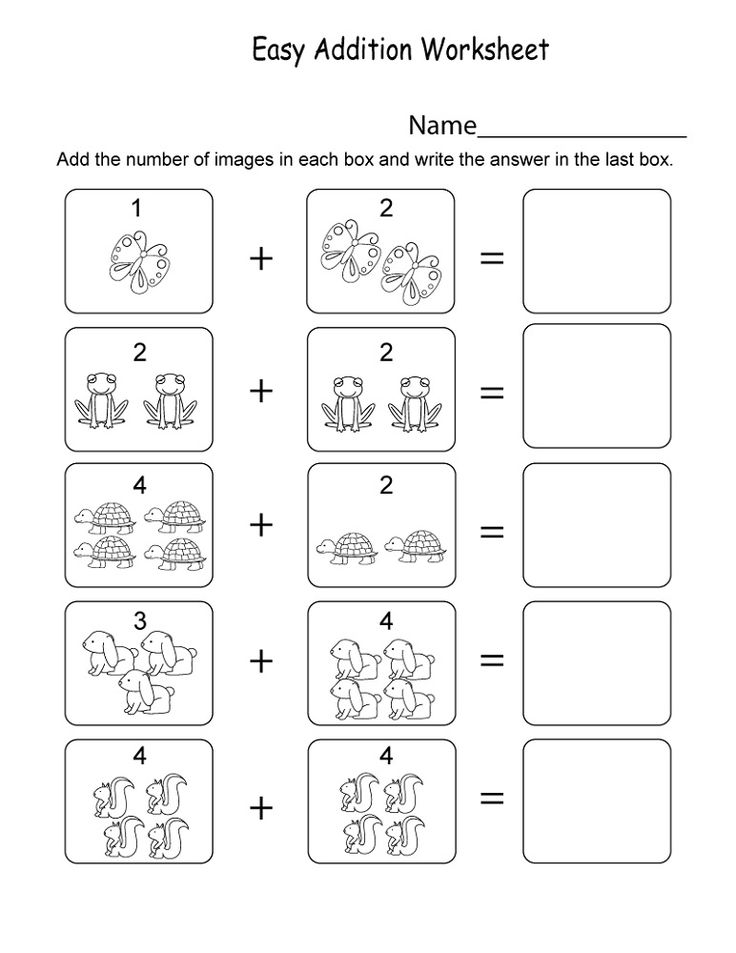 At this time, hide the toy. Then the child is explained where to find it: “You need to stand in front of the table, and go 3 steps forward, two steps to the left, etc. ". Children complete the task, find a toy. When the children begin to navigate well, the tasks can be complicated - to give not a description of the location of the toy, but a diagram. According to the scheme, children must determine where the object is hidden.
At this time, hide the toy. Then the child is explained where to find it: “You need to stand in front of the table, and go 3 steps forward, two steps to the left, etc. ". Children complete the task, find a toy. When the children begin to navigate well, the tasks can be complicated - to give not a description of the location of the toy, but a diagram. According to the scheme, children must determine where the object is hidden.
Getting to know the numbers
To play, you will need counting cards with pictures. (you can download zip. above), numbers (on cards or any other), chips.
It is best to play together. Lay out all the cards face up. Put the numbers in the box. Take turns taking the numbers out of the box. The task is to find cards with the corresponding number of items. A chip is placed on the found card. The number is put back in the box.
When the game is over, count who has the most chips. It’s better to do it like this - put the chip in two rows and compare whose row is longer.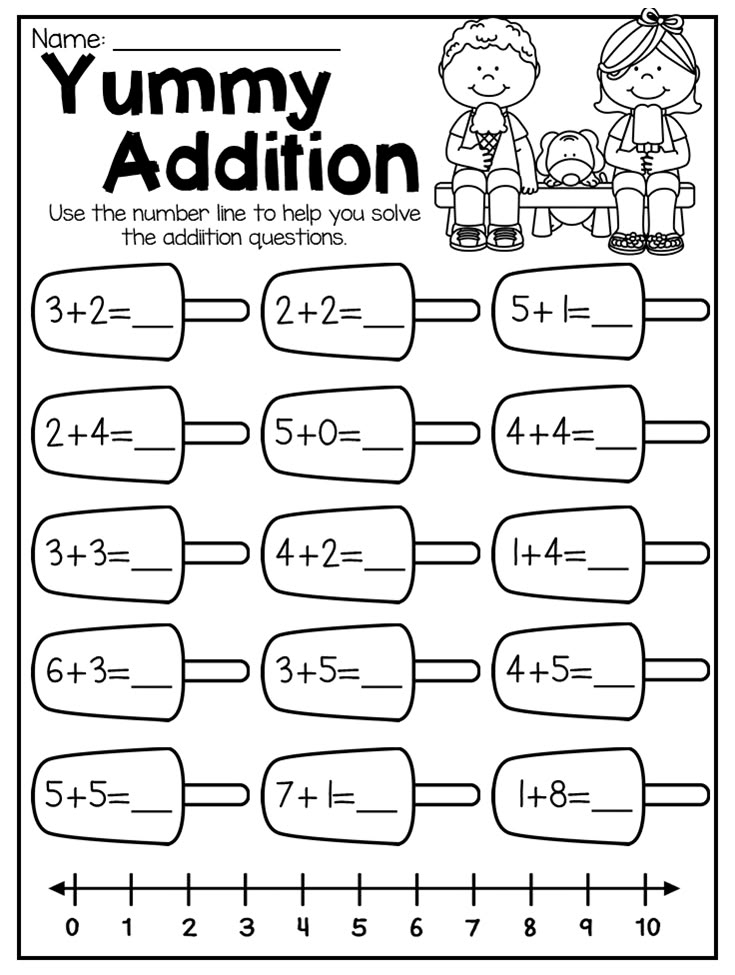
Guessing game
Yogurt boxes or plastic cups can be used for this game. Write or stick a number on each cup. Pick up some toy that will fit in the cup.
This game is played by two people. Place cups upside down. One player turns away, and the second at this time hides the toy in one of the cups. The first player must guess under which cup the toy is hidden, and the second must give him hints. For example: the toy is hidden under the cup with the number 5. The player asks: “Under the second?”. - "No more".
Who has the most
This game can be played with two or three people. To play, you need a cube with dots. Buttons, cones, nuts, etc. can be used as counting material.
Place buttons (nuts) in a vase or box. Now take turns rolling the dice. What number falls out, so many are taken from the vase of objects. When the vase is empty, count who has more.
Logic puzzles for preschoolers
Giraffe, crocodile and hippo
lived in different houses.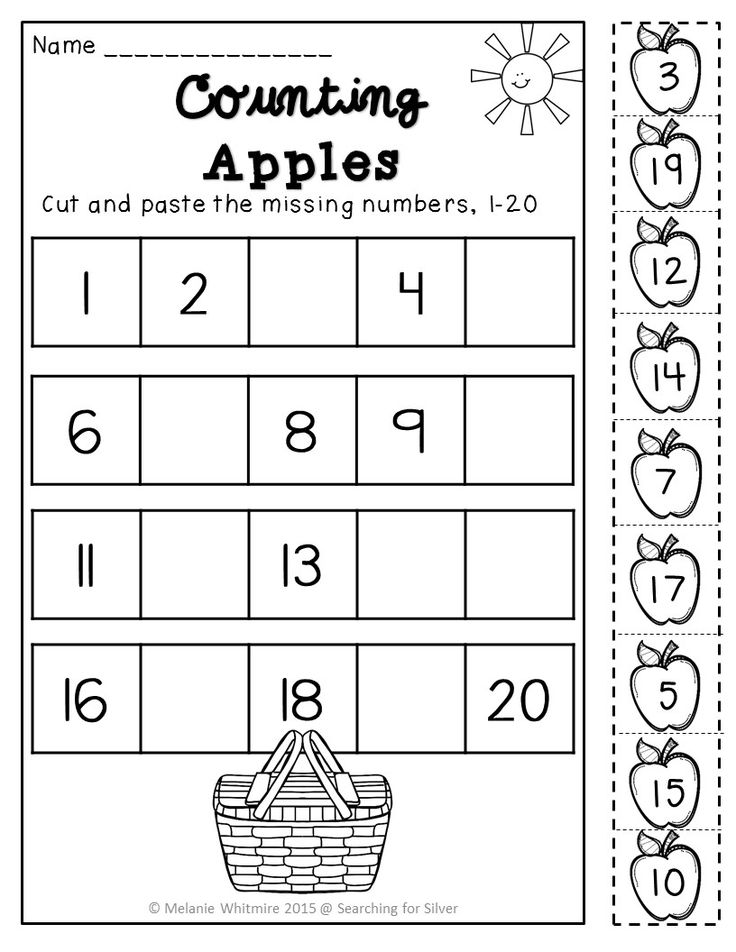
The giraffe did not live in a red house
or in a blue house.
The crocodile did not live in the red
and not in the orange house.
Guess what houses the animals lived in?Three fish swam
in different aquariums.
The red fish swam not in a round
and not in a rectangular aquarium.
Goldfish - not in a square
and not in a round.
In which aquarium did the green fish swim? Once upon a time there were three girls:
Tanya, Lena and Dasha.
Tanya is taller than Lena, Lena is taller than Dasha.
Which of the girls is the tallest,
and who is the shortest?
Which one of them is called?Misha has three carts of different colors:
Red, yellow and blue.
Misha also has three toys: a tumbler, a pyramid and a spinning top.
In the red cart he will carry neither a top nor a pyramid.
In yellow - not a top and not a tumbler.
What will Mishka be lucky in each of the carts?The mouse is neither in the first nor in the last carriage.

The chicken is not in the middle and not in the last carriage.
In which carriages do the mouse and the chicken travel?The dragonfly does not sit on a flower or on a leaf.
The grasshopper does not sit on a fungus and not on a flower.
The ladybug does not sit on a leaf or on a fungus. Who is sitting on what? (better to draw everything)Alyosha, Sasha and Misha live on different floors.
Alyosha lives neither on the top floor nor on the bottom one.
Sasha doesn't live on the middle floor or on the bottom floor.
On which floor does each of the boys live?Anya, Yulia and Olya's mother bought fabrics for dresses.
Anya is neither green nor red.
Yulia - not green and not yellow.
Ole - not yellow and not red.
Which fabric for which girl?There are different fruits in three plates.
Bananas are not in a blue or orange plate.
Oranges not in a blue and pink plate.
Which plate contains plums?
What about bananas and oranges?The flower does not grow under the tree,
The fungus does not grow under the birch.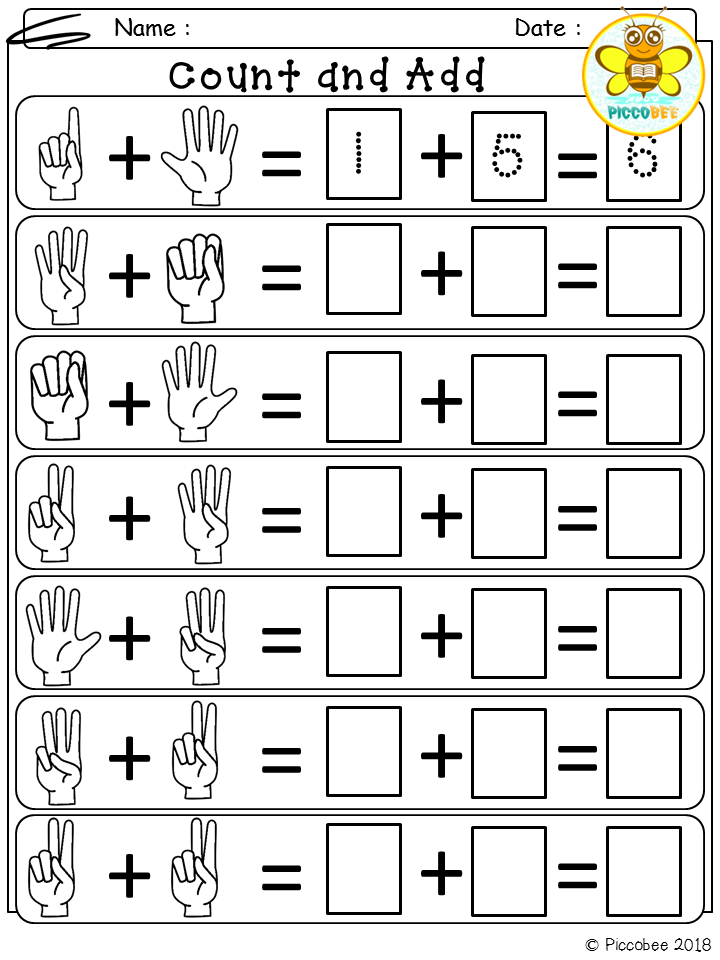
What grows under the tree,
What grows under the birch?Anton and Denis decided to play.
One with cubes and one with cars.
Anton did not take the typewriter.
What did Anton and Denis play with?Vika and Katya decided to paint.
One girl drew with paints,
and the other with pencils.
What did Katya start to draw with?Red and Black clowns performed with a ball and a ball.
The red-haired clown did not perform with a ball,
A black clown did not perform with a ball.
What subjects did the Red and Black clowns perform with?Lisa and Petya went to the forest to pick mushrooms and berries.
Liza did not pick mushrooms. What did Petya collect?Two cars were driving on a wide and a narrow road.
The truck was not driving on a narrow road.
Which road was the car driving on?
And the truck?Learning to tell time by the clock
First, let's make a fake watch.
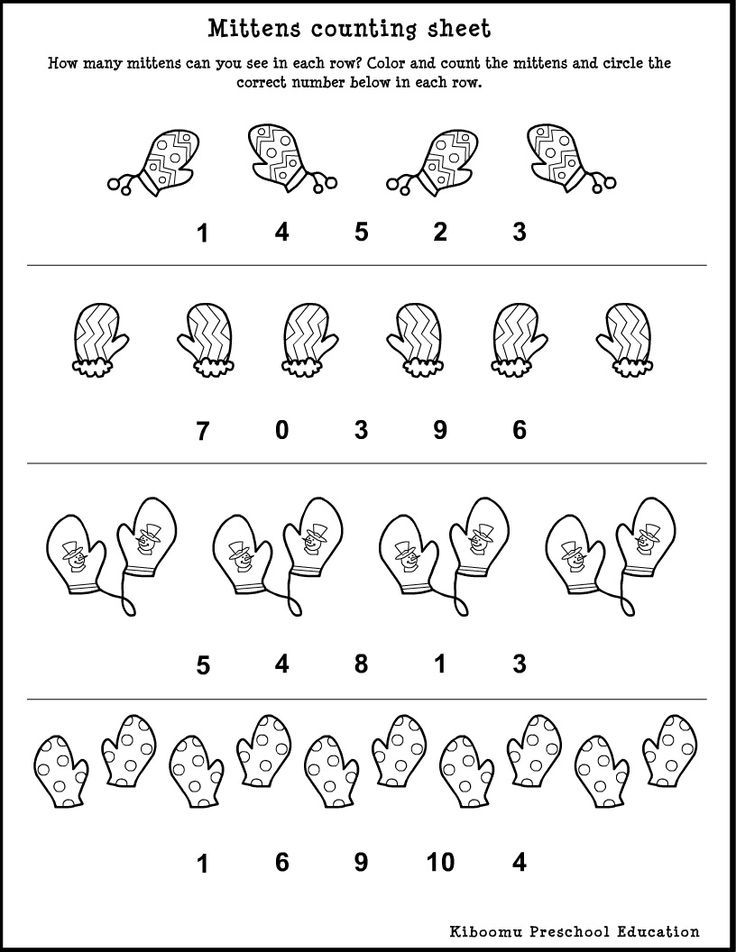
Perfectly made from a cake box, the cake can be eaten. The difficulty is different: many years and many children have led us to the idea that ordinary wall clocks are an unnecessary study load and these activities need to be simplified and done in stages.First, we make a regular dial, but we leave the minute dashes bare, without defining the number of minutes, and we also abolish the minute hand.
Time is divided into:
- hour,
- just over an hour,
- half past one (or one and a half),
- about two,
- two,
- is slightly more than two, and so on.
When this part is over and the child is oriented clockwise with complete confidence, we proceed to work with the minute hand within one hour (60 minutes), but this can also be done in parallel. And do not rush to combine the arrows!
Work with the hour hand can be started in 3.5-4 years, and we see no particular reason to hurry.
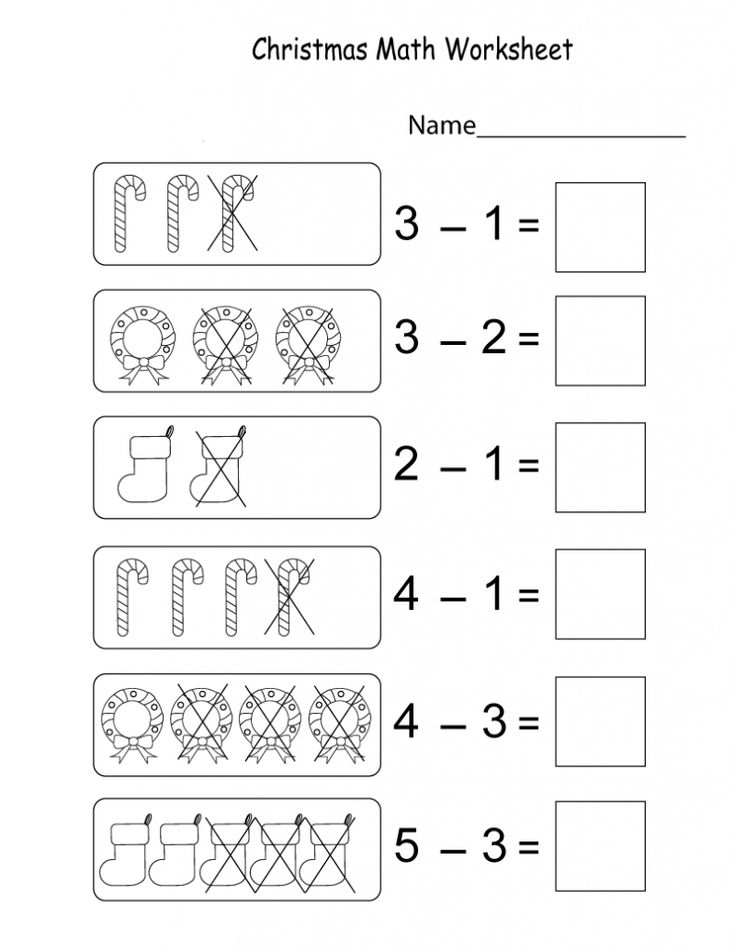
Most of the first-graders are not able to tell the time by the clock with hands. This is a medical fact.
Very often it seems that a child of six or seven years old is about to learn to tell time accurately, but time passes and confusion continues.
It seems to us that this problem is easily explained by the fact that what to connect in the minds of two superimposed dials - hour and minute - for a child's mind is a colossal load , and a child should not be taught to determine the time by such a clock.
Throw away the minute hand and the dial division into minutes. There are 12 digits left and dividing the time by, for example, four, a little more than four, half past five, about five, five, a little more than five. There is plenty of such a rough division of time for a child, and this can be taught starting from four to four and a half years. Let it take a YEAR. Don't force things.
Only when the child perfectly feels the position of the hour hand, very slowly, minute by minute, enter the second parallel dial.
Take your time with quarters (Quarter and Quarter), take your time with five minutes, ten minutes, etc. This should be moved to the next, separate stage. Let your wall clock in the room or in the kitchen have only an hour hand for a long time, but the numbers can be changed, Roman numerals can be entered almost immediately.
And if we have long been giving all the concepts and it seems. that victory is near, is it right to go further or still return to the clock face?
We think that the introduction for some time of a dial with only an hour hand will create a correct sense of time in the child and improve his relationship with the clock.
Mosaic of buttons - educational game for children
At the age of 6, innervation occurs in children (supply of organs and tissues with nerves, which ensures their connection with the central nervous system). The upper phalanges of the fingers (pads) become sensitive.
Why buttons?
Different texture, many colors, shades, sizes and shapes.
There is no specified form for the composition. The child develops a sense of space and a sense of color. Button exercises help develop fine motor skills.
You can buy these buttons at any store, and for the first lessons, use the stocks in your home. Surely your closets store clothes that you don't wear. Argue with her buttons and you can start classes.But the main idea of the “button mosaic” is that by school the child has formed images of the sets 2, 3, 4, 5. To do this, even before the age of six, the child needs to play enough to fix the images of the sets through objects. This should be done only through the real world, not informationally (cartoons and books), but through sensory perception: tactility, tangibility, smell, etc. Interaction with an object (a kitten, a chair, a toy car, etc.) is much more emotional, so the images are brighter and are fixed clearly.
How many eyes? Two. And the ear? Two. Show two fingers.
And the cat's paws? Four.
In no case should you count, just call - four.
When the images are fixed, i.e. the child easily shows 2,3,4 without counting, you can proceed to operate with sets on the fingers or on any other counting material. How else can you show four? Two and two. There are five fingers on the hand. And if you break it into two groups, into three? How else can you show three and three? It's five and one. And the more options are played, the more clearly the images of the sets are fixed in the child. How can you divide 10? Again looking for different options.
Large bones, nuts, stones, etc. can be used. An ideal occupation is to sort out cereals by 3 grains, by 2, by 4. Quite semantic and useful activity. You can also divide a large amount of something into sets. A dozen is enough for the school to easily give an oral count of four-digit numbers (without resorting to counting in a column), and the multiplication table - you don’t have to cram.
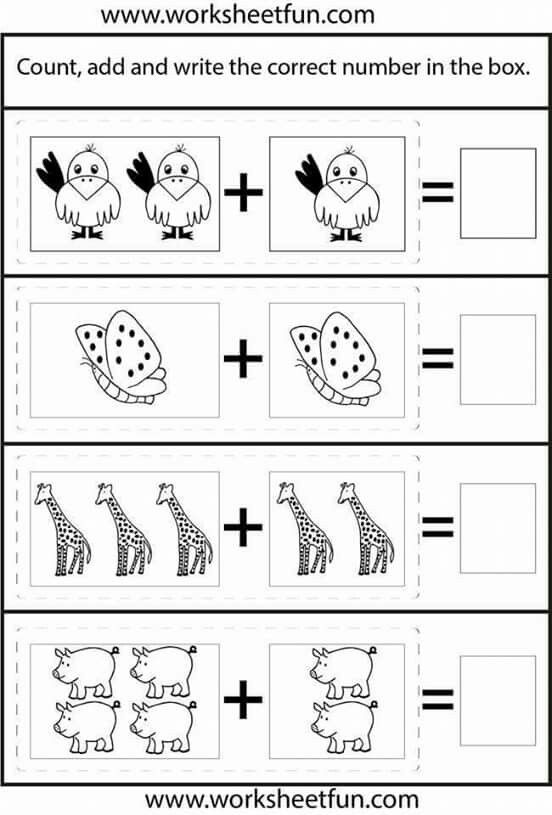
Learn more


